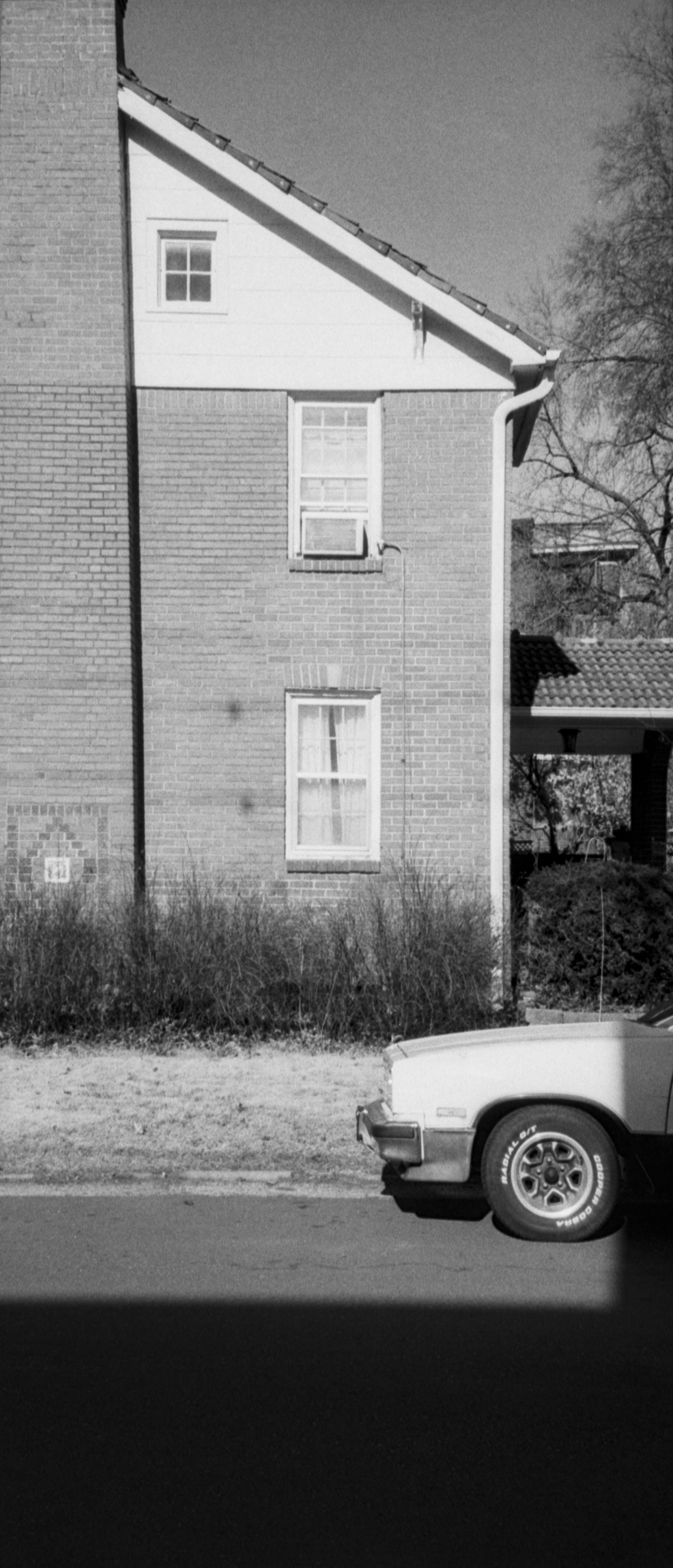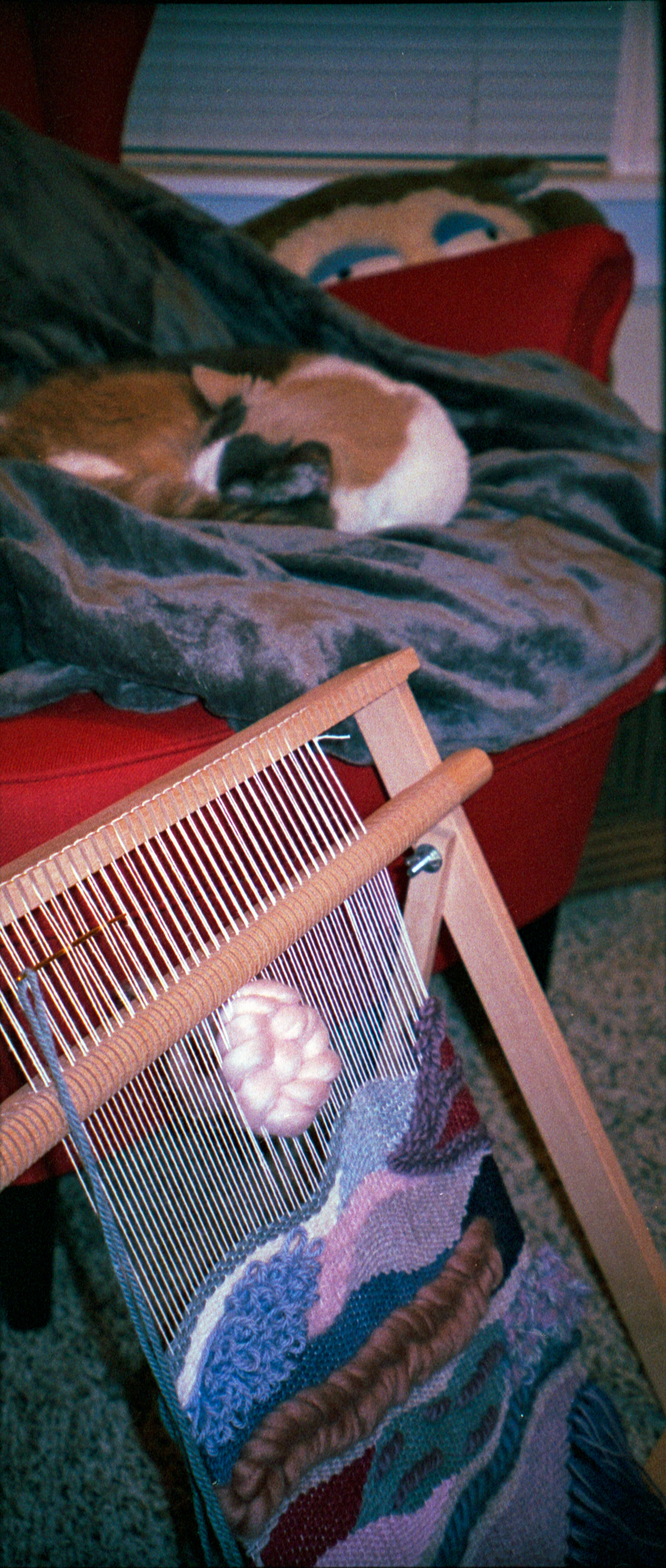by Sara Long and Anthony Gyzen
Olympus recently announced they will be ending their 84 year tenure as titans of the camera market, so I thought it might be appropriate to talk about some of my favorite Olympus products, the Stylus point and shoot cameras.
The nomenclature used for these cameras varies by region, the time they were released, and their features. In some countries they are called Mju but here in the states, most are called Stylus or Stylus Epic.
These cameras were marketed towards enthusiast consumers, who wanted feature filled cameras with great optics and ease of use. My primary use with the Olympus point and shoots was capturing personal and family moments. I don’t feel like the autofocus is reliable enough to use in a professional setting.
There are a ton of different Olympus Stylus cameras with varying features, optics, and builds. The Stylus comes with either fixed focal length or a zoom lens. There are a lot more zooms to choose from, though they are less desirable. They are cheaper, thicker, and tend to have poorer optics than the fixed focal length models.
As of right now, you can get these cameras from $50-300. The more expensive and sought after models are the ones with fixed lenses, like the Infinity Stylus 35mm f/3.5, or the Mju 35mm f/2.8. The zoom models often come in the champagne color, and fixed ones tend to come in black.
I have four Olympus Stylus 35mm cameras to share with you today, and any of these cameras would be a fine entry into point and shoots. They’re all compact, have useful sets of features and good optics. They have self timer mode and built in flash. The zoom models have a pop-out flash, which can kind of get in the way, and adds another mechanical component that may fail over time. The flash on the fixed lens models, like the Infinity Stylus, is under the slide out cover.
These four cameras are completely auto-focusing, with no manual shooting options. At times, this can be frustrating, because only after developing and scanning the film you will notice that some shots were not in focus, but that’s just late 90’s autofocus technology. Not every shot will be perfect. This may not be ideal considering the cost of developing, scanning, and the film itself. If you have the means develop and scan yourself to save money, you might feel more in control of the whole photography process, but you shouldn’t expect perfection. Though we may strive for perfection in everything we do, at the end of the day we’re all only human and I’m sure you’re doing your very best. I shot 18 rolls of film with these cameras, and about 1/5 of the photos taken on these four cameras were out of focus.
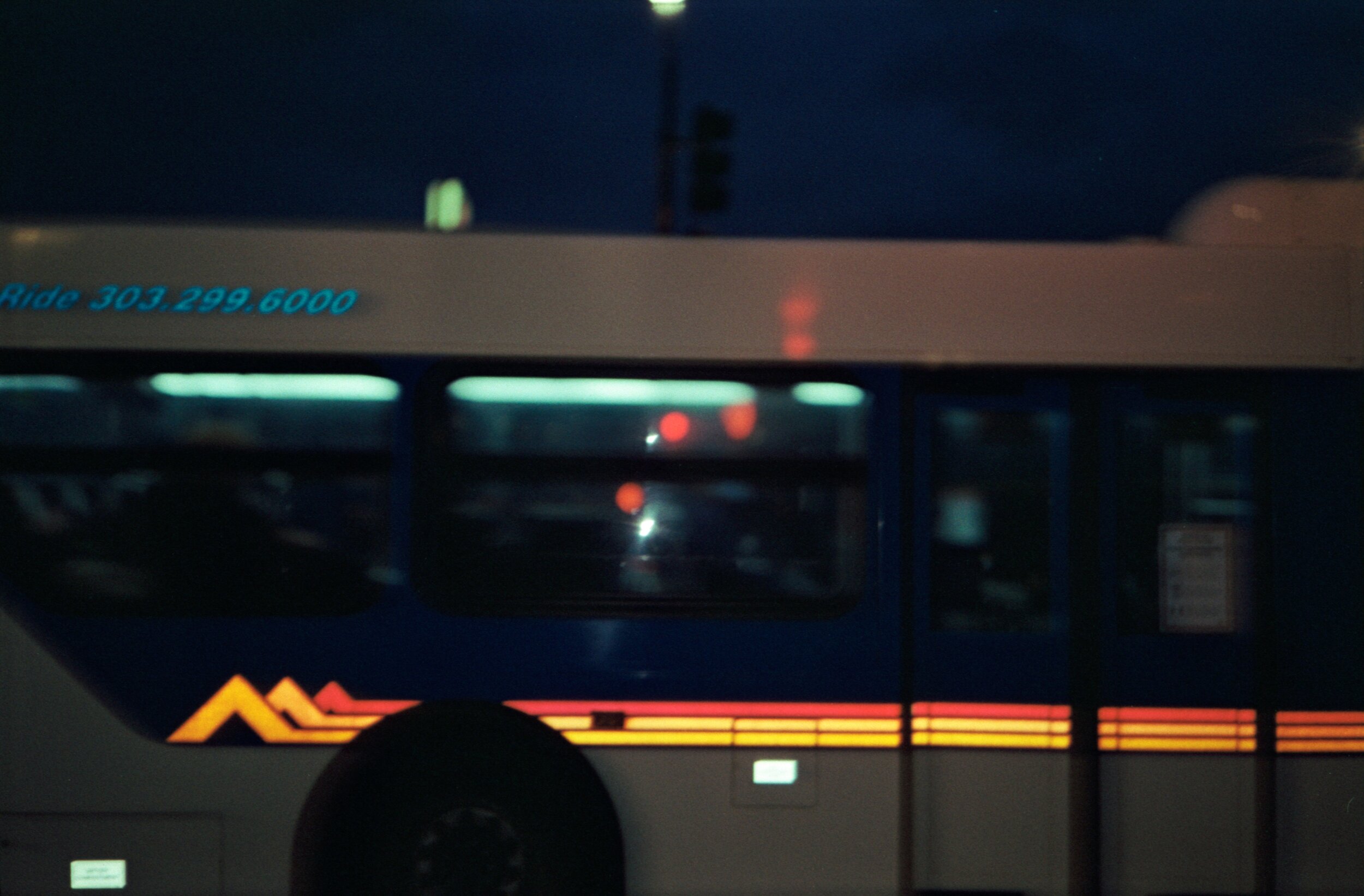
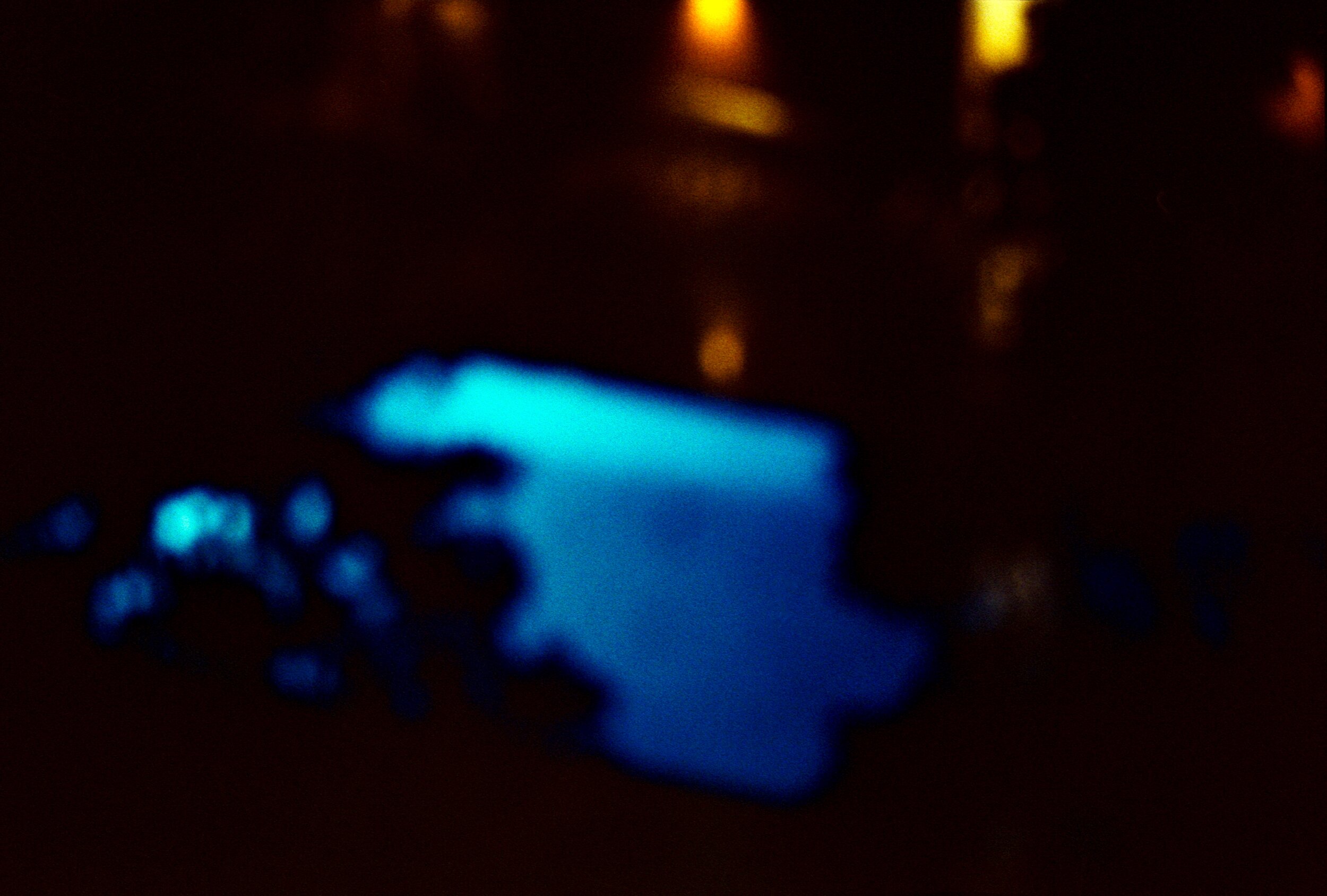
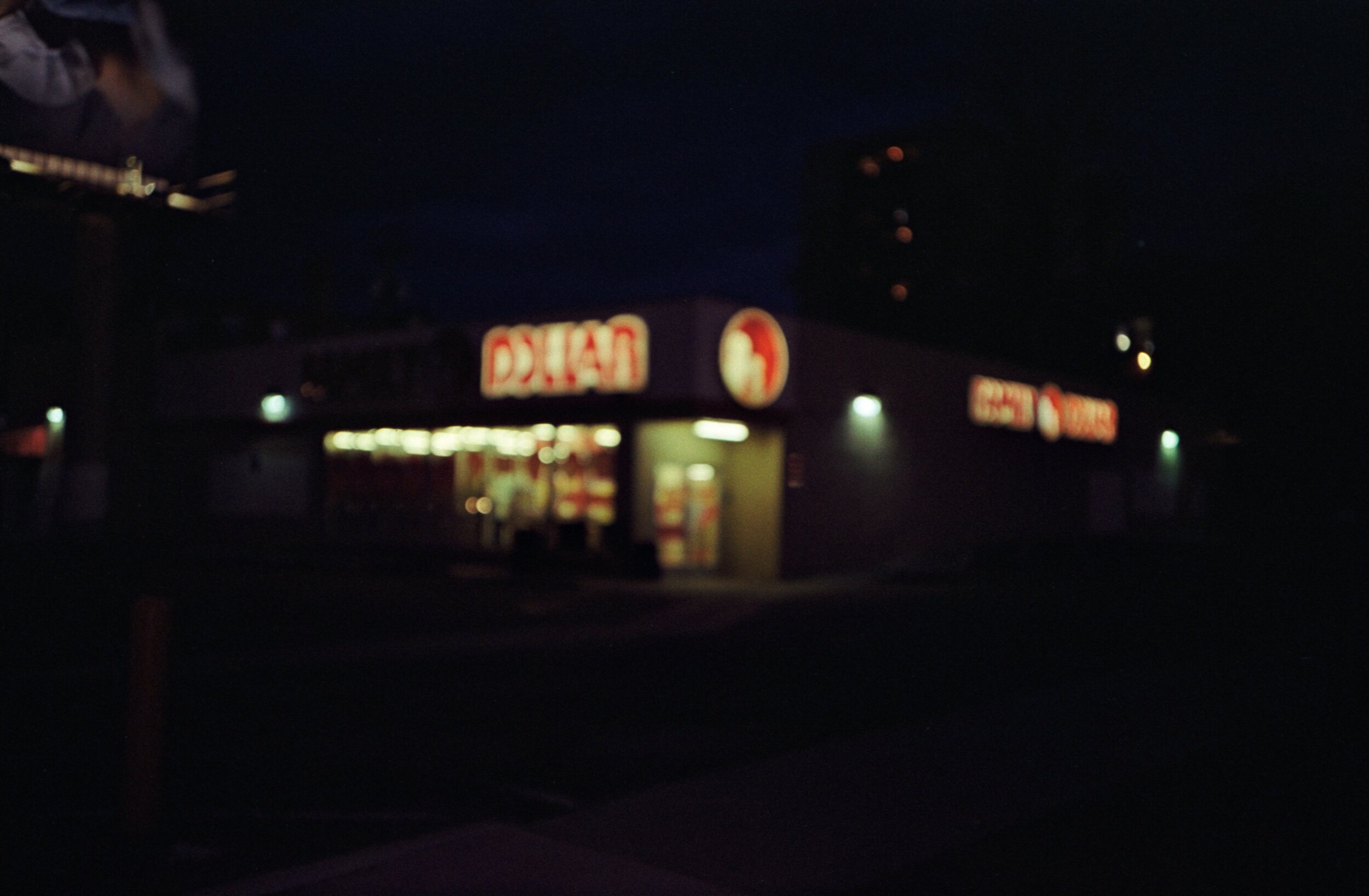
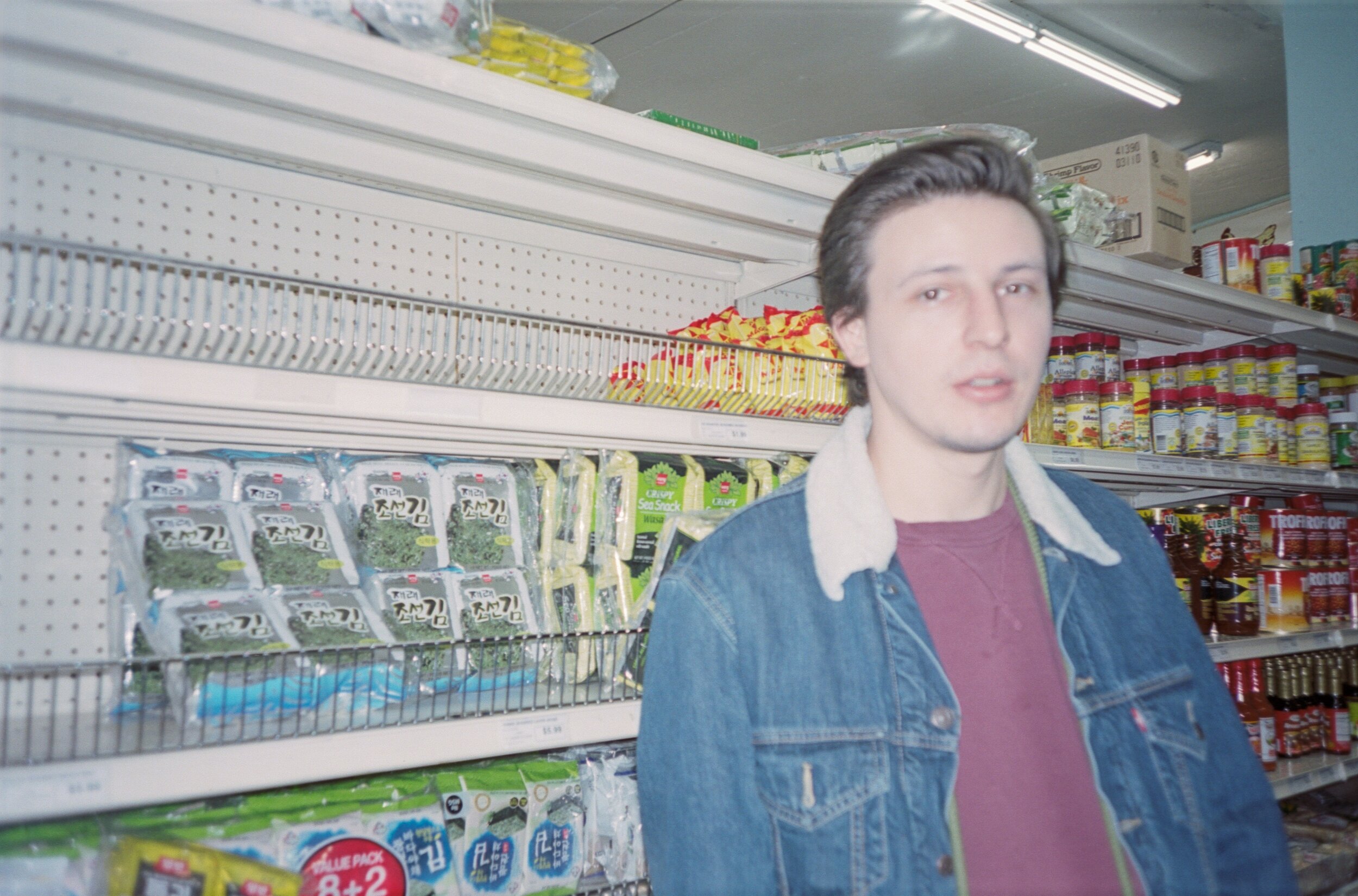
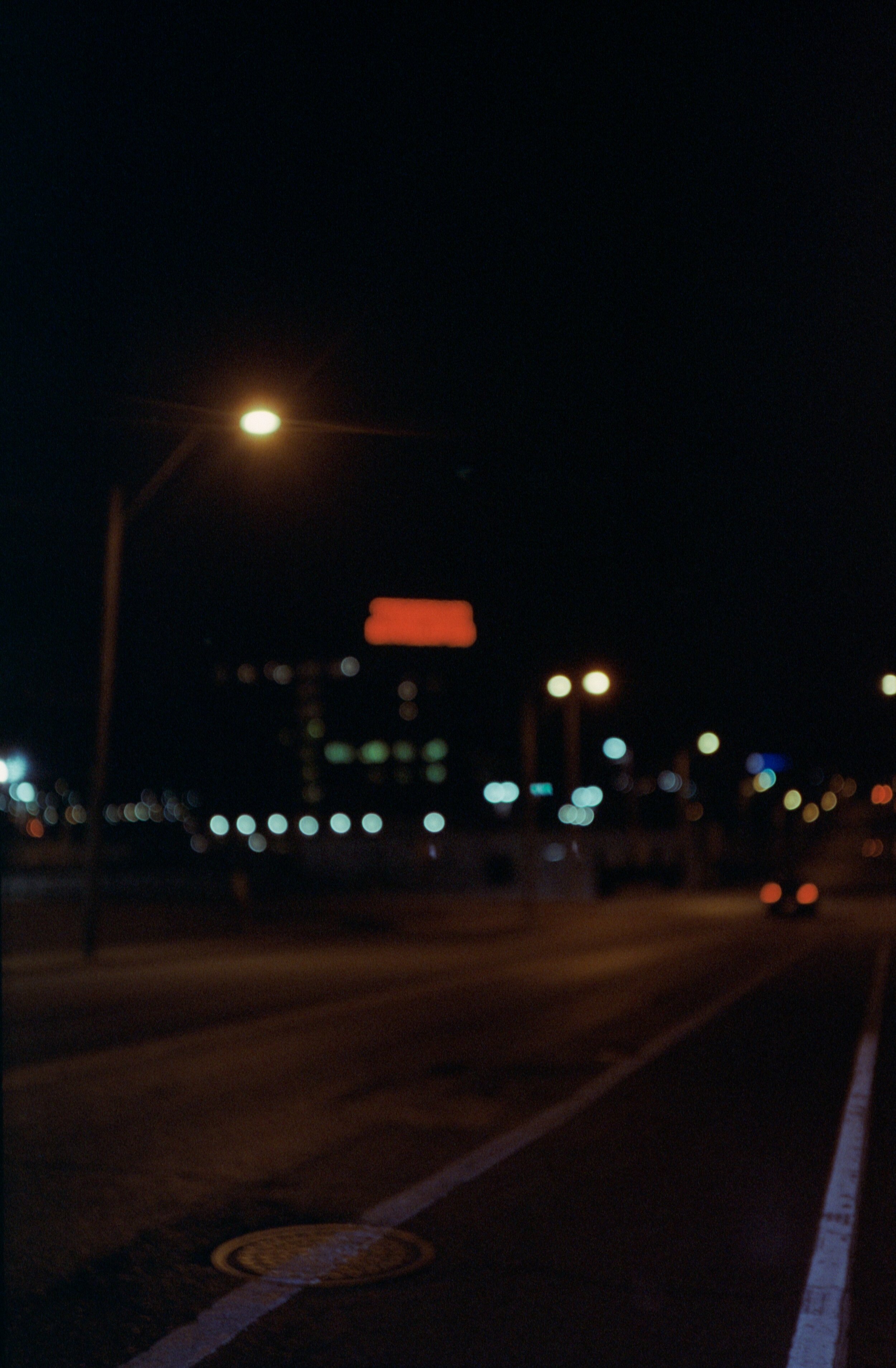

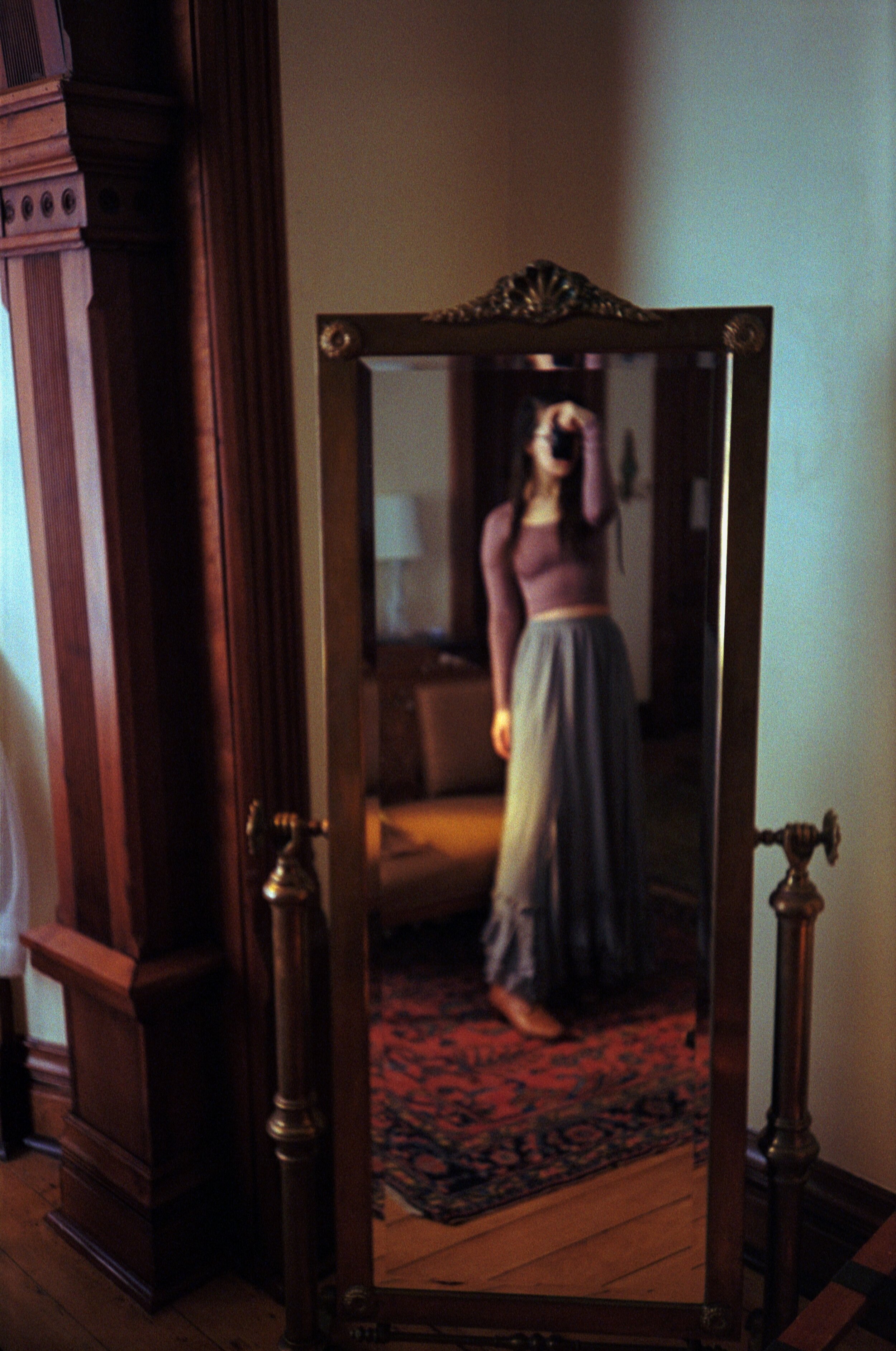
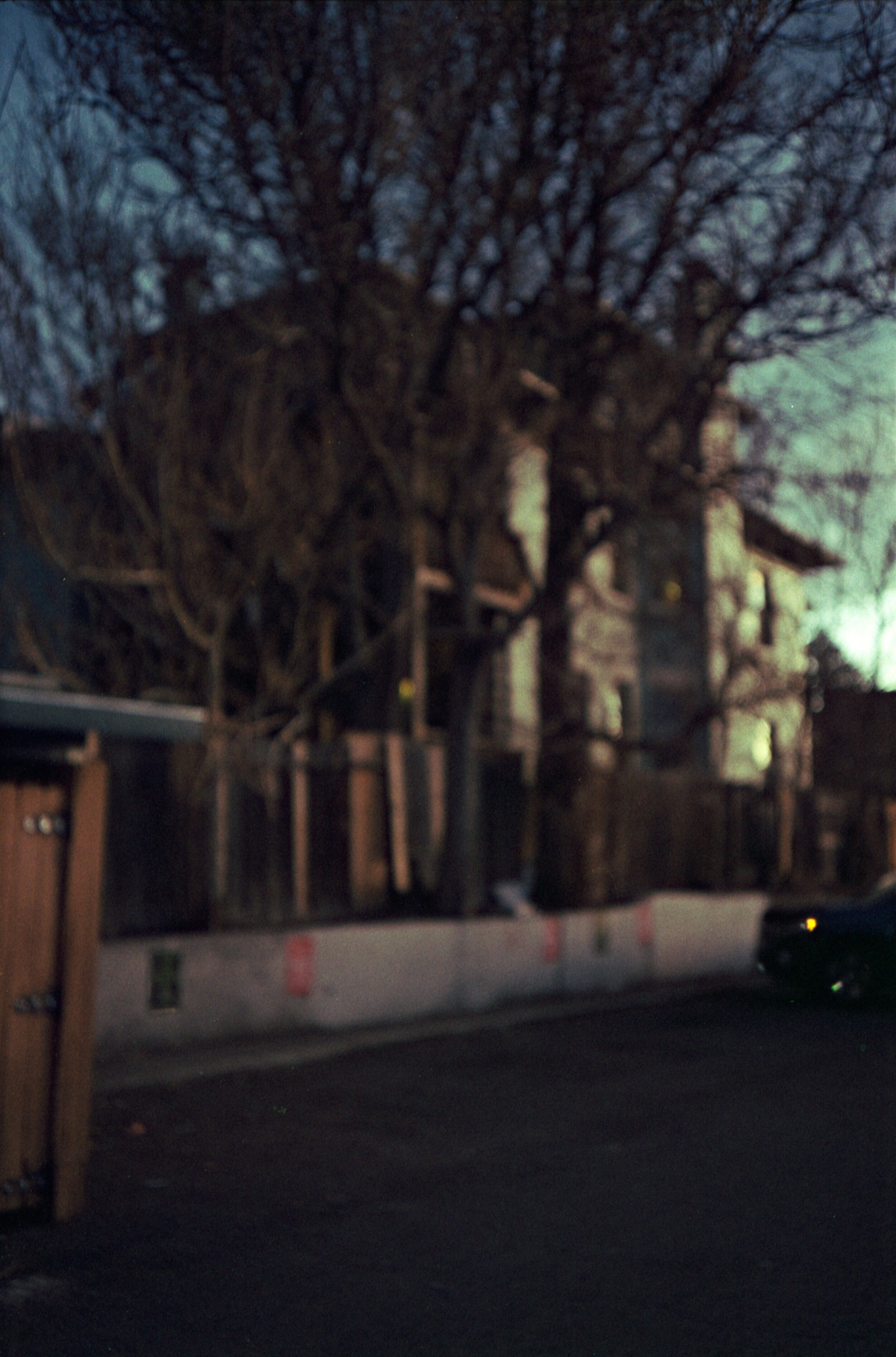


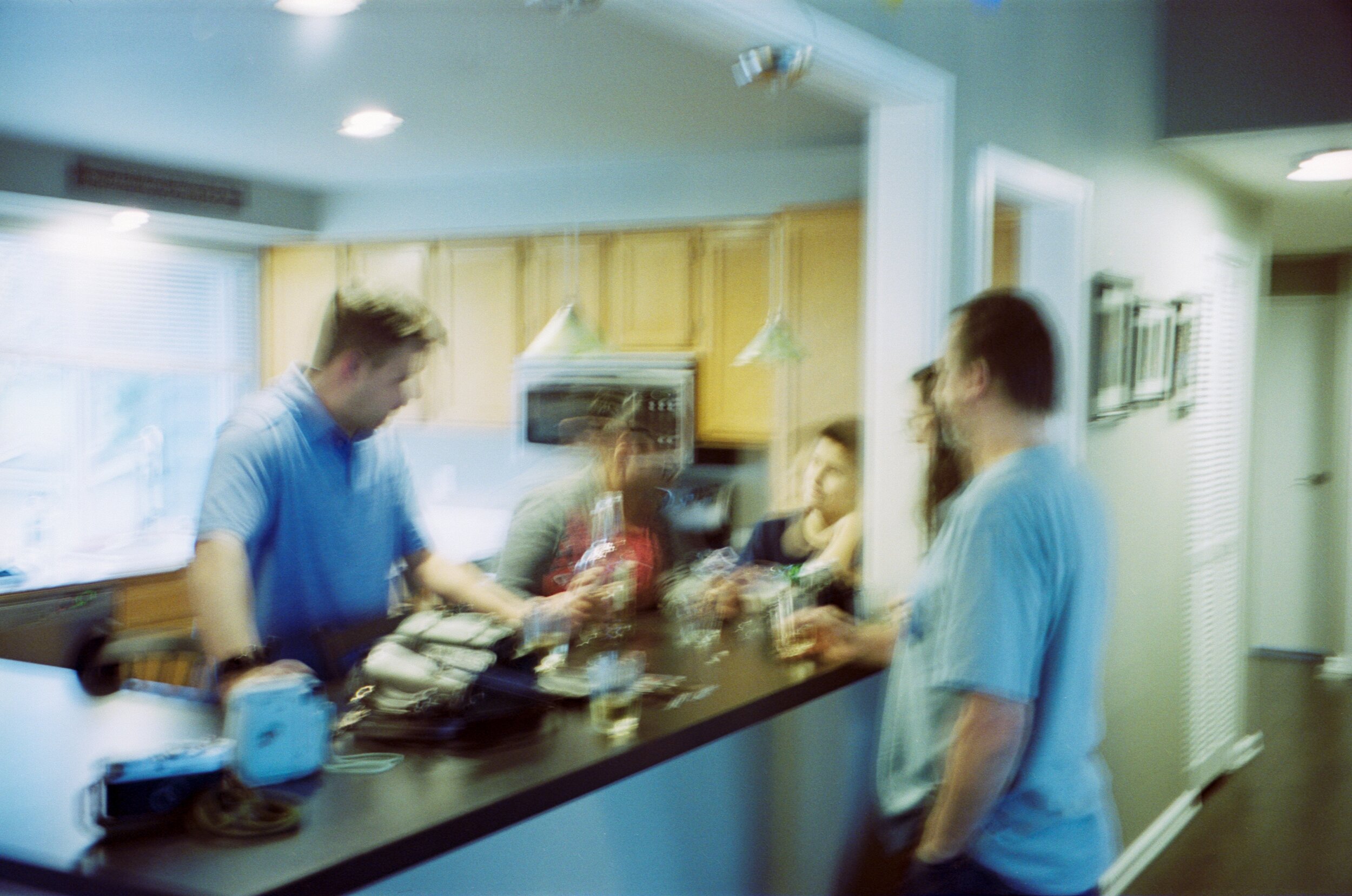
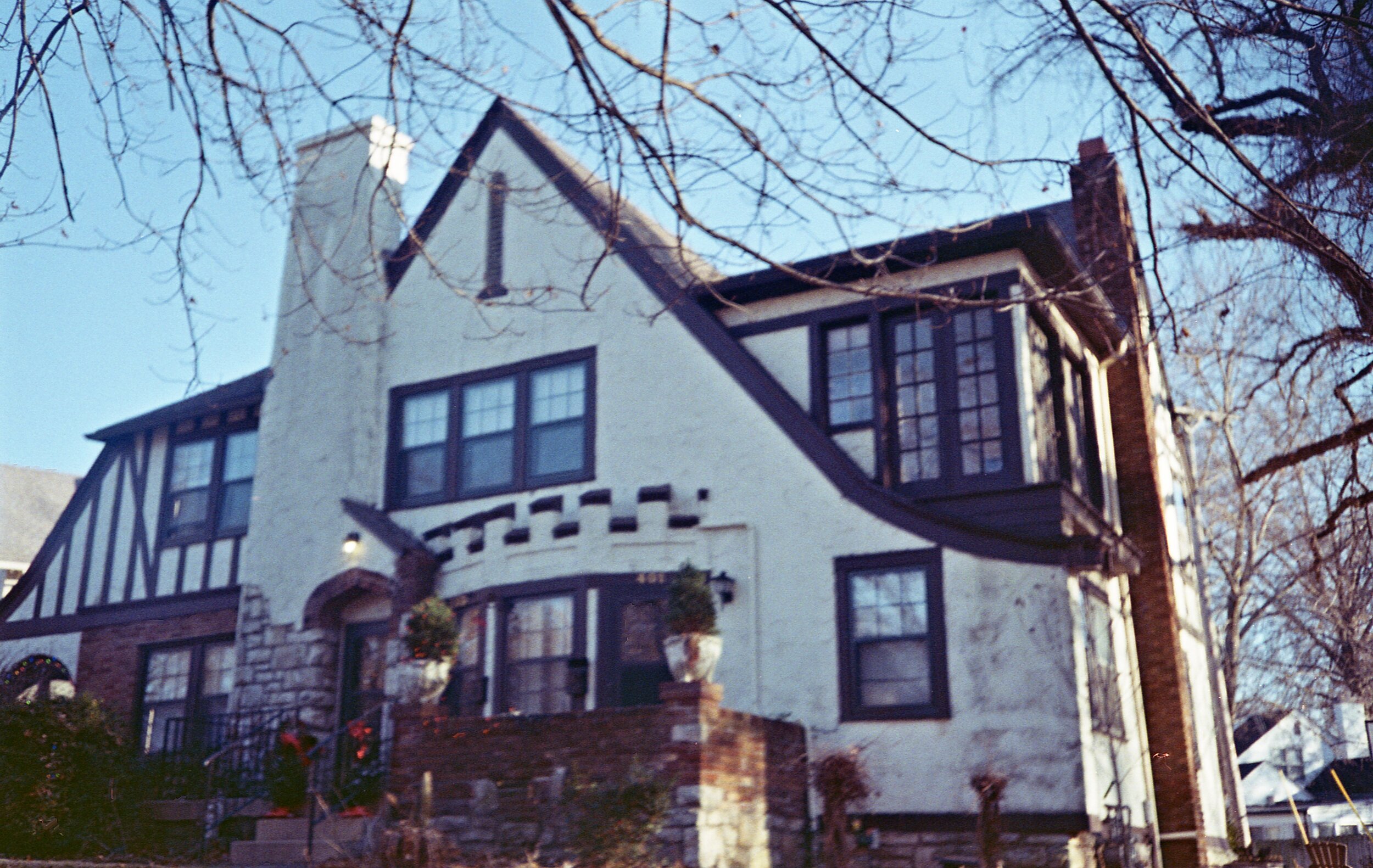

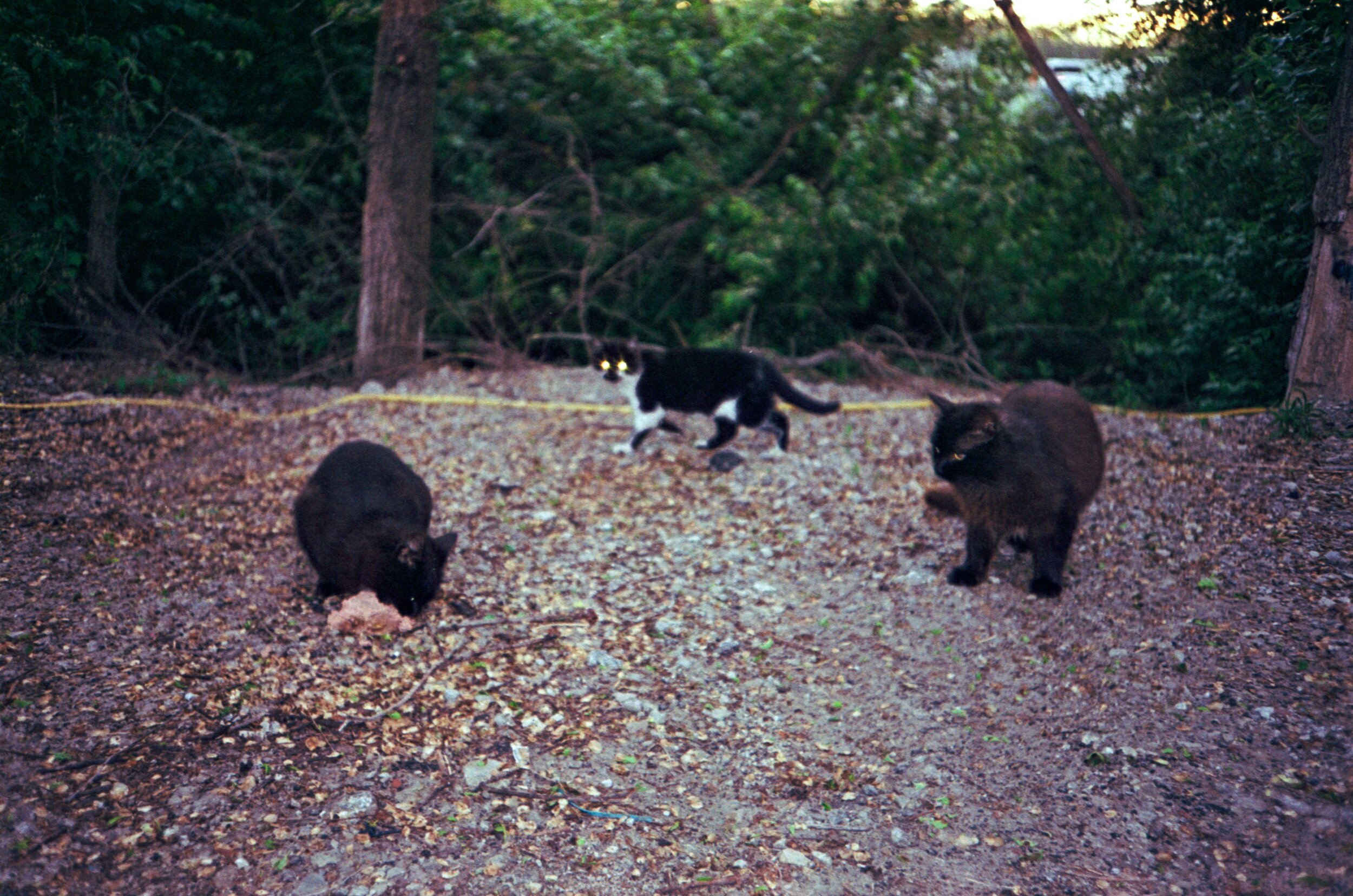
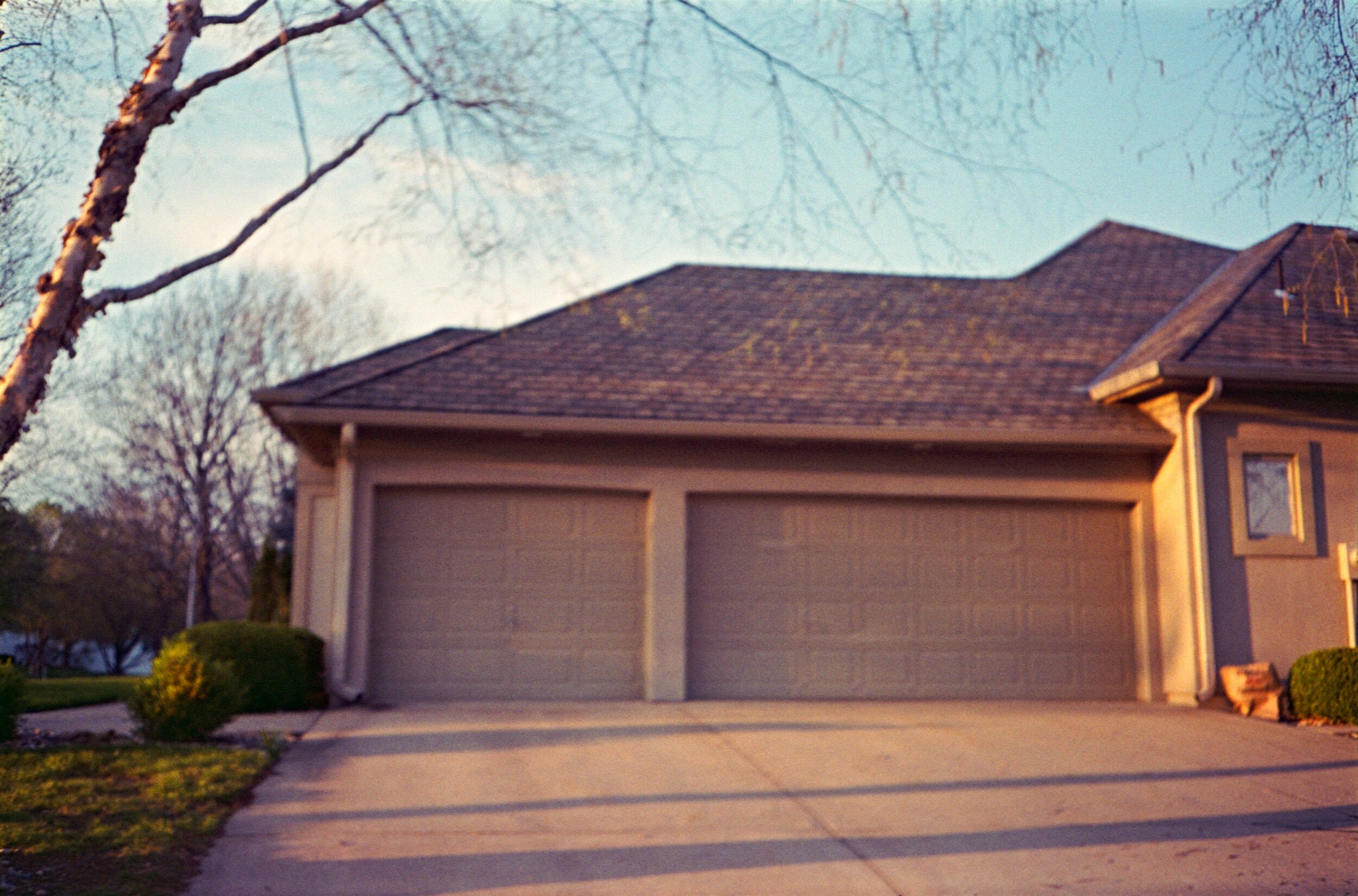
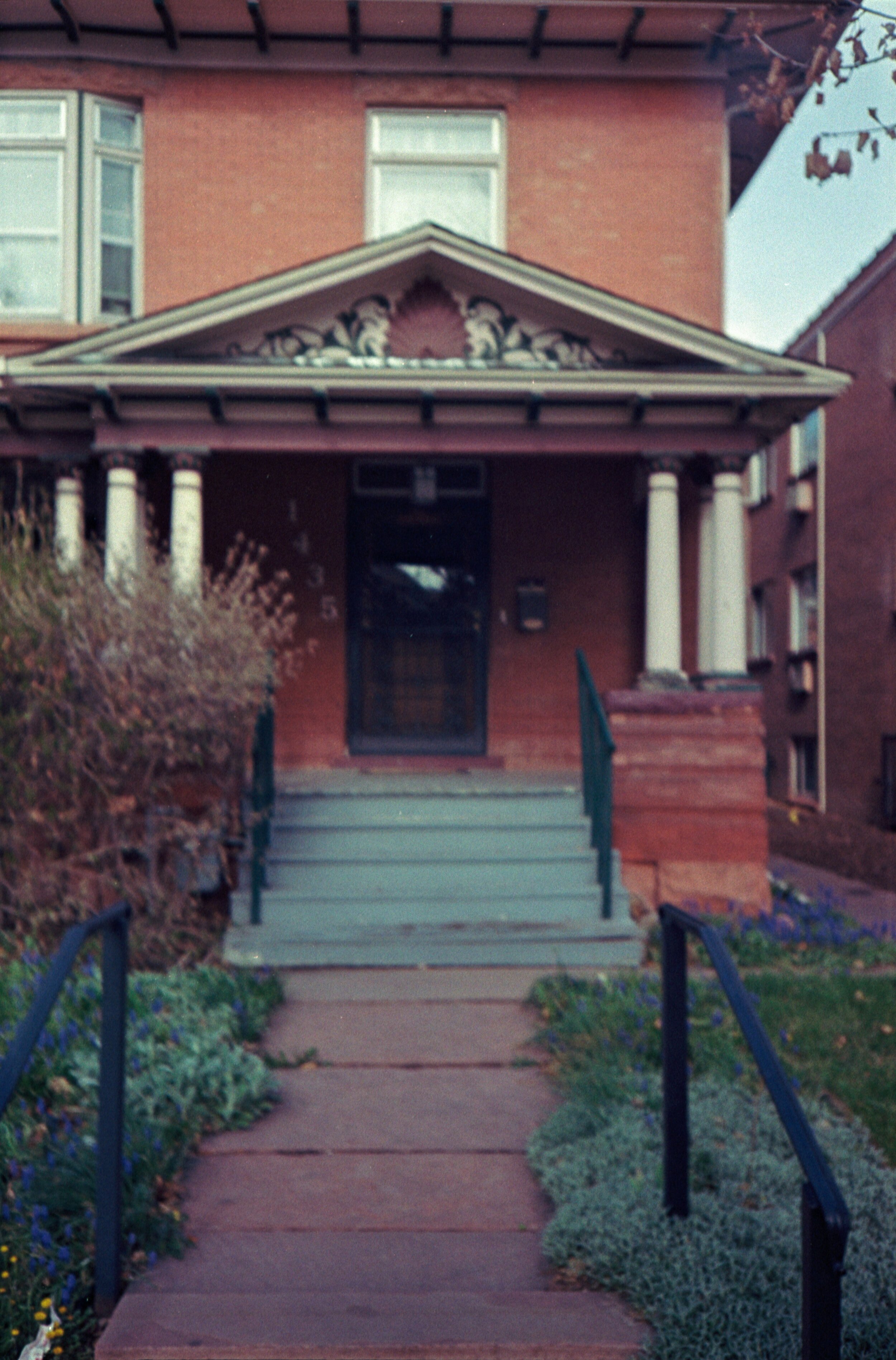
A half press of the shutter when you’re aiming at your subject can make two LED lights appear in the viewfinder. The green light will appear when your subject is in focus, and the orange light indicates that flash will be used.
It’s relatively easy to load a roll of film in these cameras, and if you do it wrong, the LCD display will let you know you need to reload. Once you’ve finished shooting a roll of film, the camera will automatically start to rewind for you.
All of these cameras can read DX coded film canisters at speeds 100, 200, 400, 800, 1600, and 3200. They all have a basic LCD display that frame count, flash settings, and the mode it is in.
In all four of these models, I find that the viewfinder is too small. Sometimes when I quickly bring the camera up to my eye, I’ll struggle to find the viewfinder, spending too much time moving my eye around the back of the camera. I will say that the viewfinders are all generally bright and clear.
To begin, here is the Olympus Stylus Epic Zoom 115 Deluxe with zoom lens 38-115mm f/4.5-9.7. The max aperture isn’t very large at 4.5, so you may need to use flash more than you’d expect. The fastest shutter speed is 1/500th of a second and the slowest is 4 seconds. It has an all-weather sealed body, quartz date and mode features such as landscape, close up, etc. as well as faux panoramic mode—not like a Hasselblad X-pan style panoramic, it’s actually just a standard 35mm frame with the top and bottom 1/5ths cut off. It’s pointless, you could just crop it yourself for the same effect. I don’t recommend buying this. It’s 8.7oz.

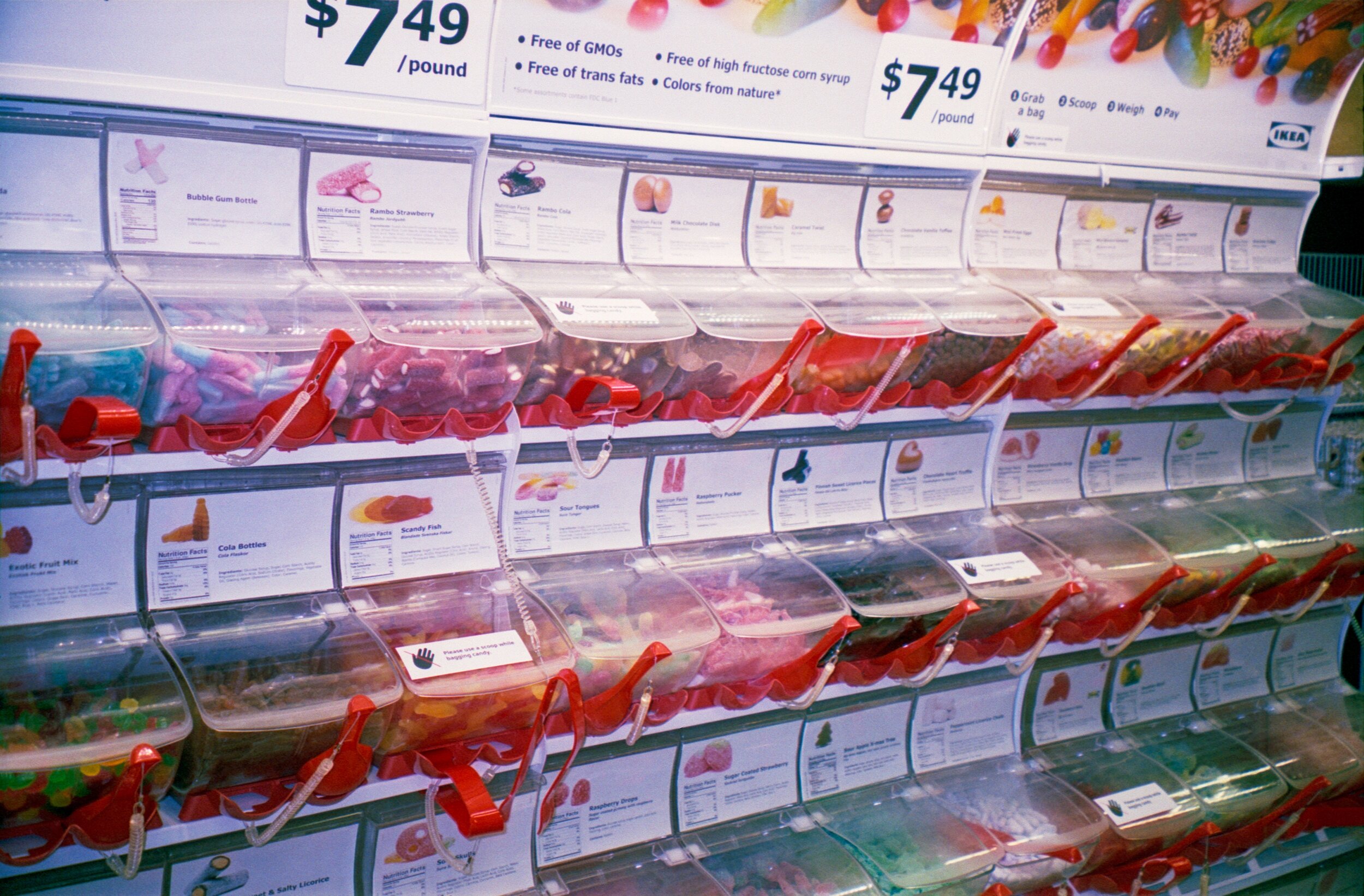
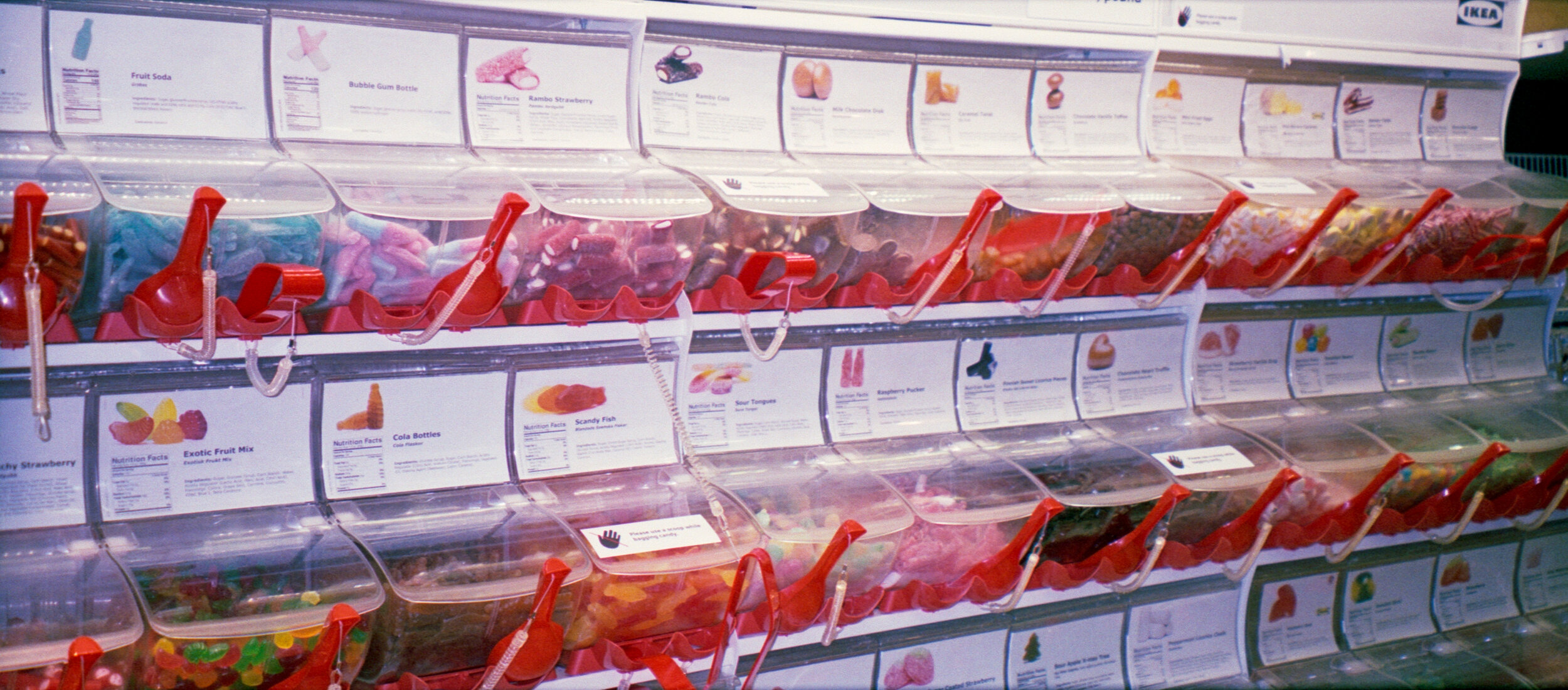
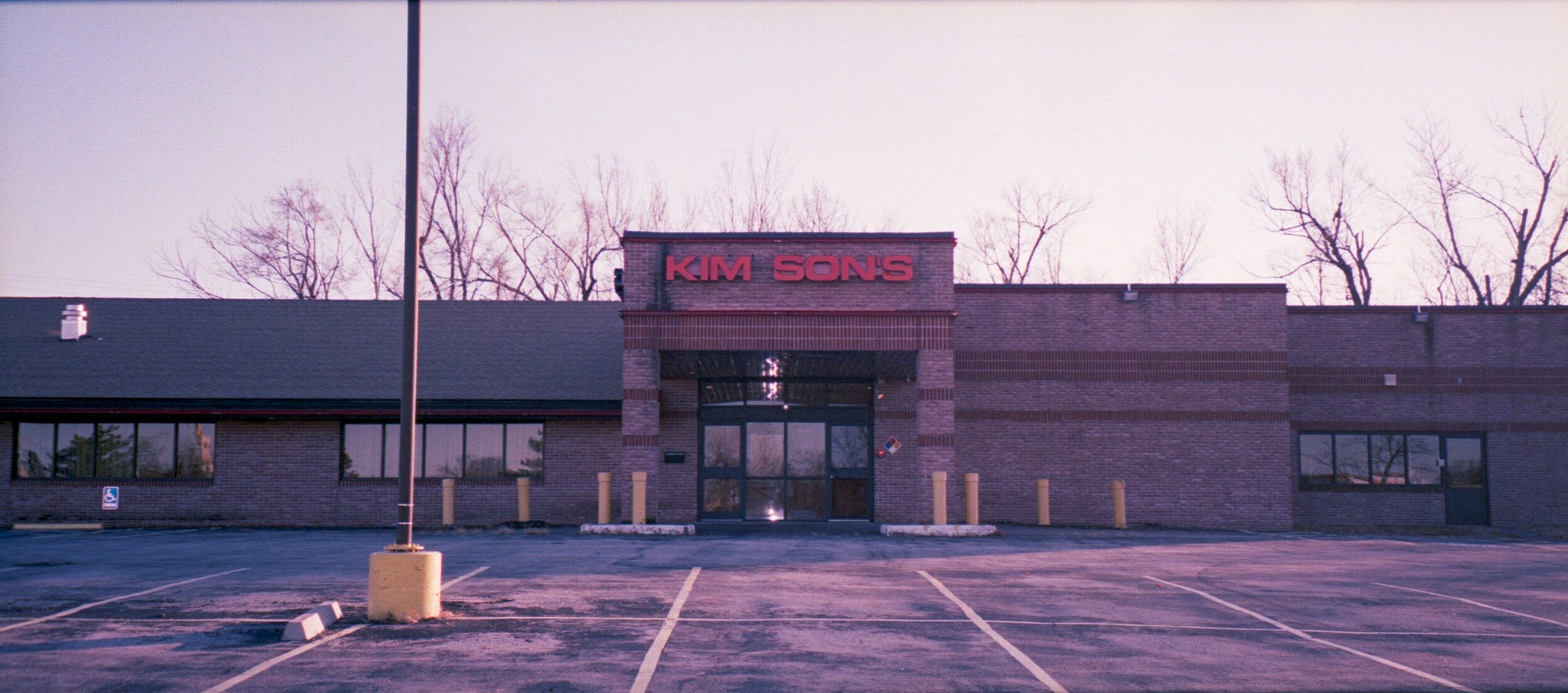
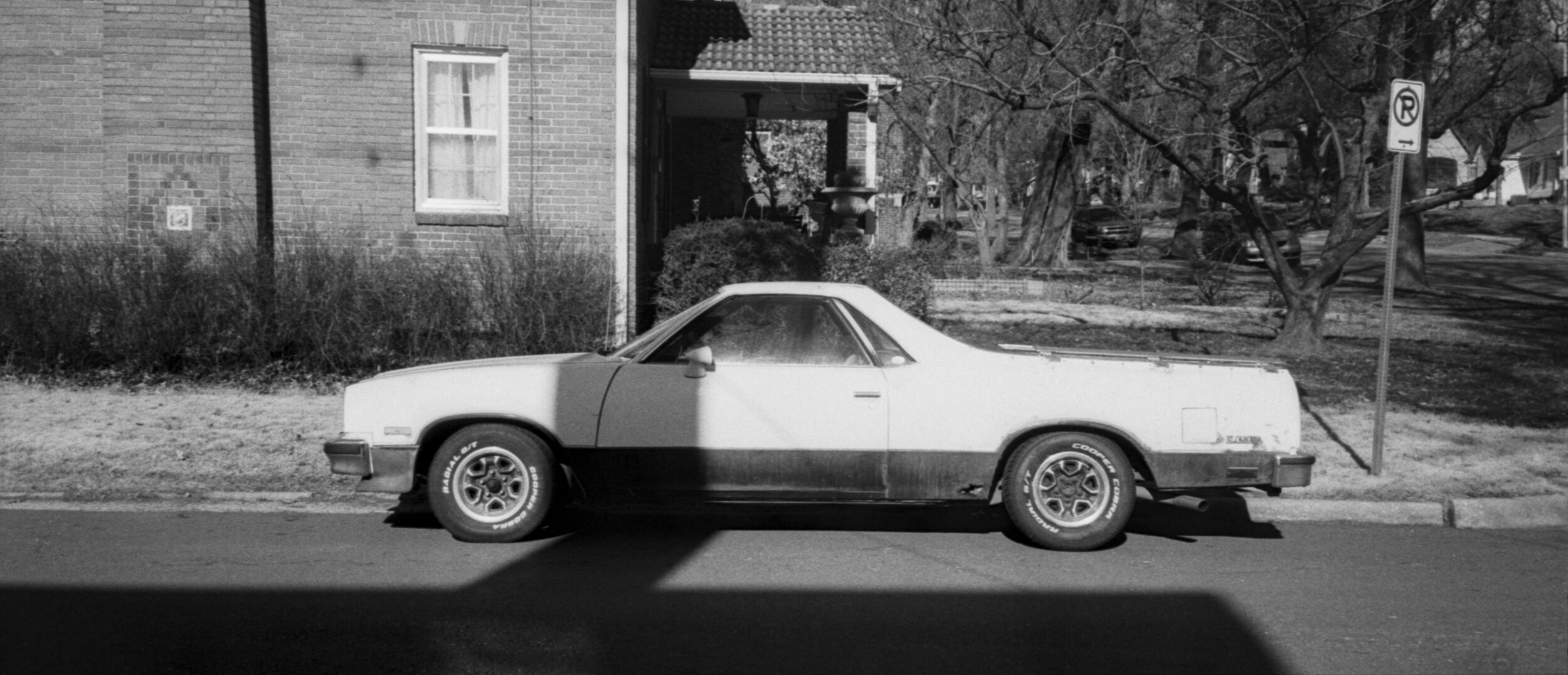
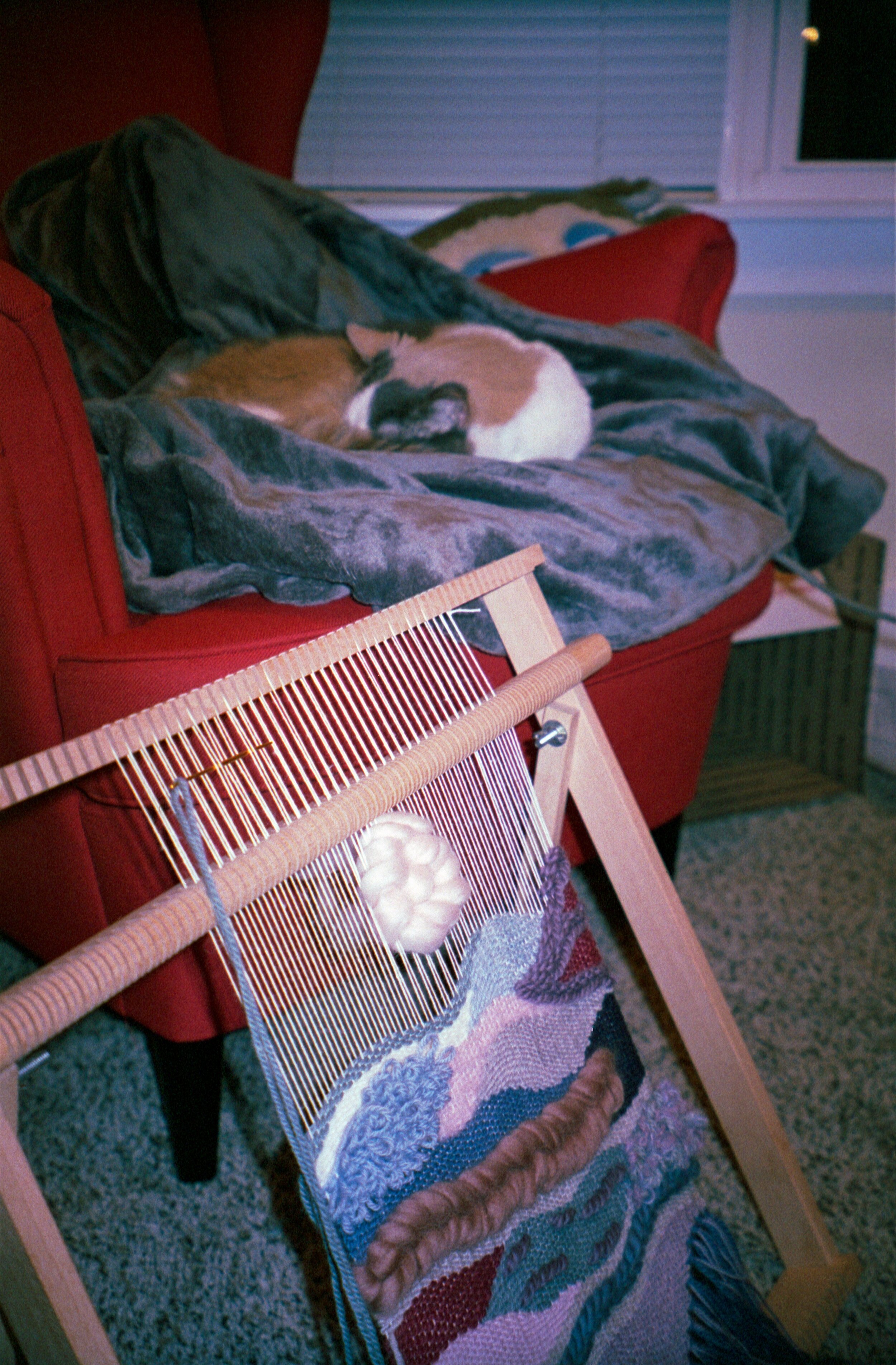
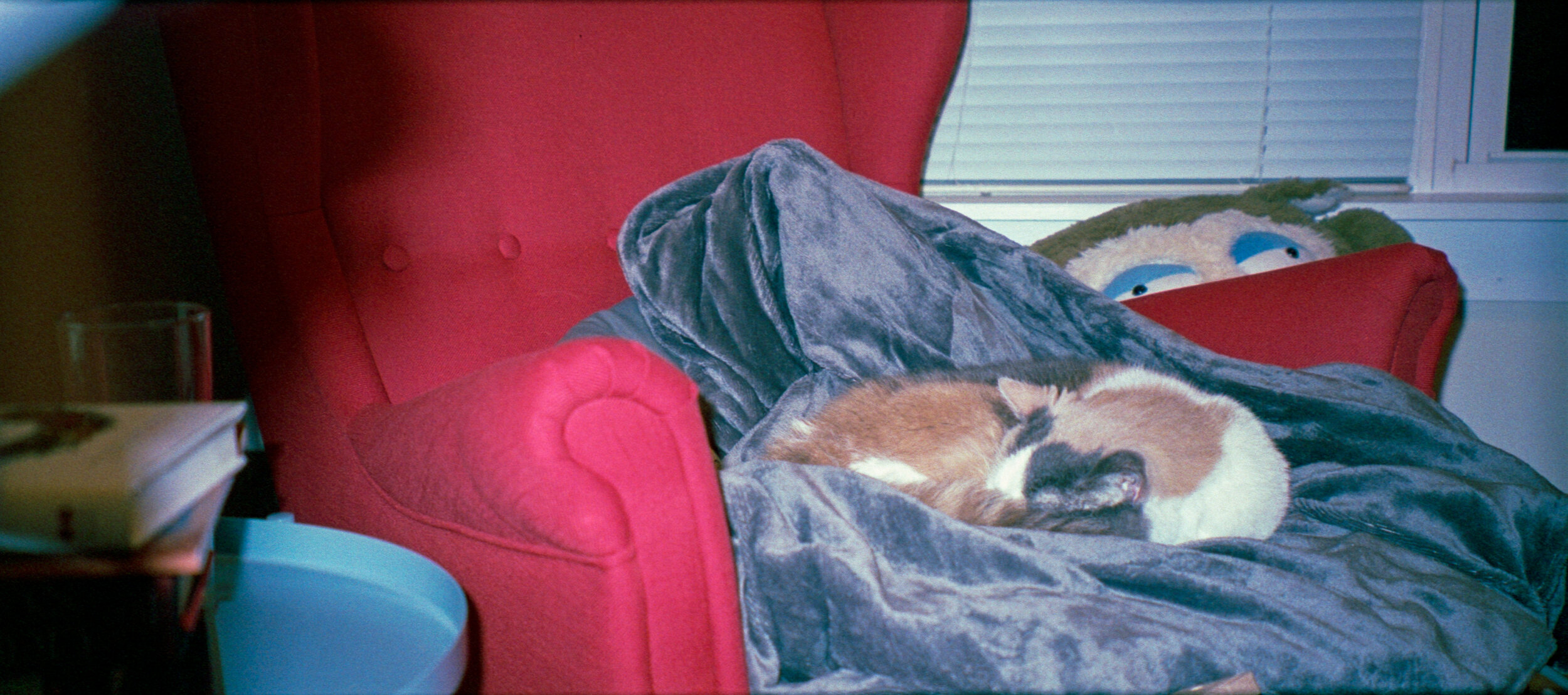


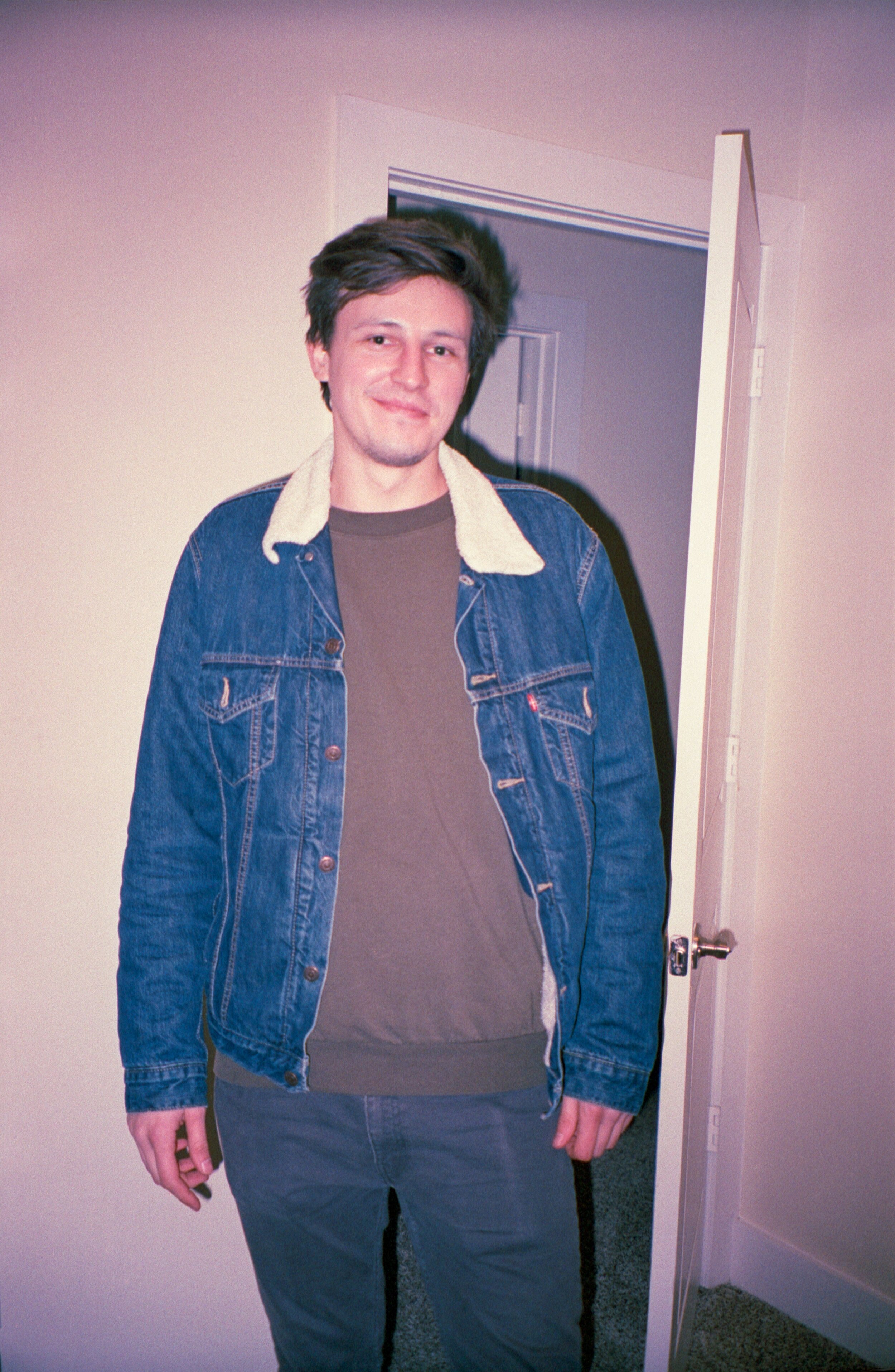
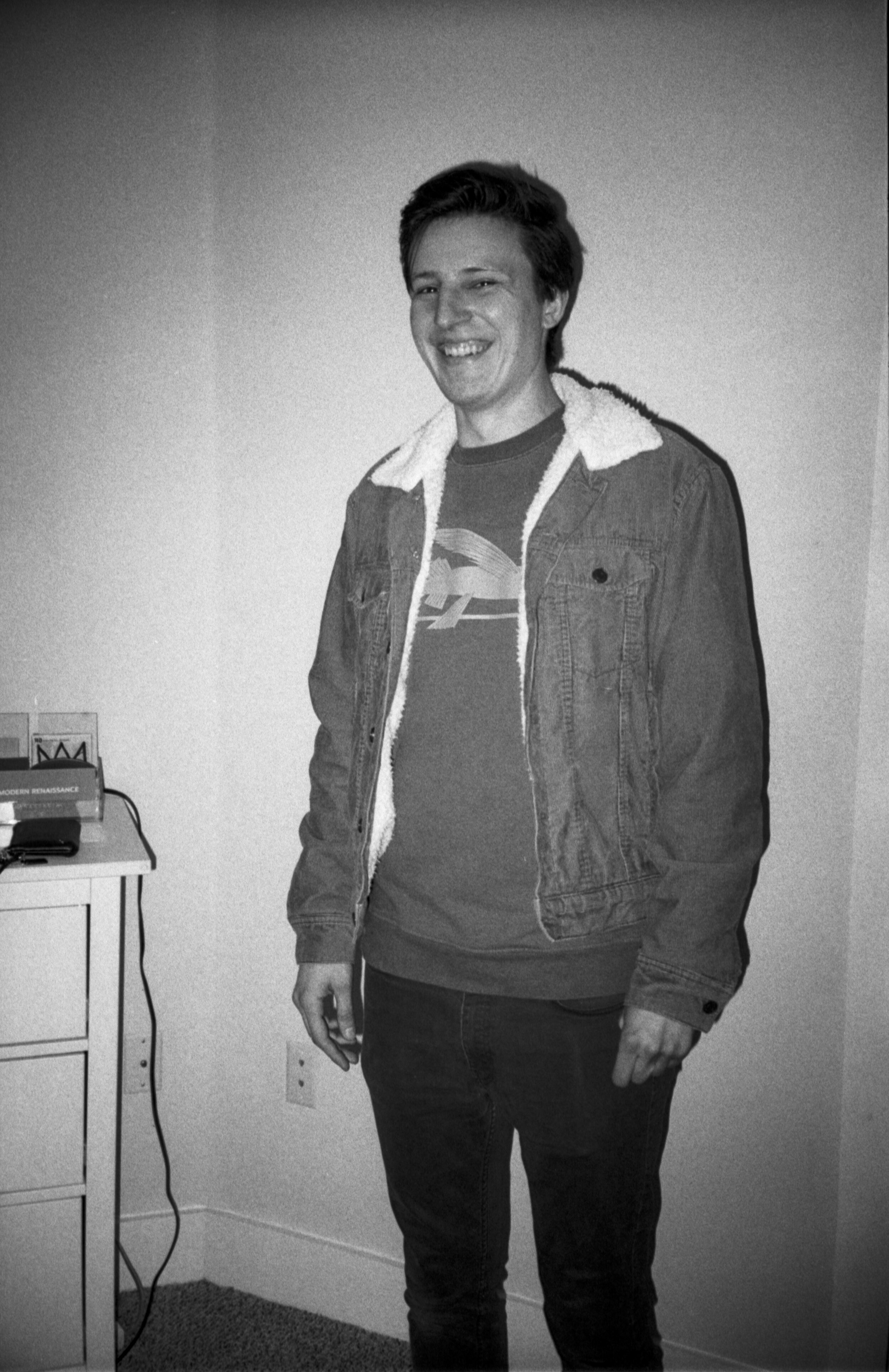
Next we have the Olympus Stylus 150 with 37.5-150mm Zoom lens f5.1-13.3. The minimum aperture depends on the focal length. The shutter speed goes from 1/690ths of second to 4 seconds. This model has a camera shake indicator built in, as well as quartz date and mode feature. It has an all-weather sealed body and weighs 8.3oz.
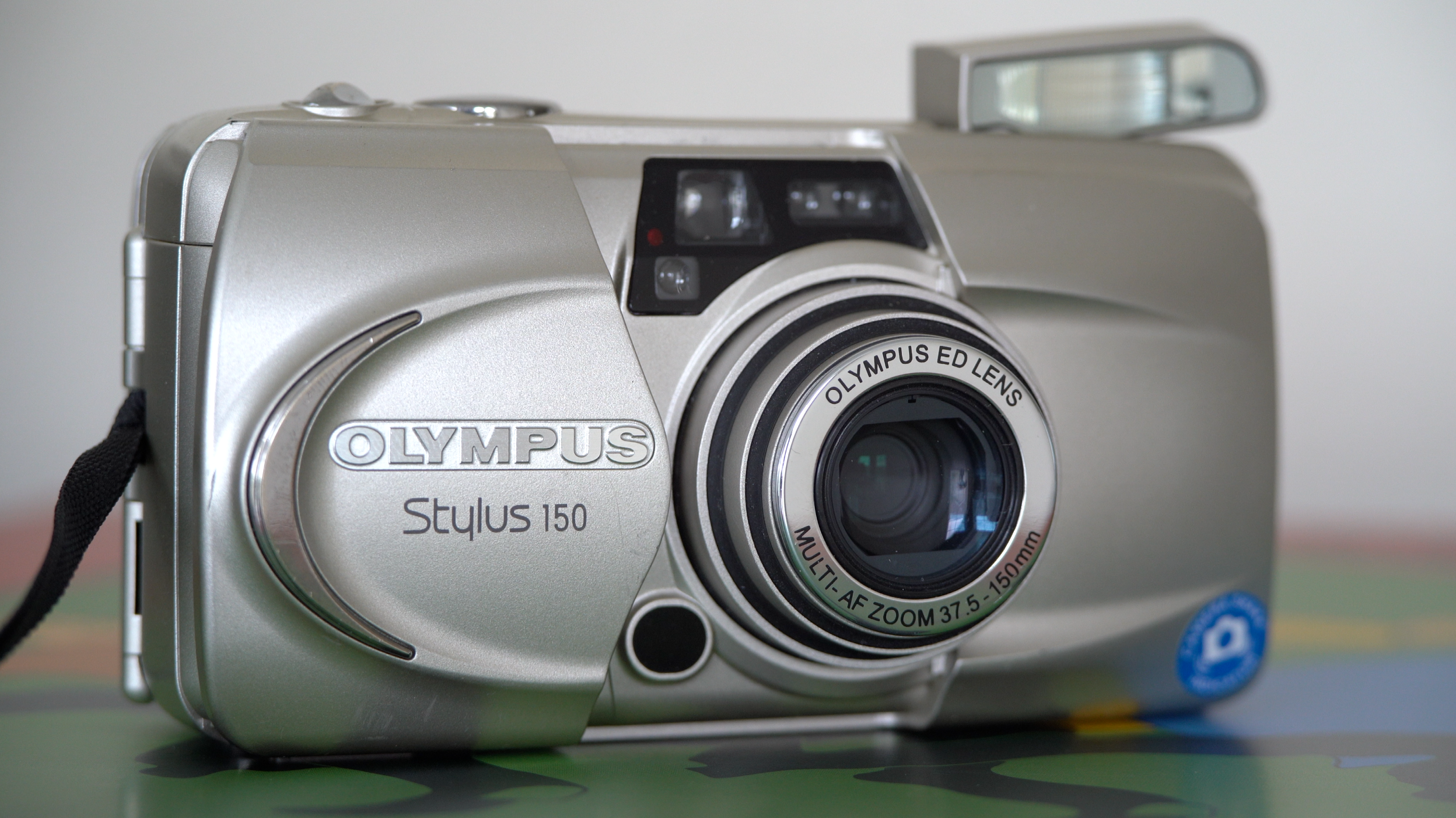

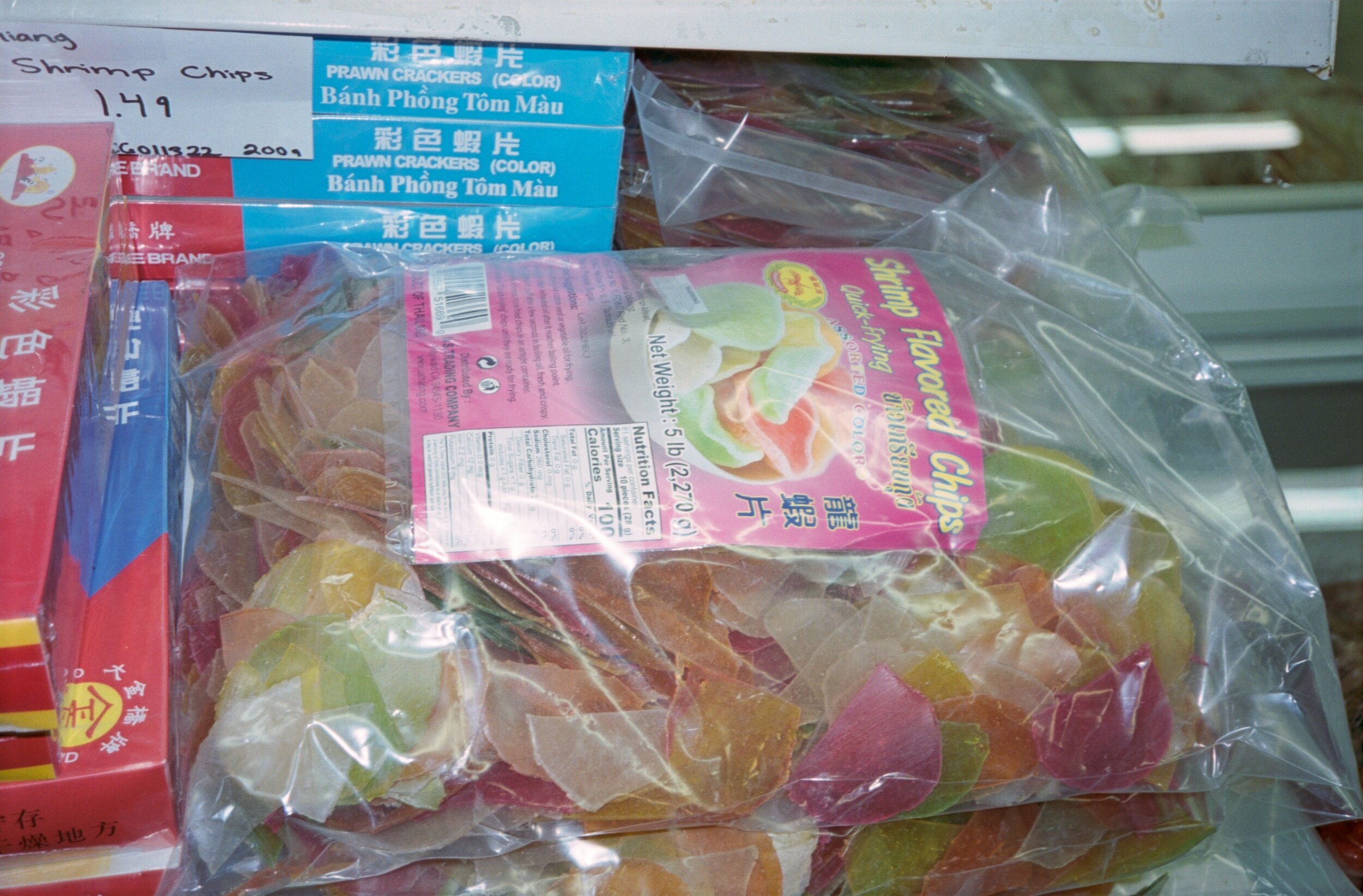
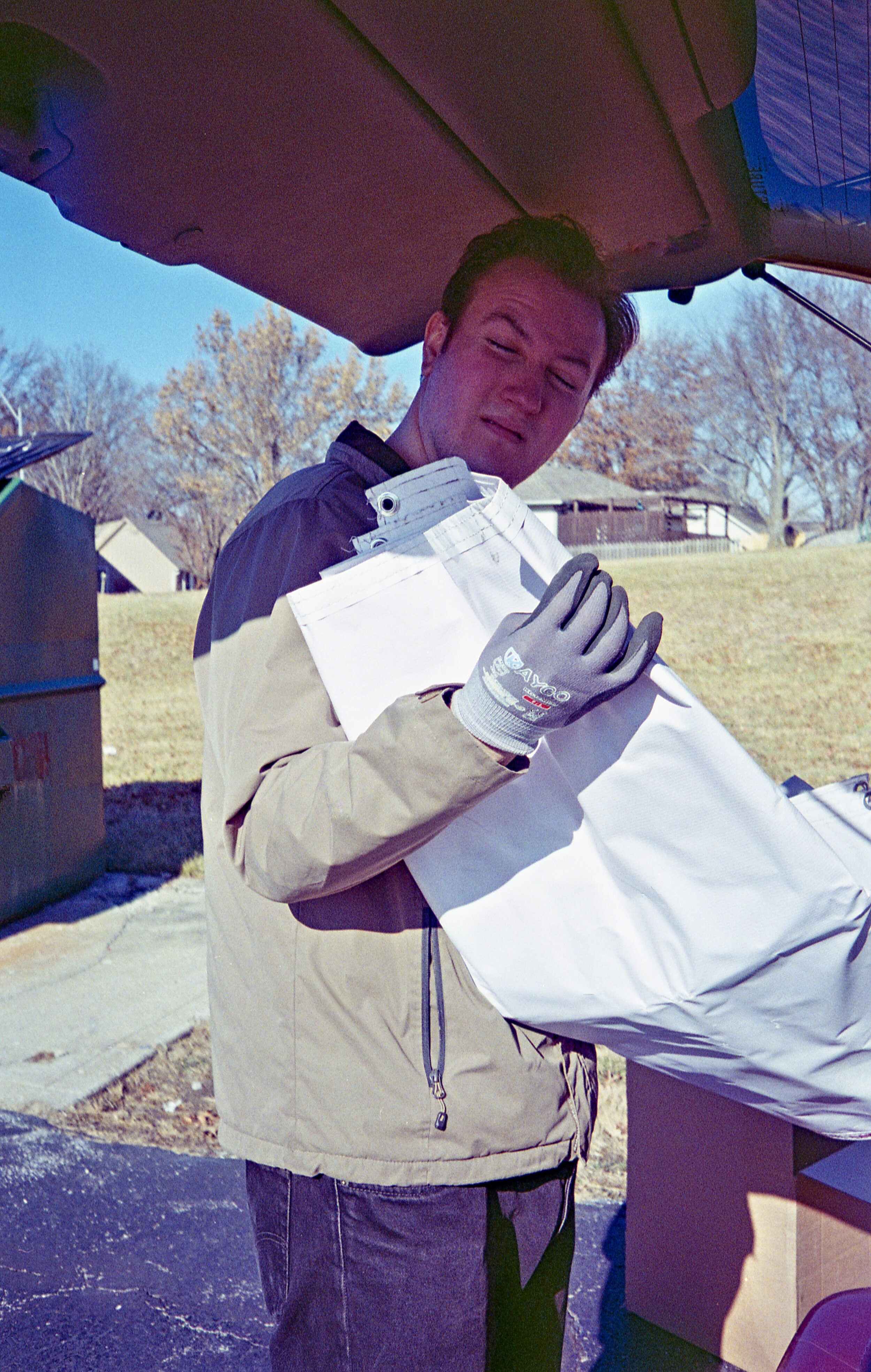
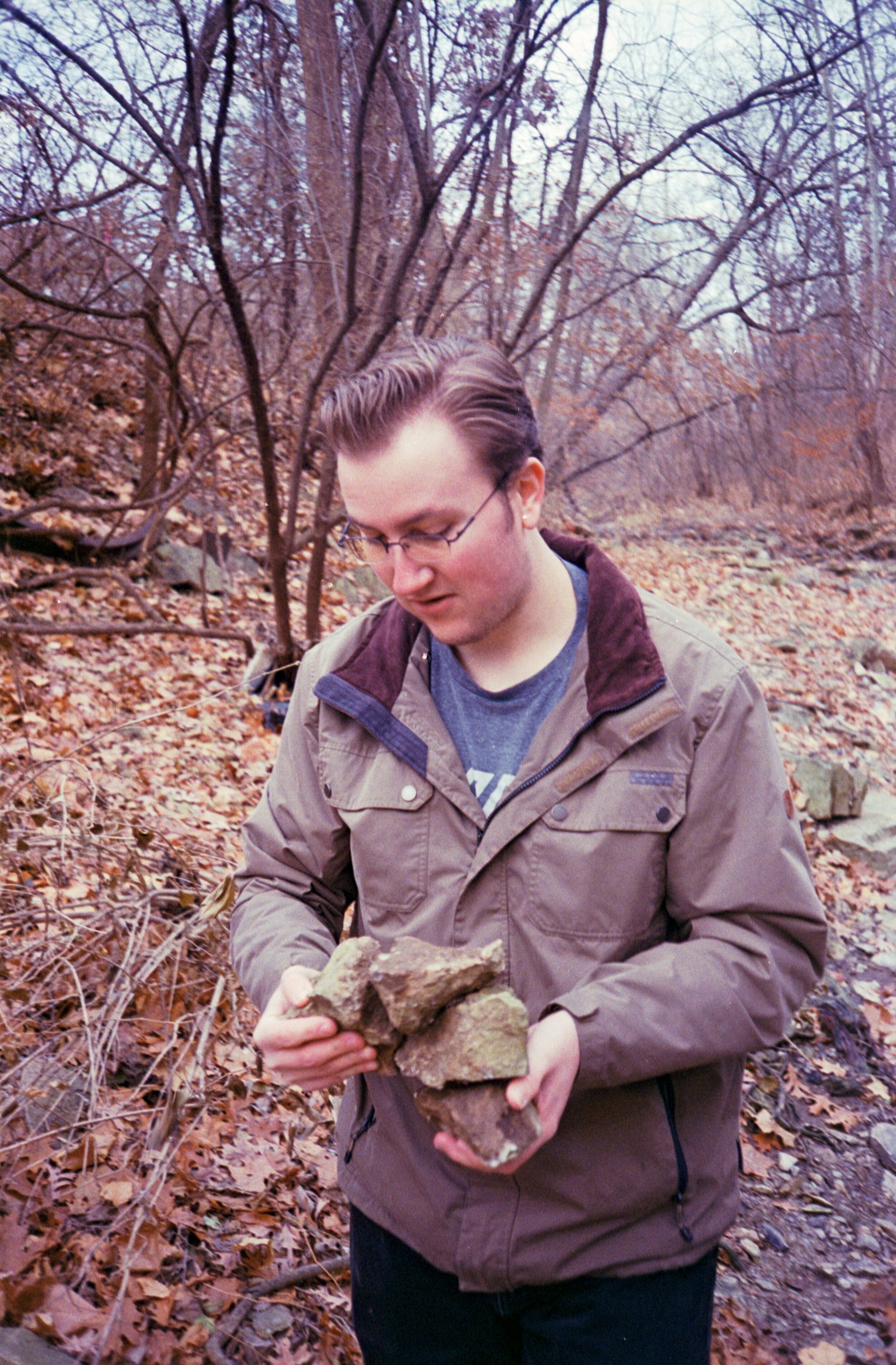

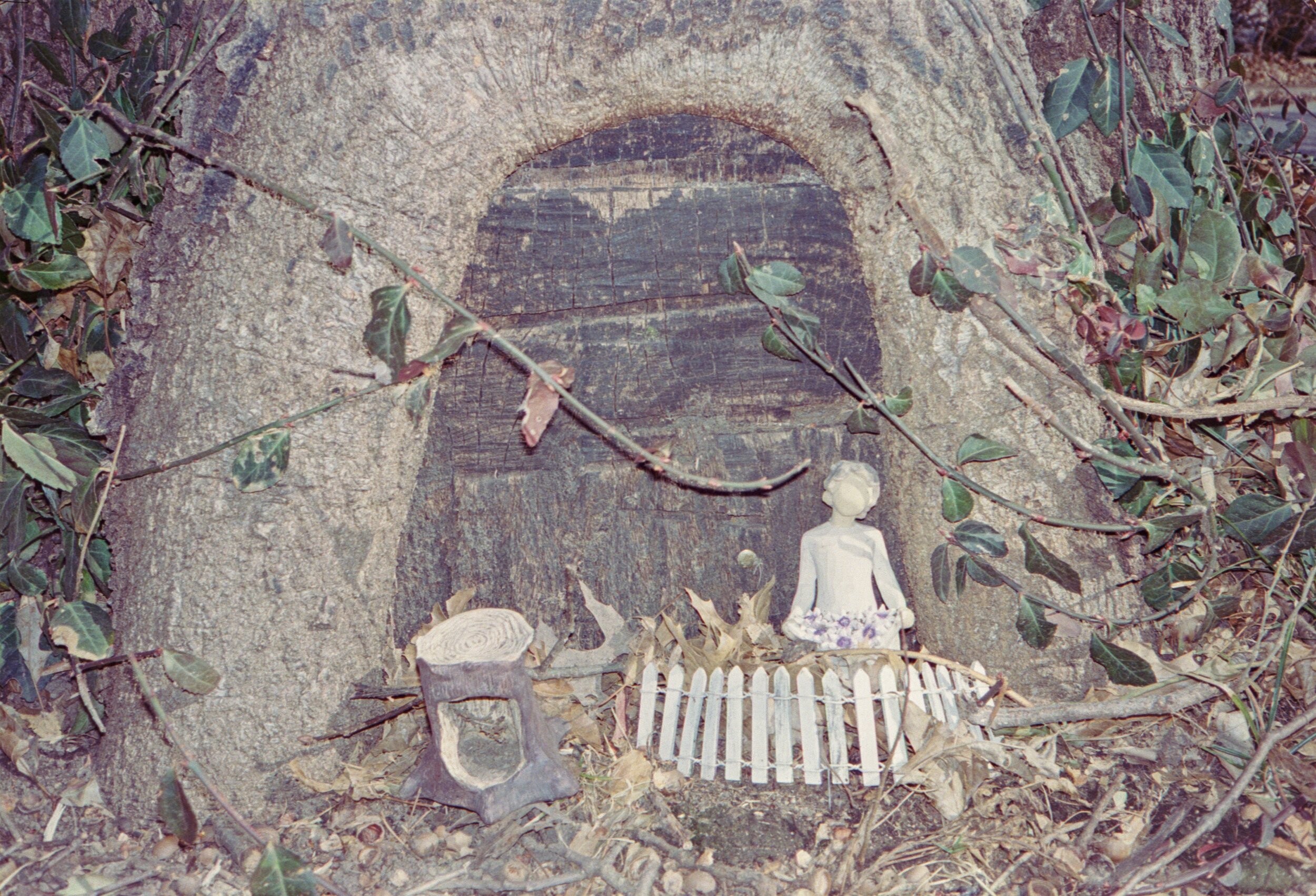
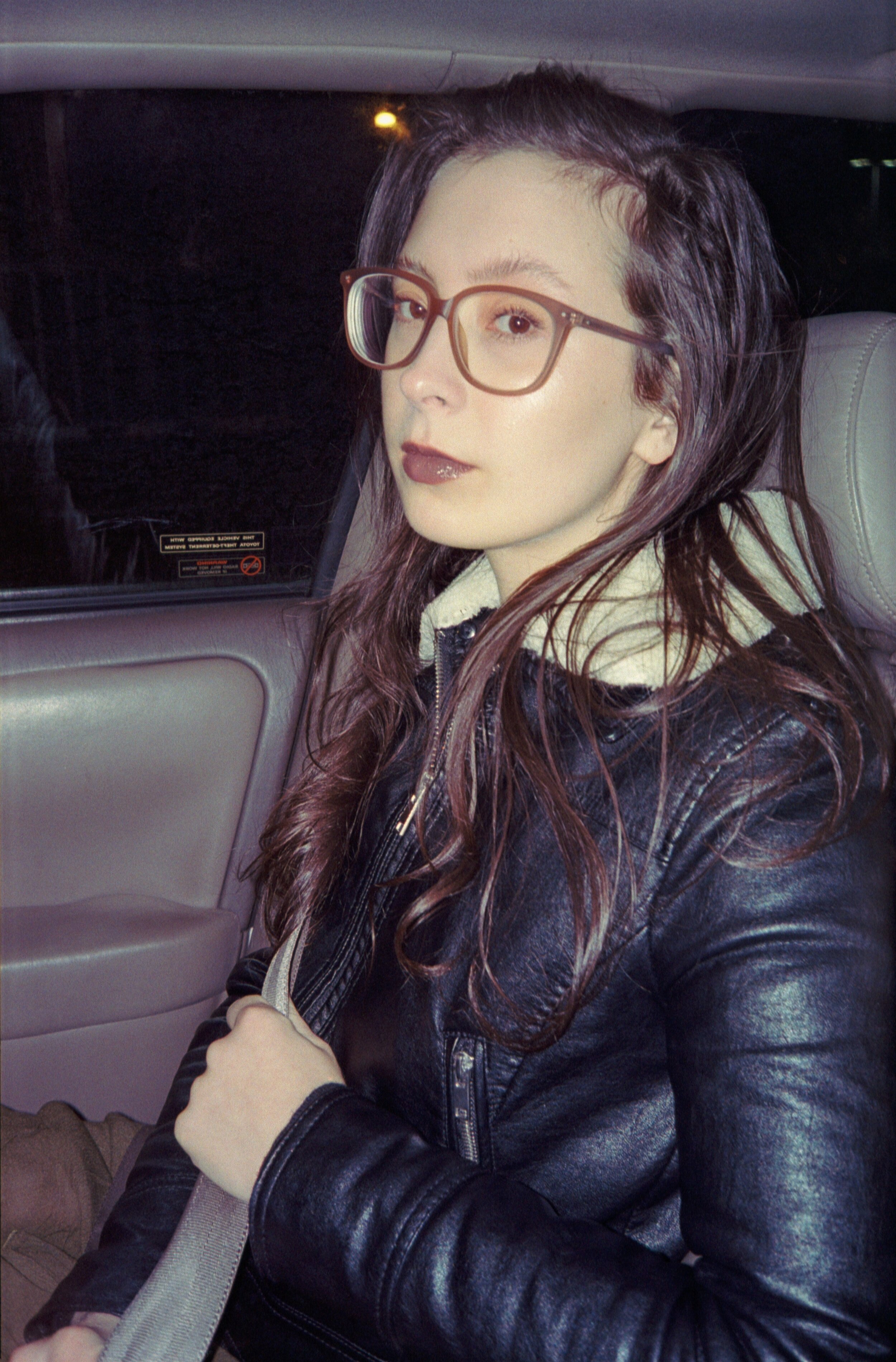
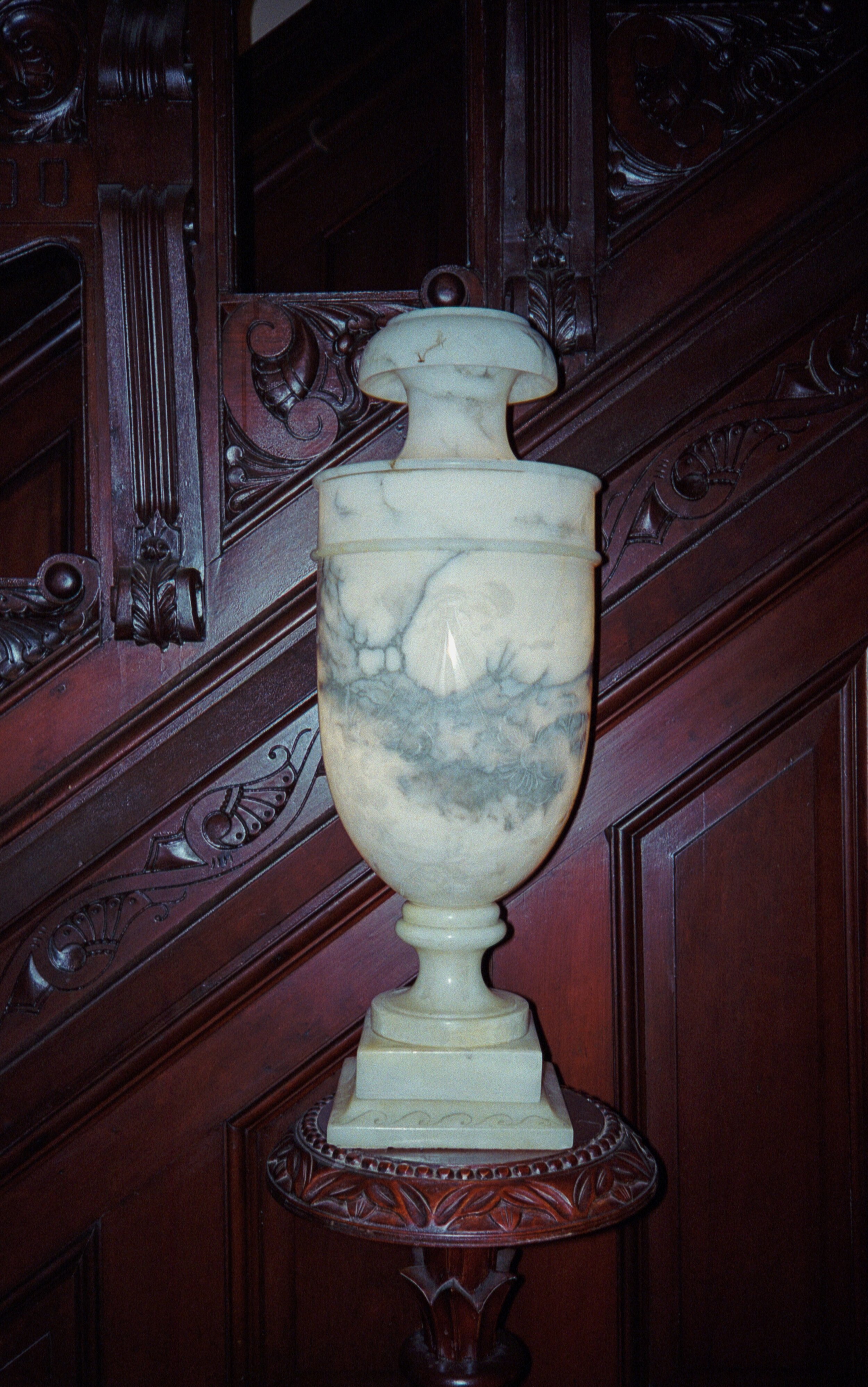
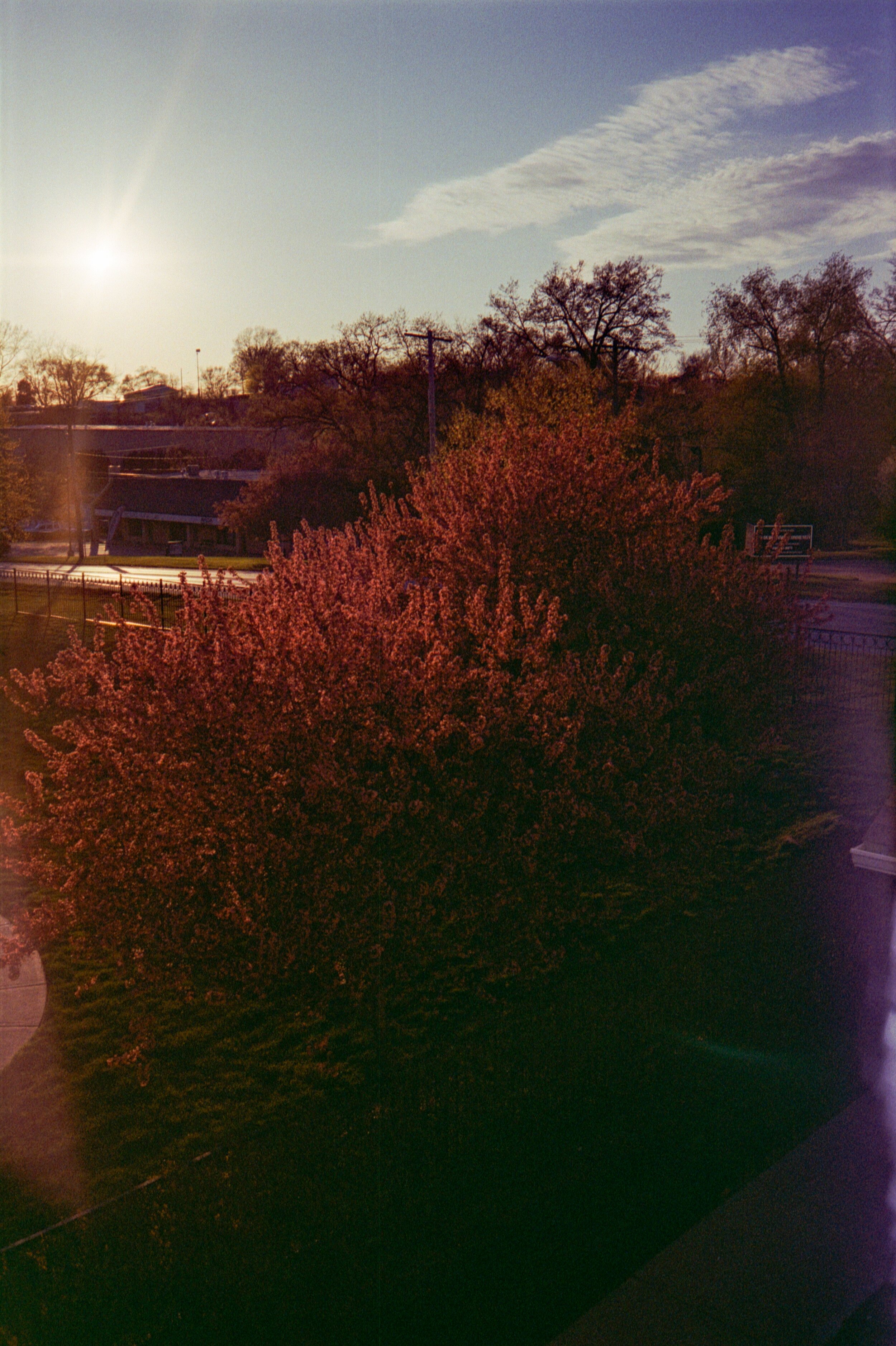
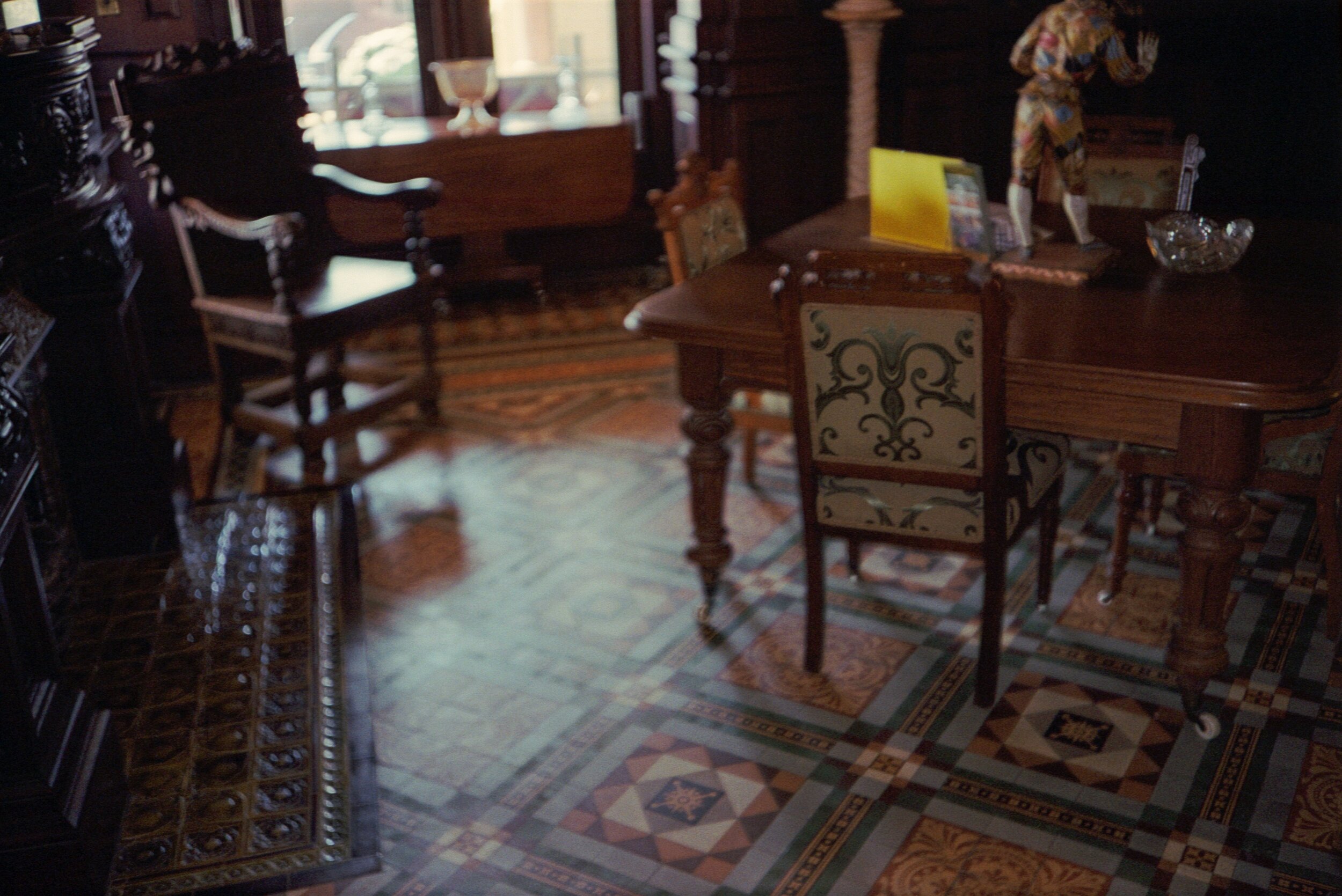
This is the Olympus Stylus Epic Zoom 170 with 38-170mm f4.8-13 lens. The shutter speed range is 1/400ths of a second to 4 seconds. It has an all-weather sealed body, and it’s the bulkiest and heaviest of this bunch, weighing a solid 10.3oz, and it is the most versatile of the bunch.

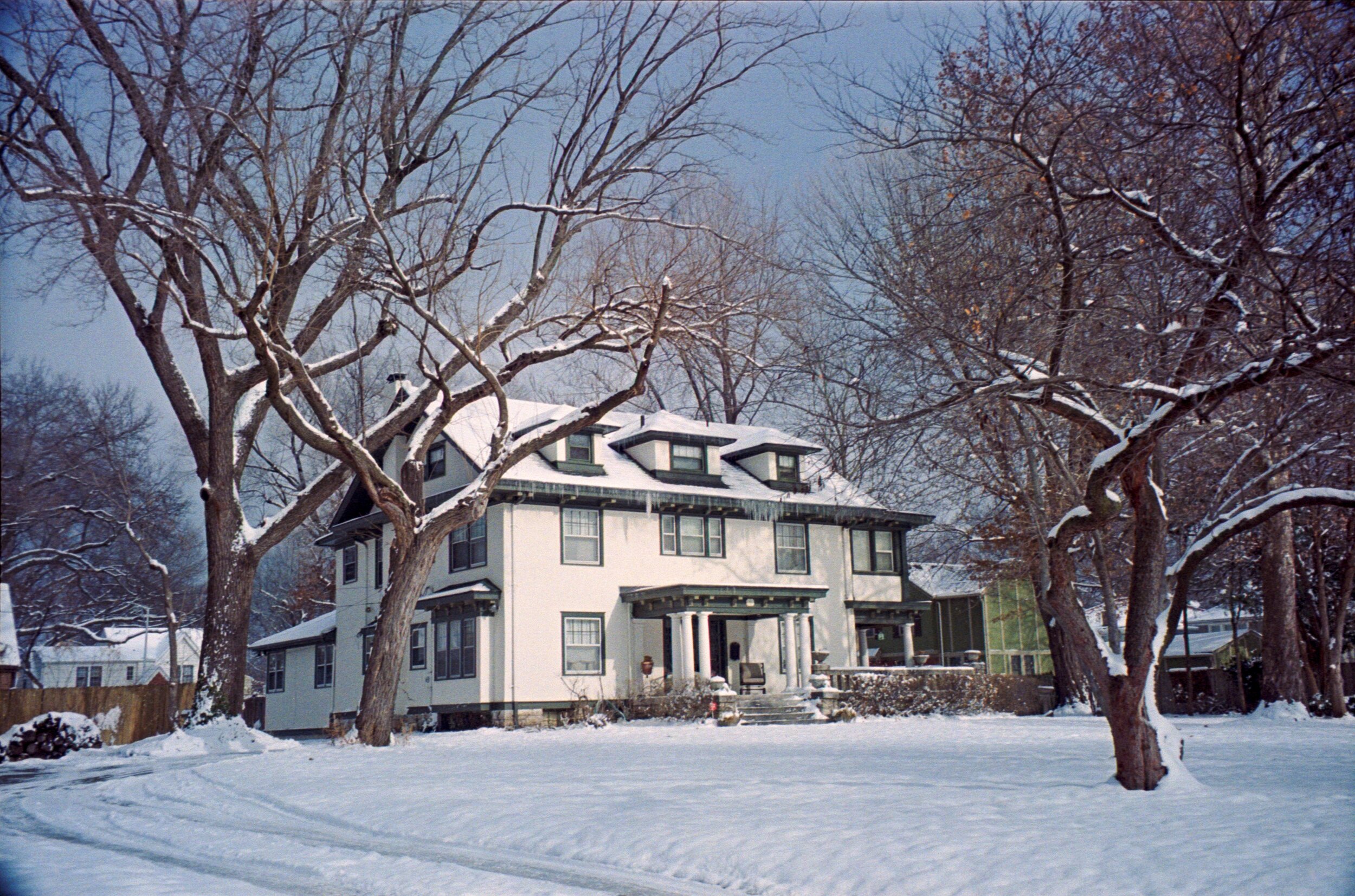
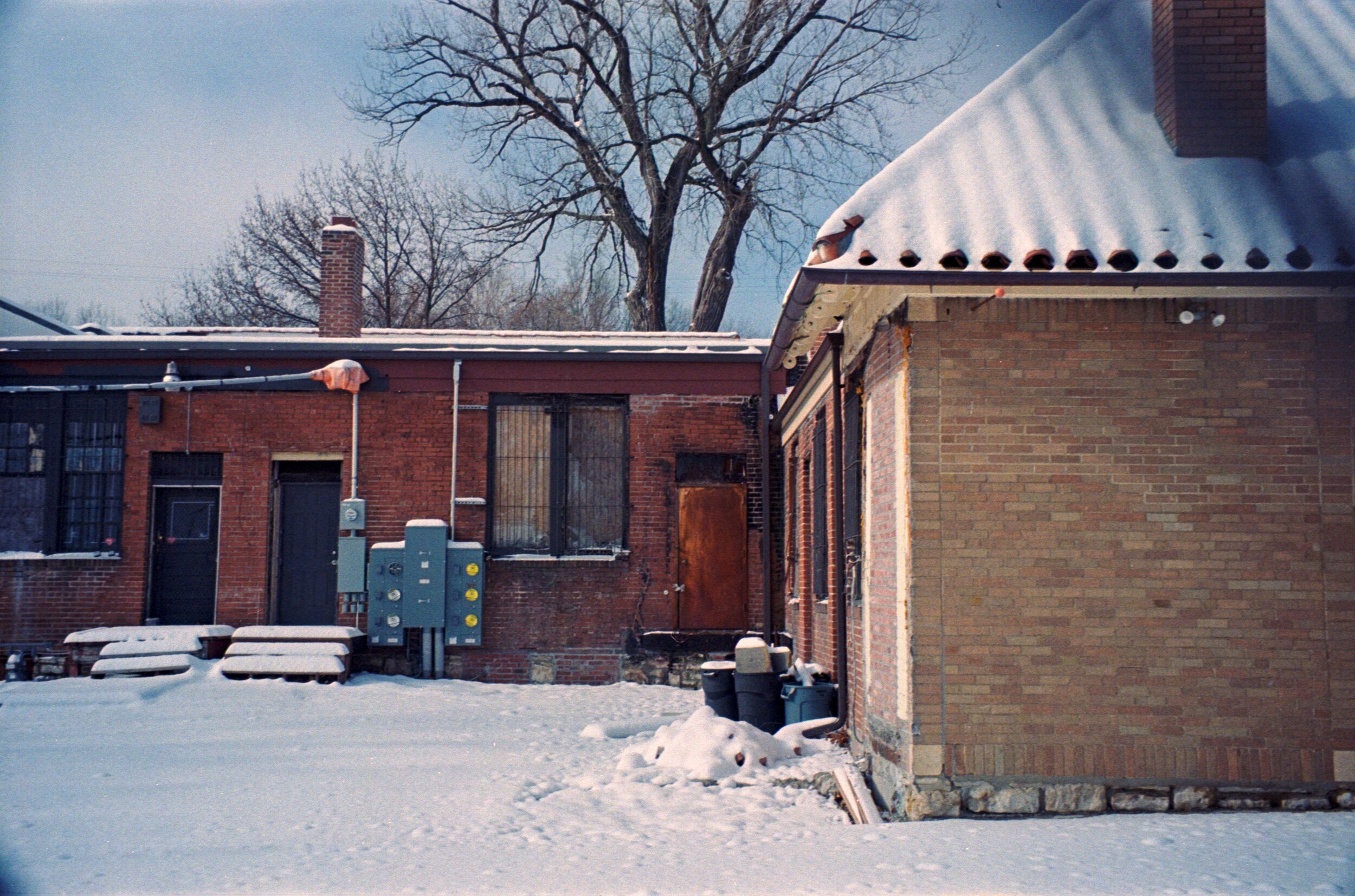
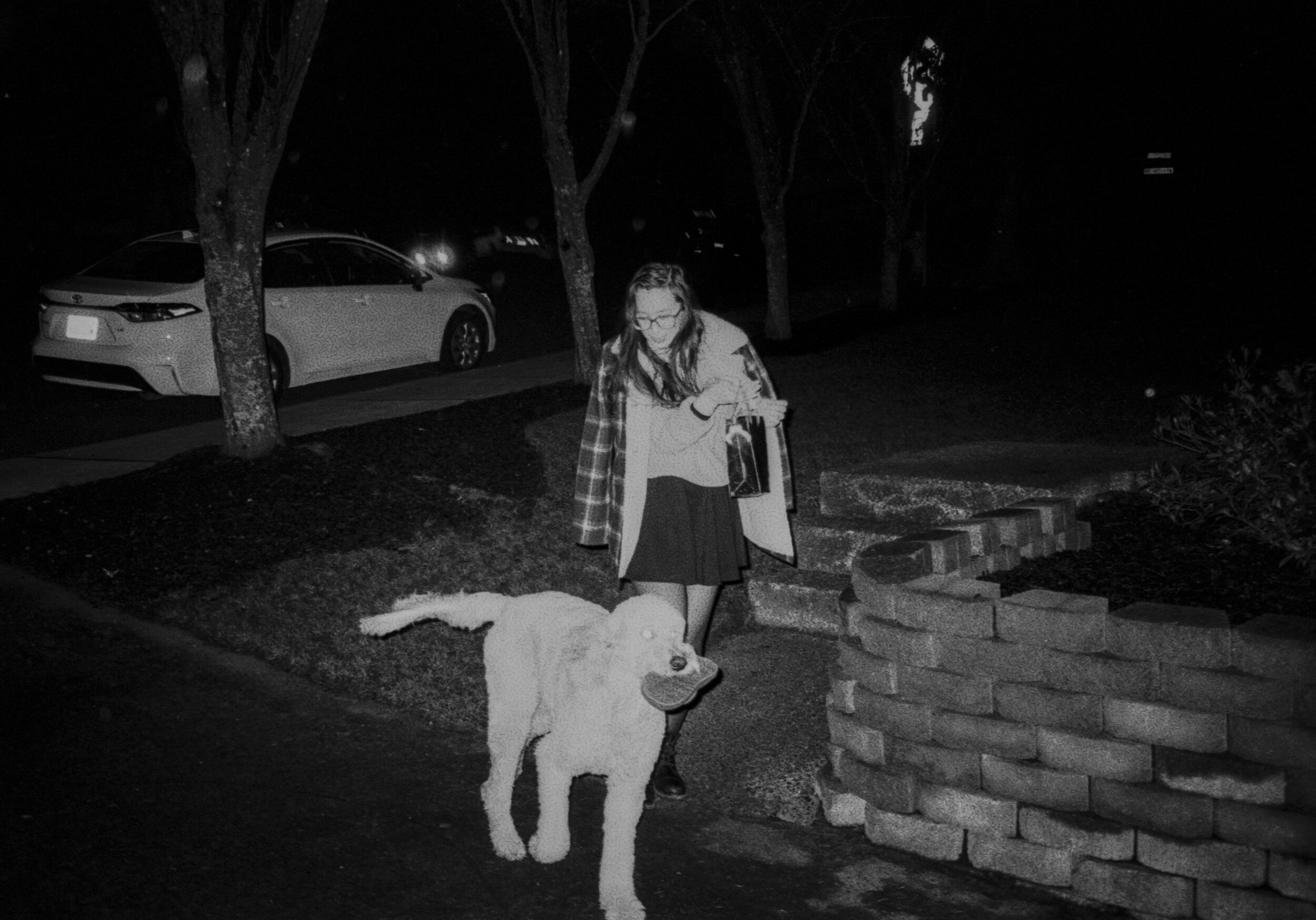
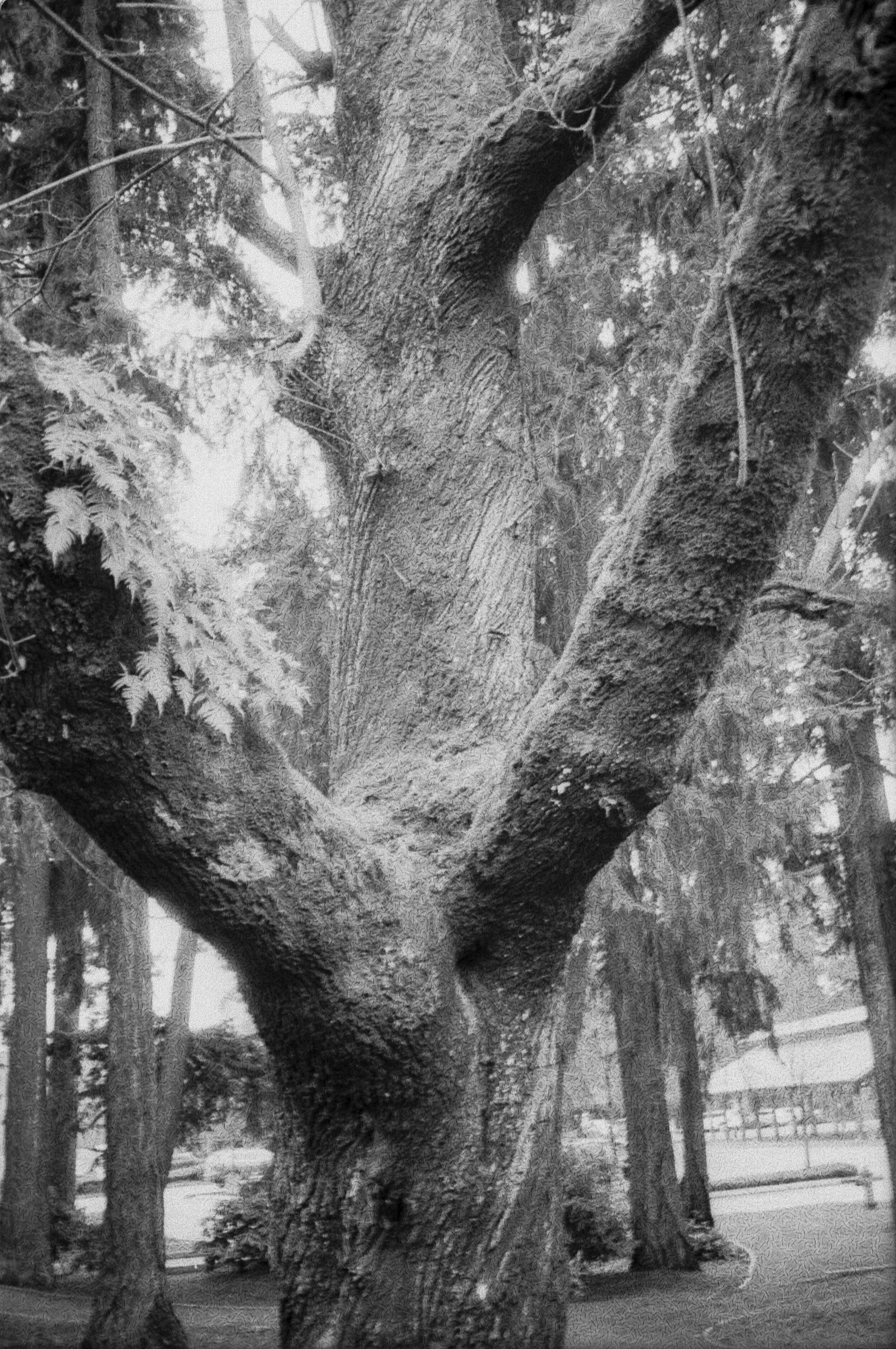


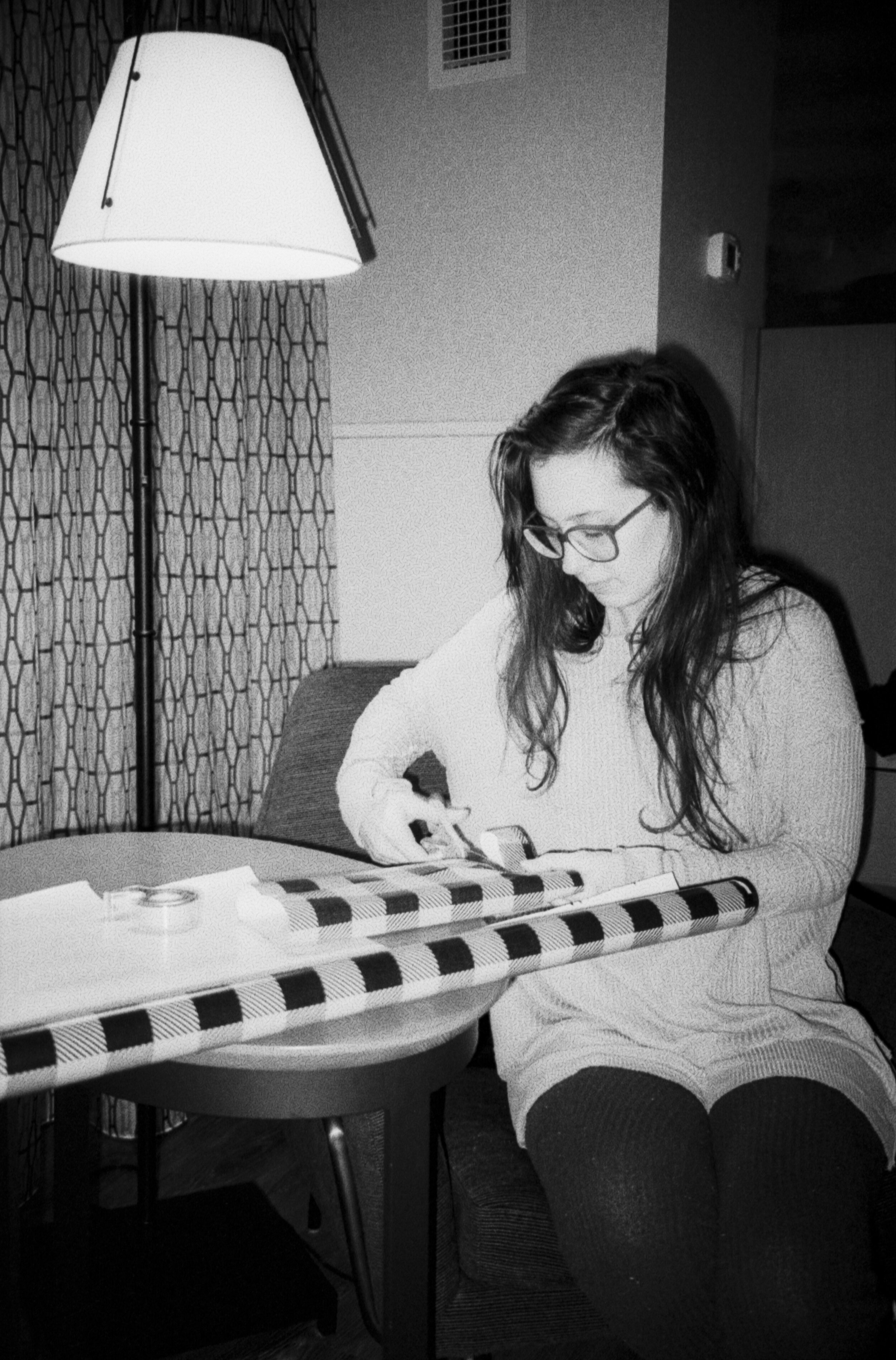
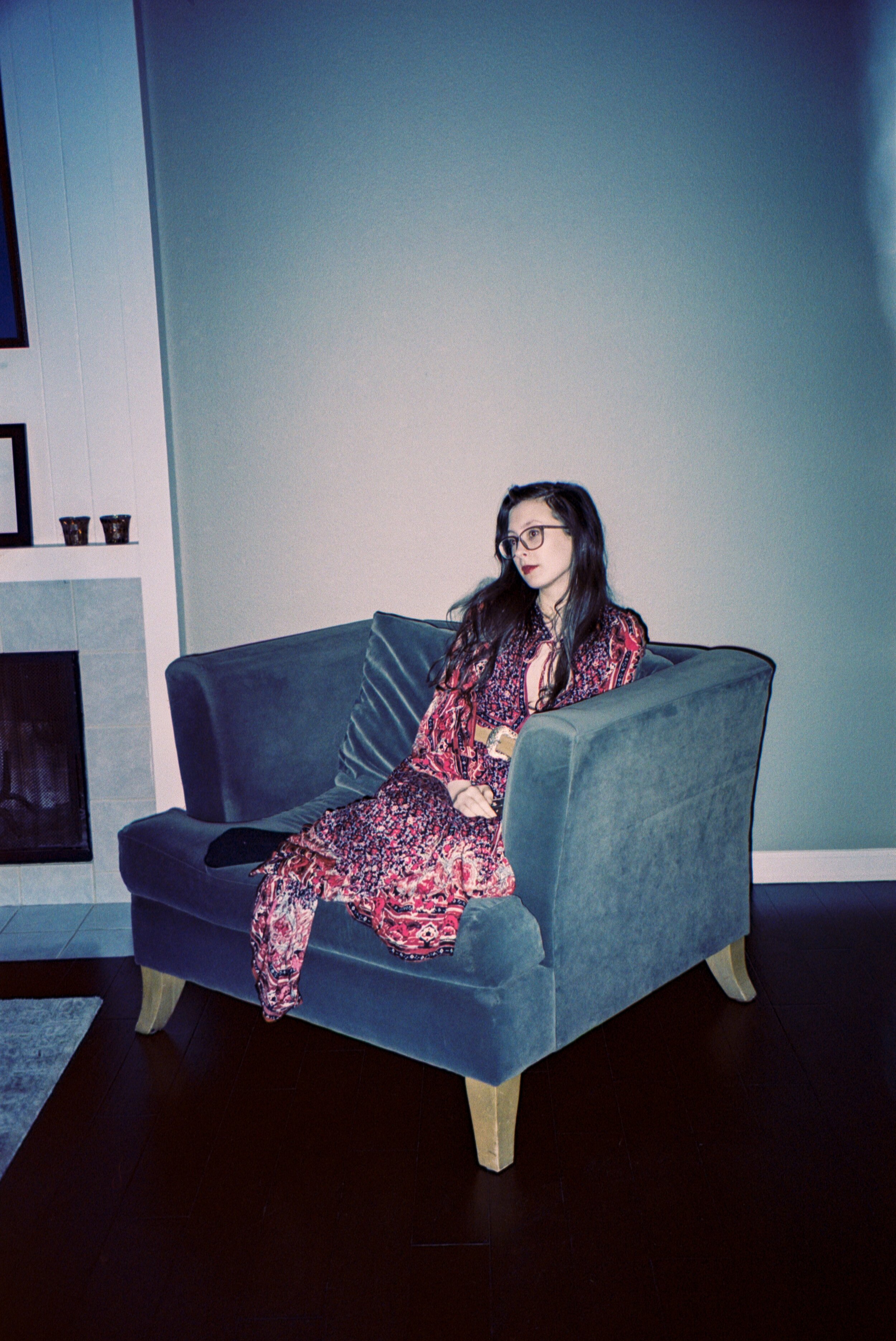
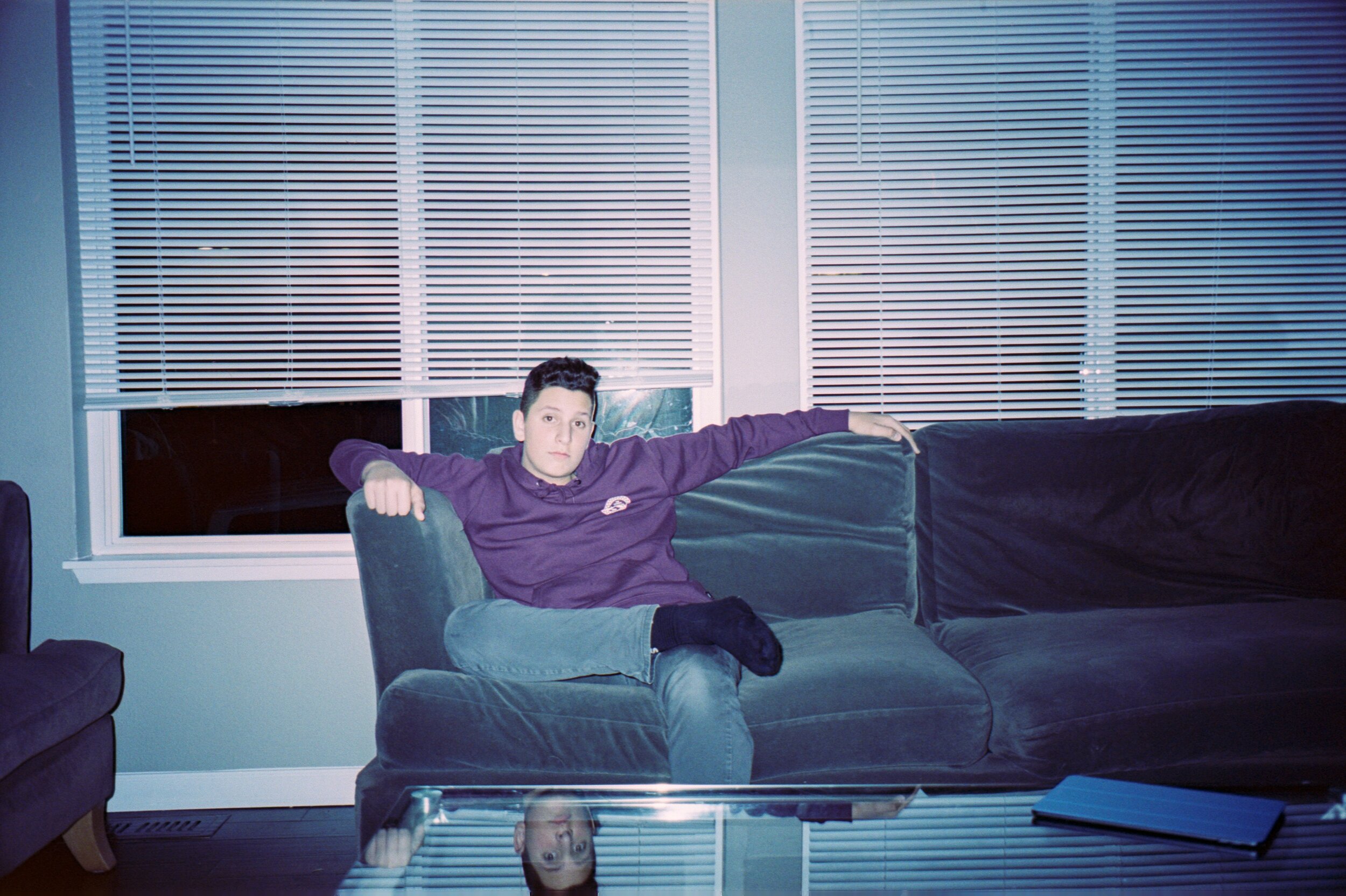
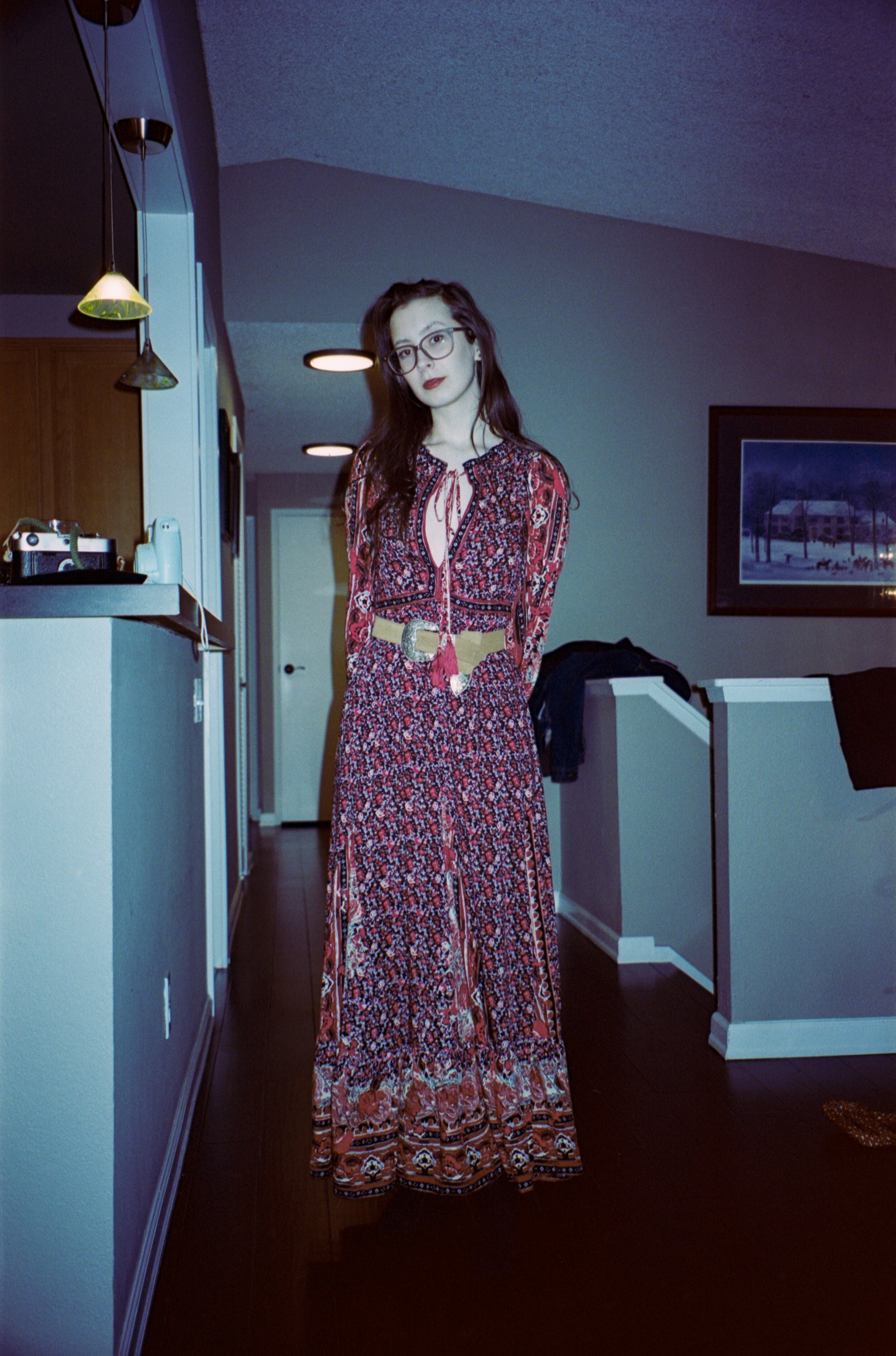
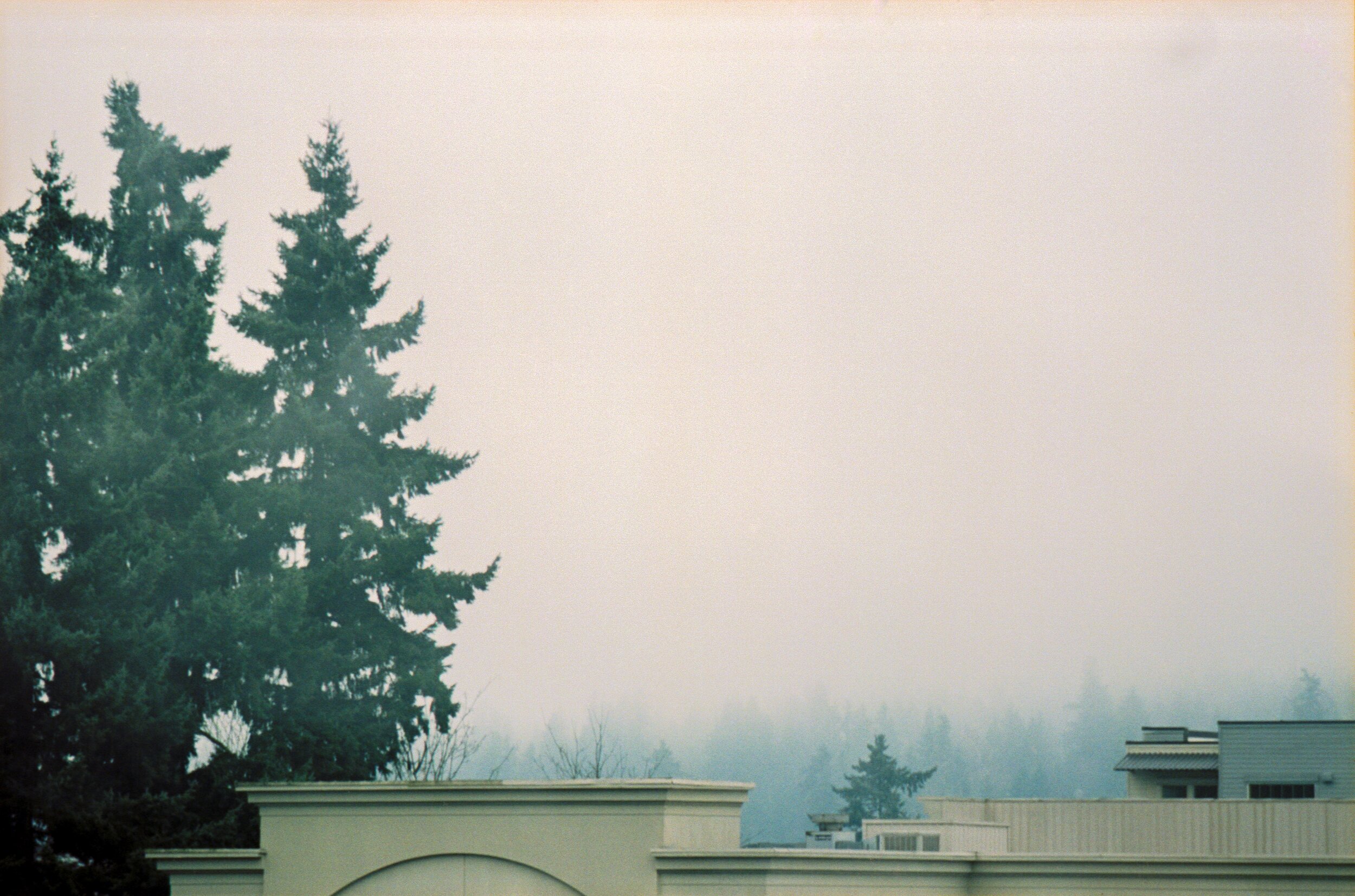

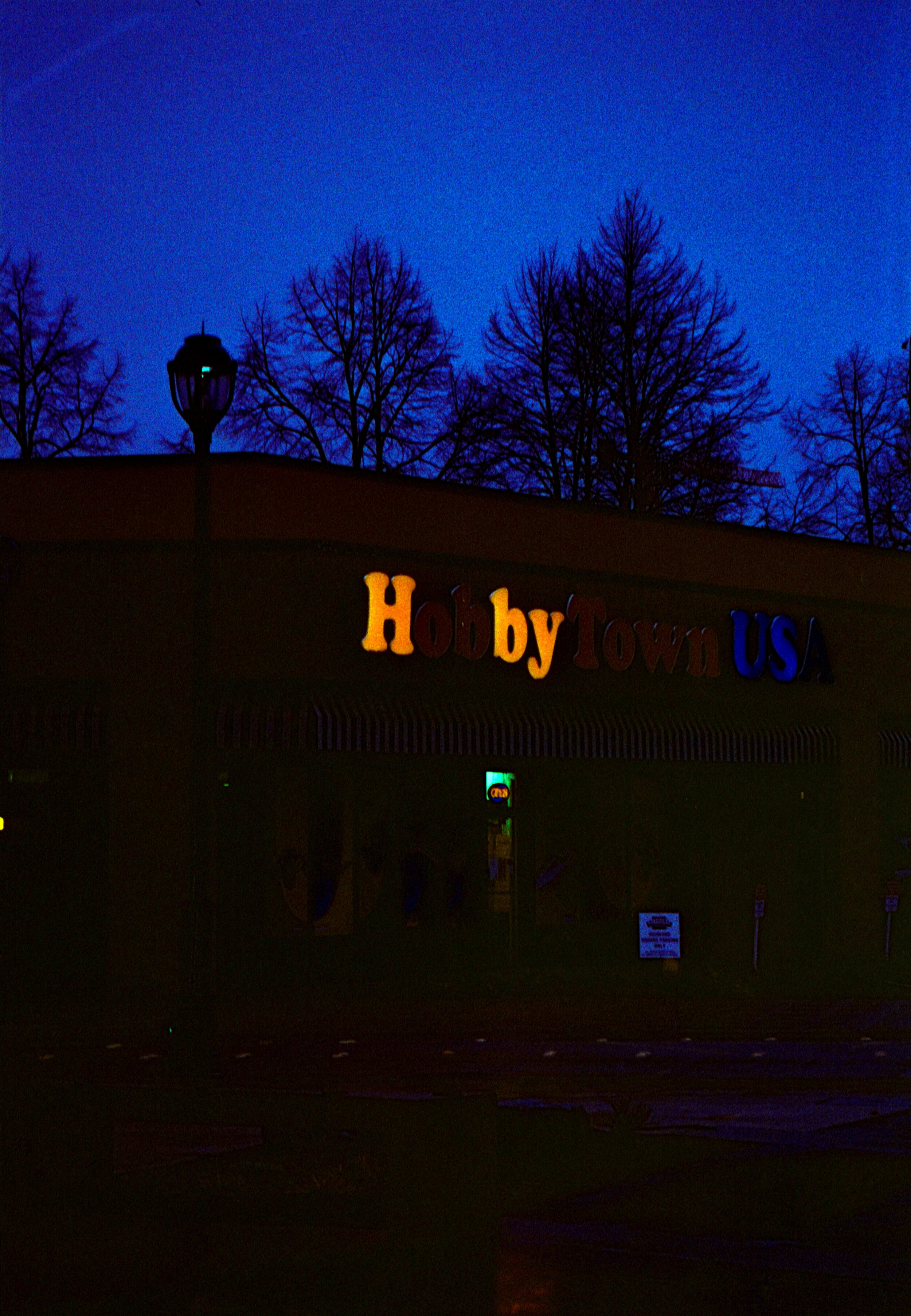
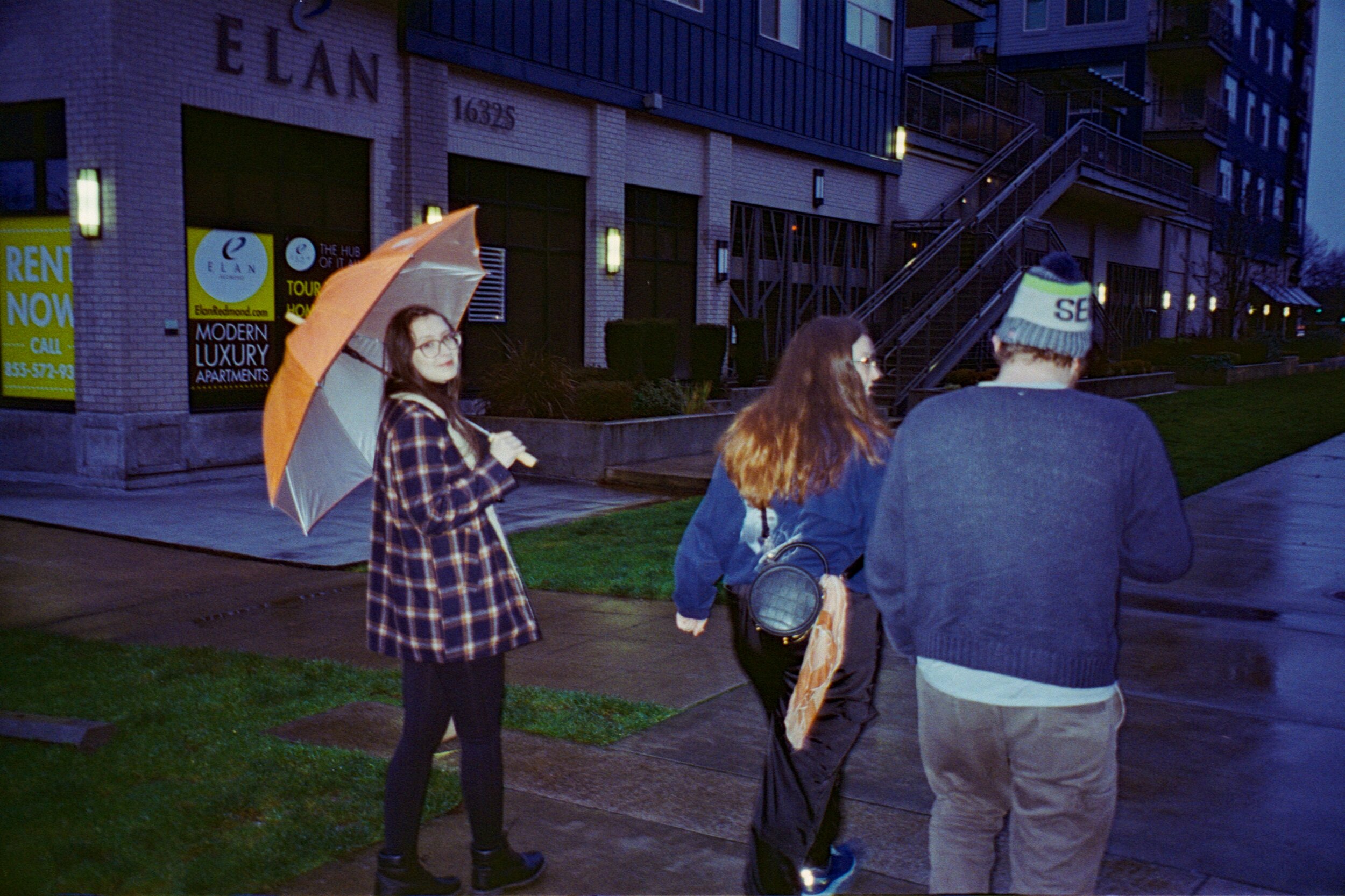



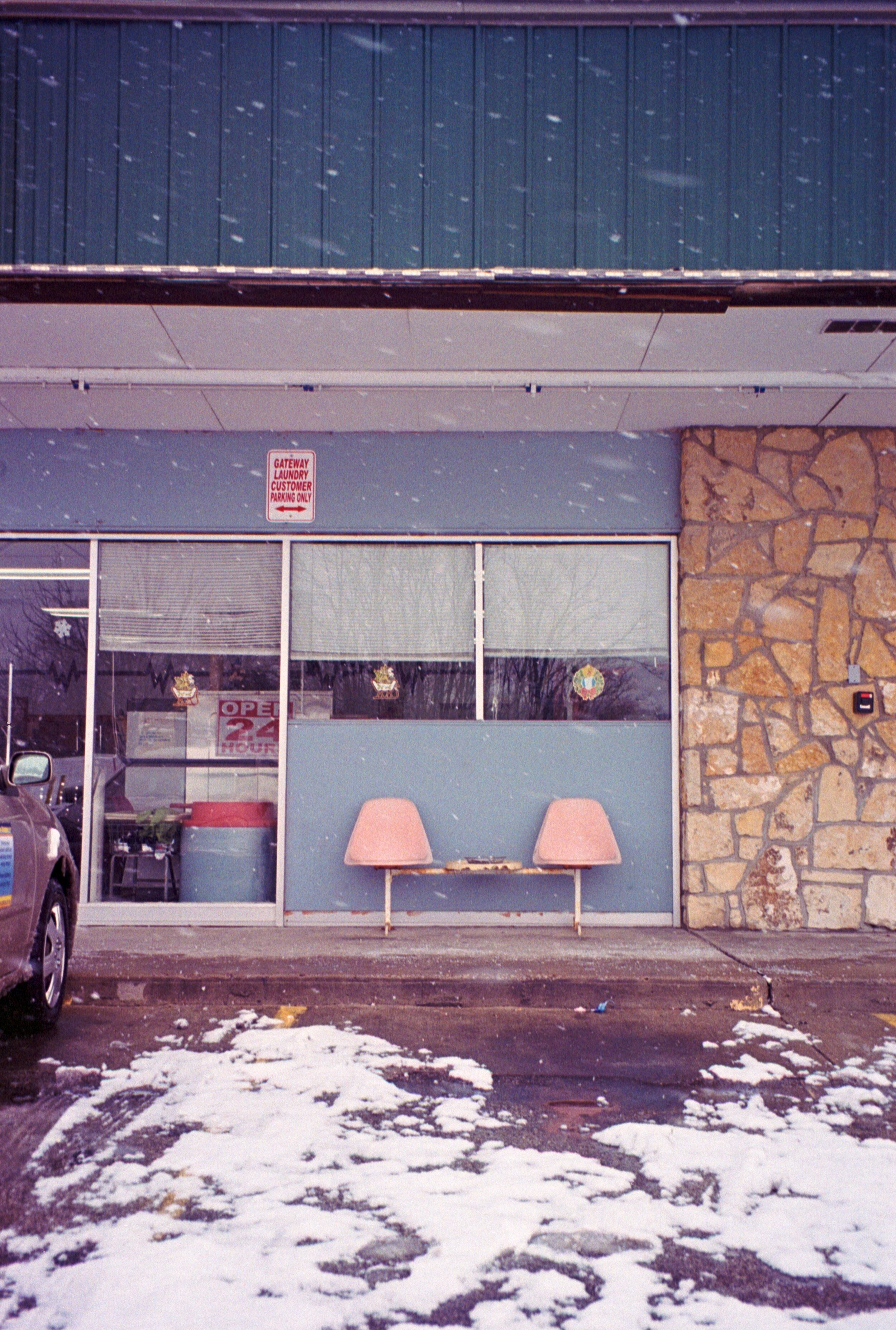
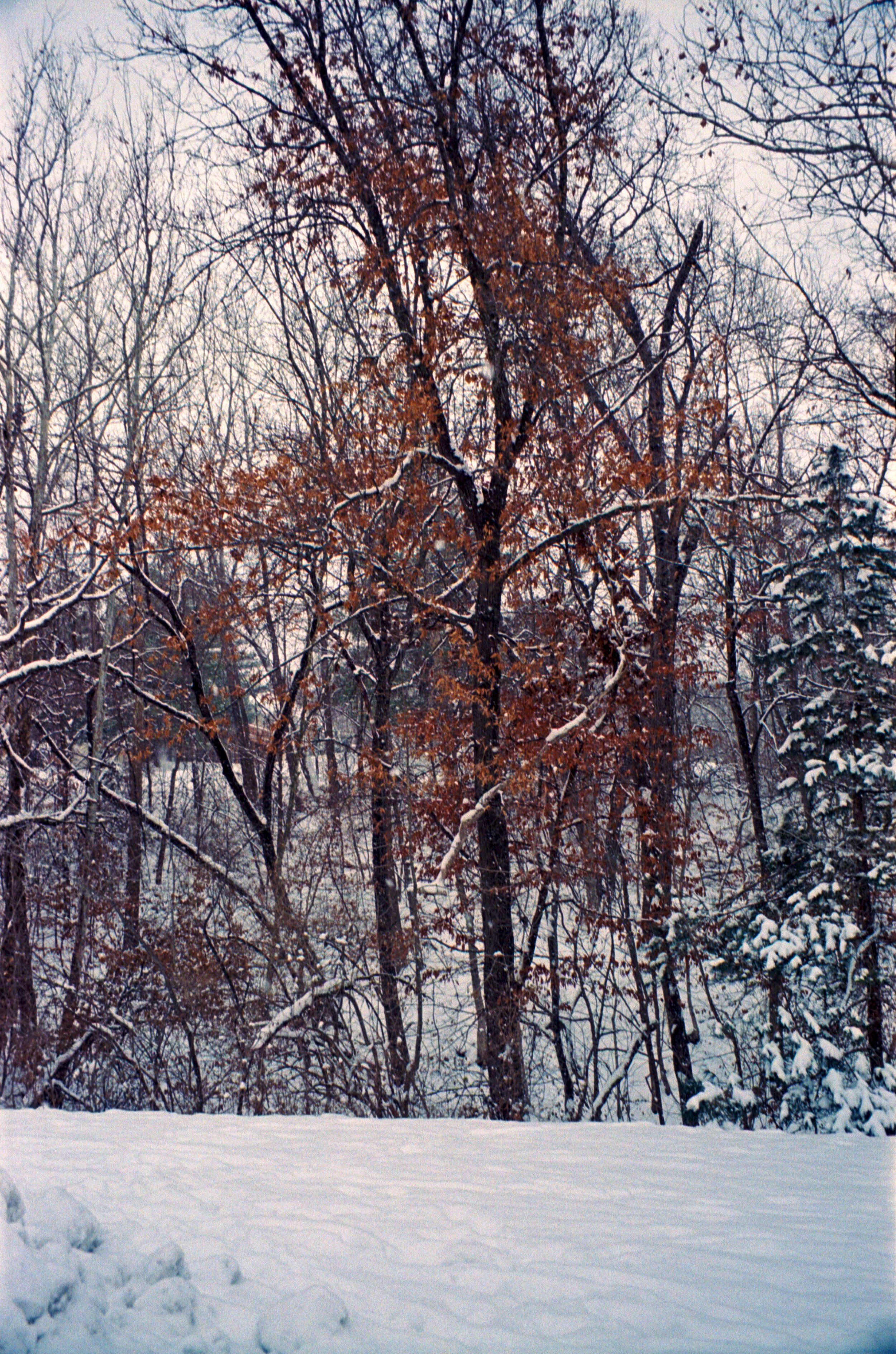

Back in November 2019, the rolls I shot with the Olympus Stylus 170 were actually the first that I used to develop black and white at home with the Cinestill DF96 monobath. In the first roll, some images have reticulation because my water and chemicals were not the same temperature. Live and learn.
And last, we have the Olympus Infinity Stylus 35mm f3.5, and I should note that there are different versions that have an f2.8 lens. At 6.7oz, this is the lightest and most compact of the four, and though it feels the cheapest in the hand compared to the others, it seems just as durable. I’ve dropped it a couple times over the last year and it still performs very well. I actually like that this camera has fewer features than the other three, because I don’t feel like there is ever a setting between me and a photo. It’s incredibly pocketable for a film camera. I did notice that the Olympus Infinity Stylus had the least amount of photos in focus upon development, but it’s possible that problem may be specific to the model I own.
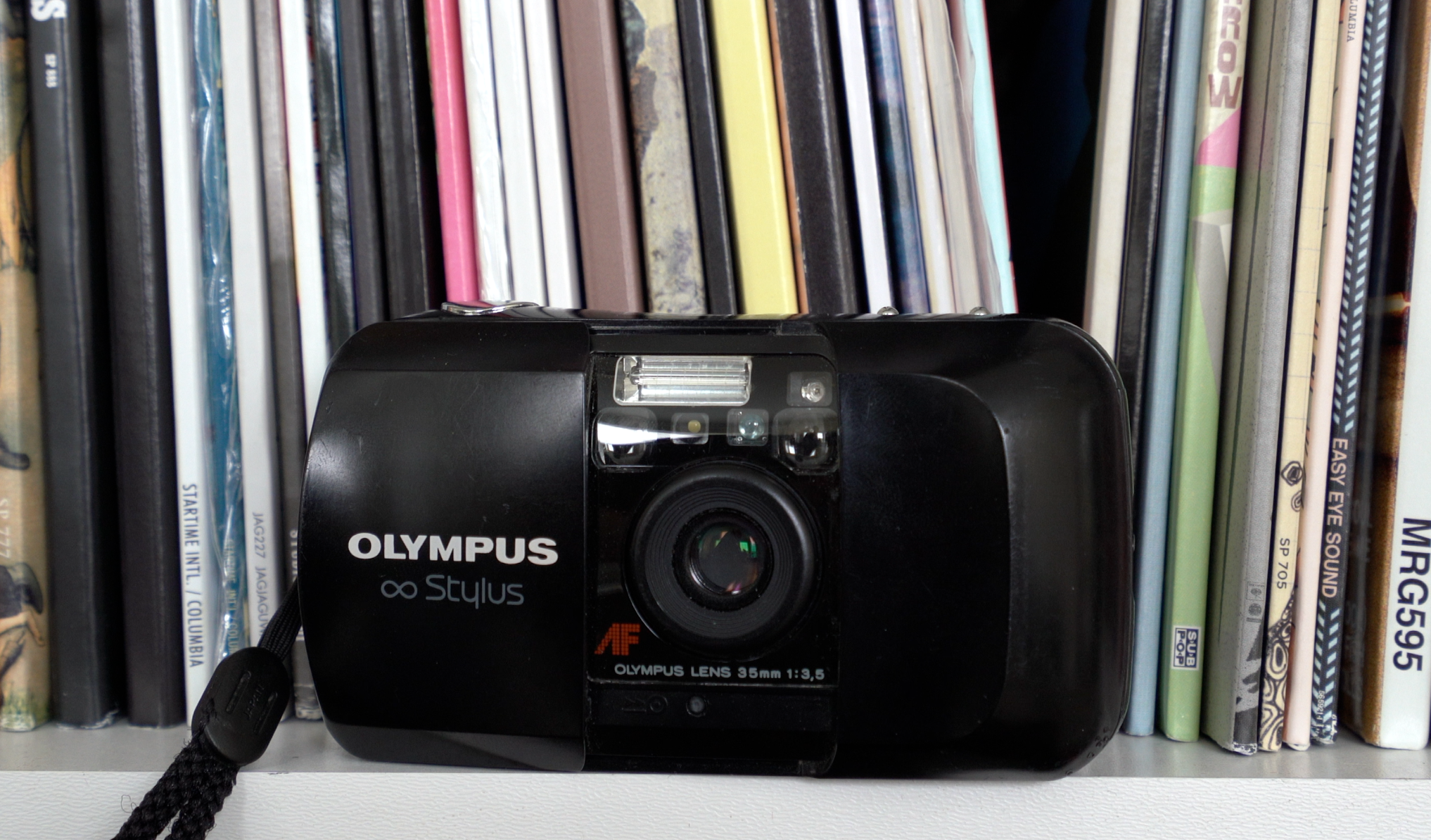

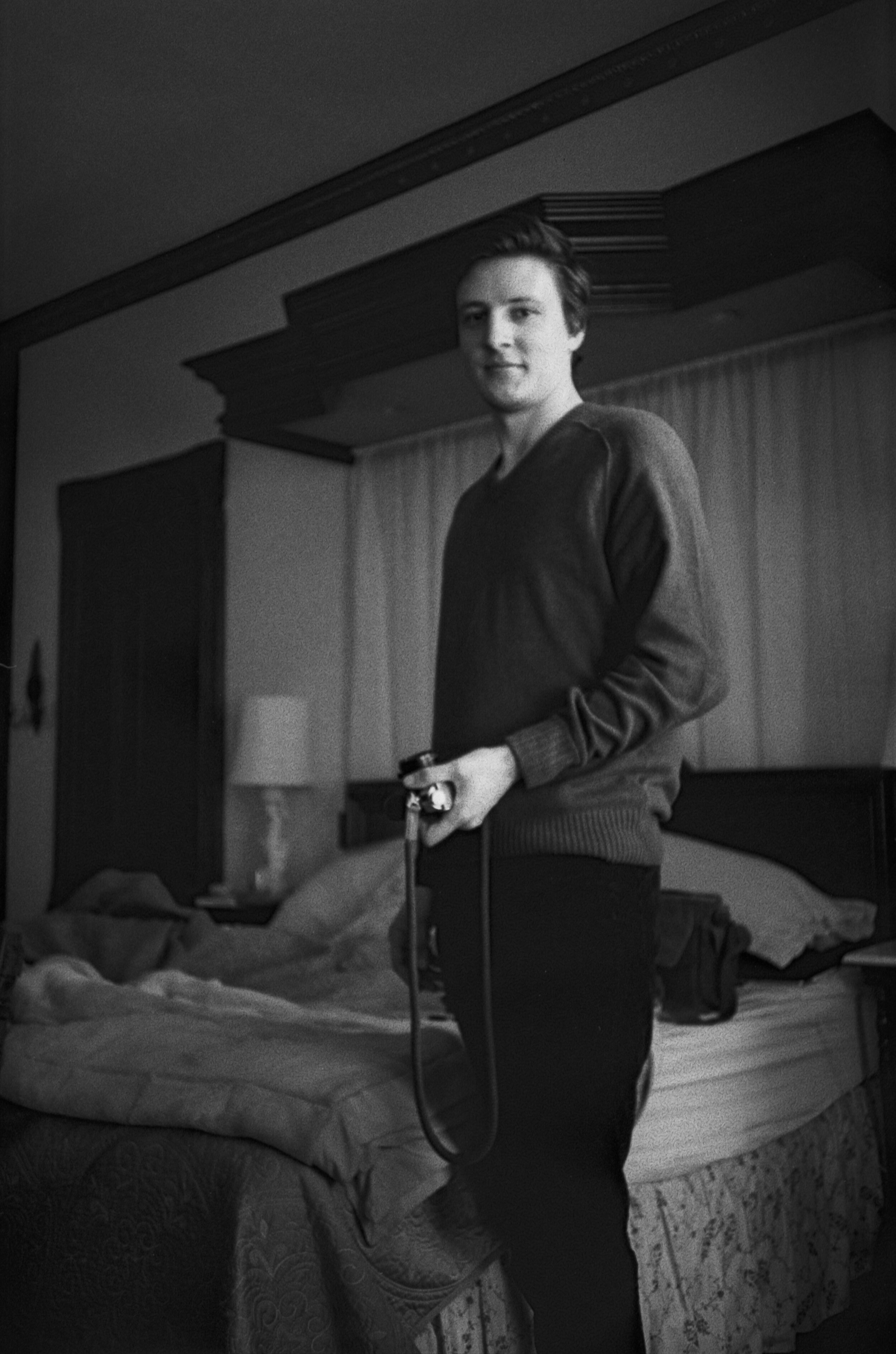


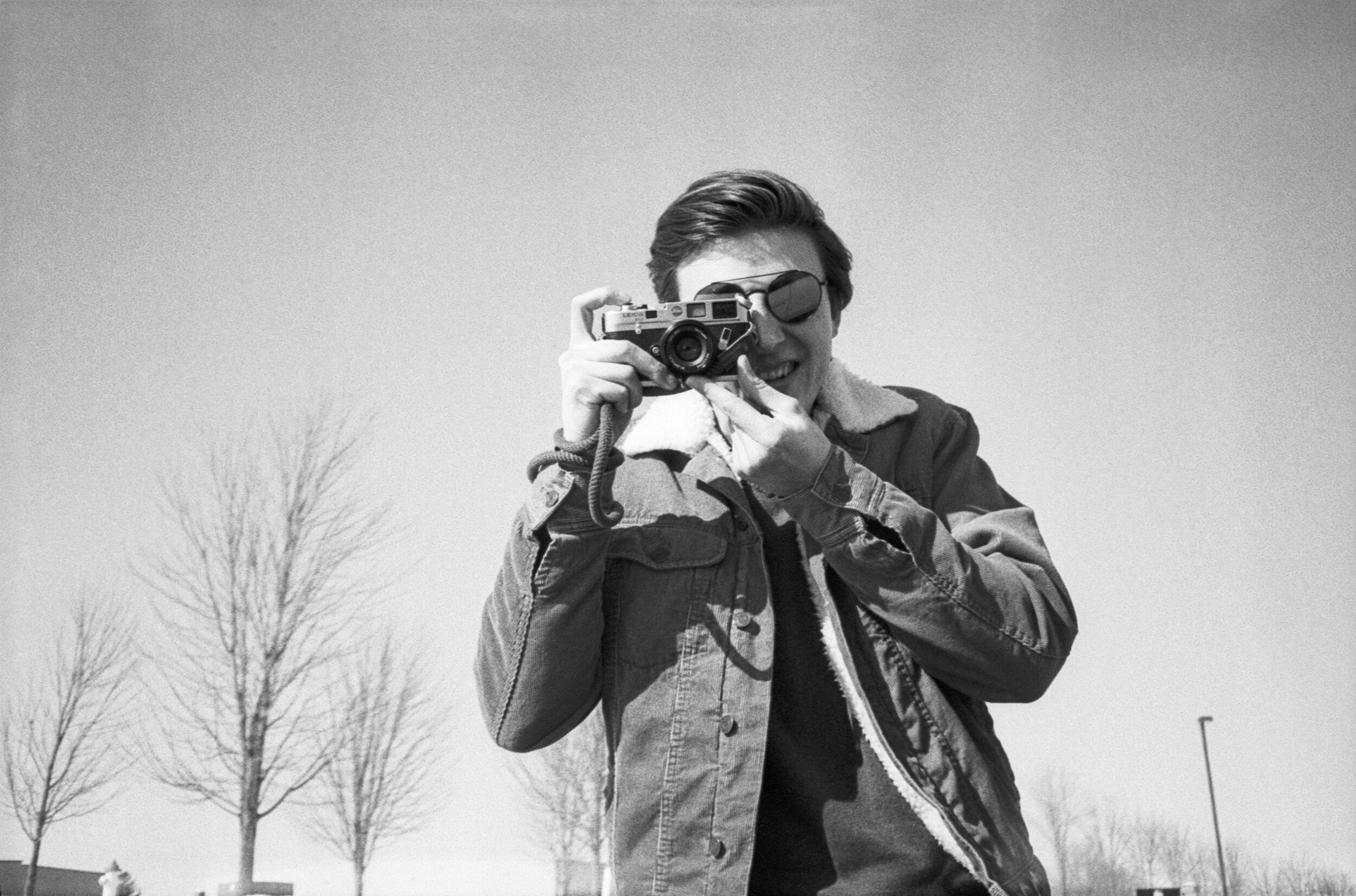
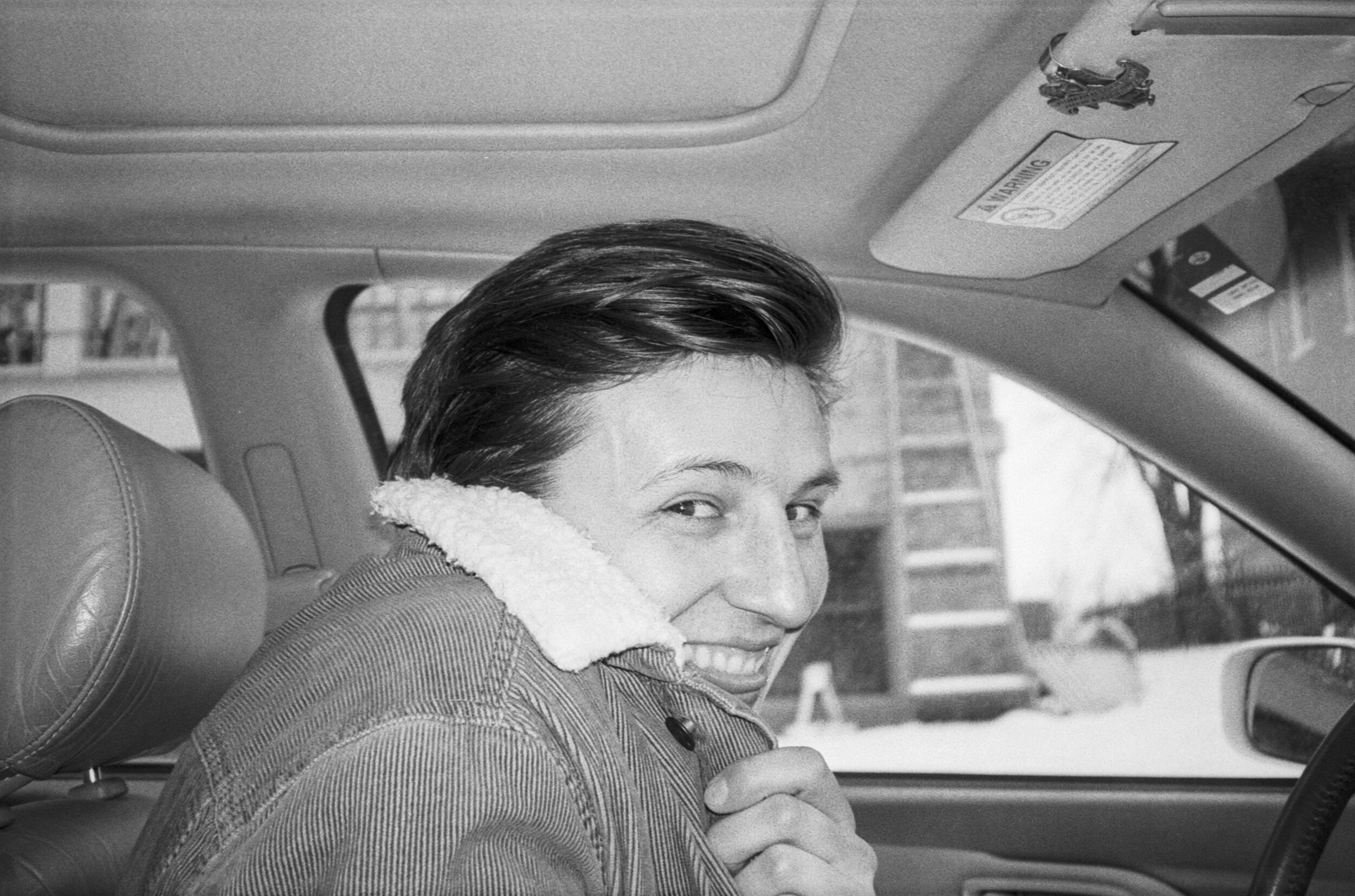
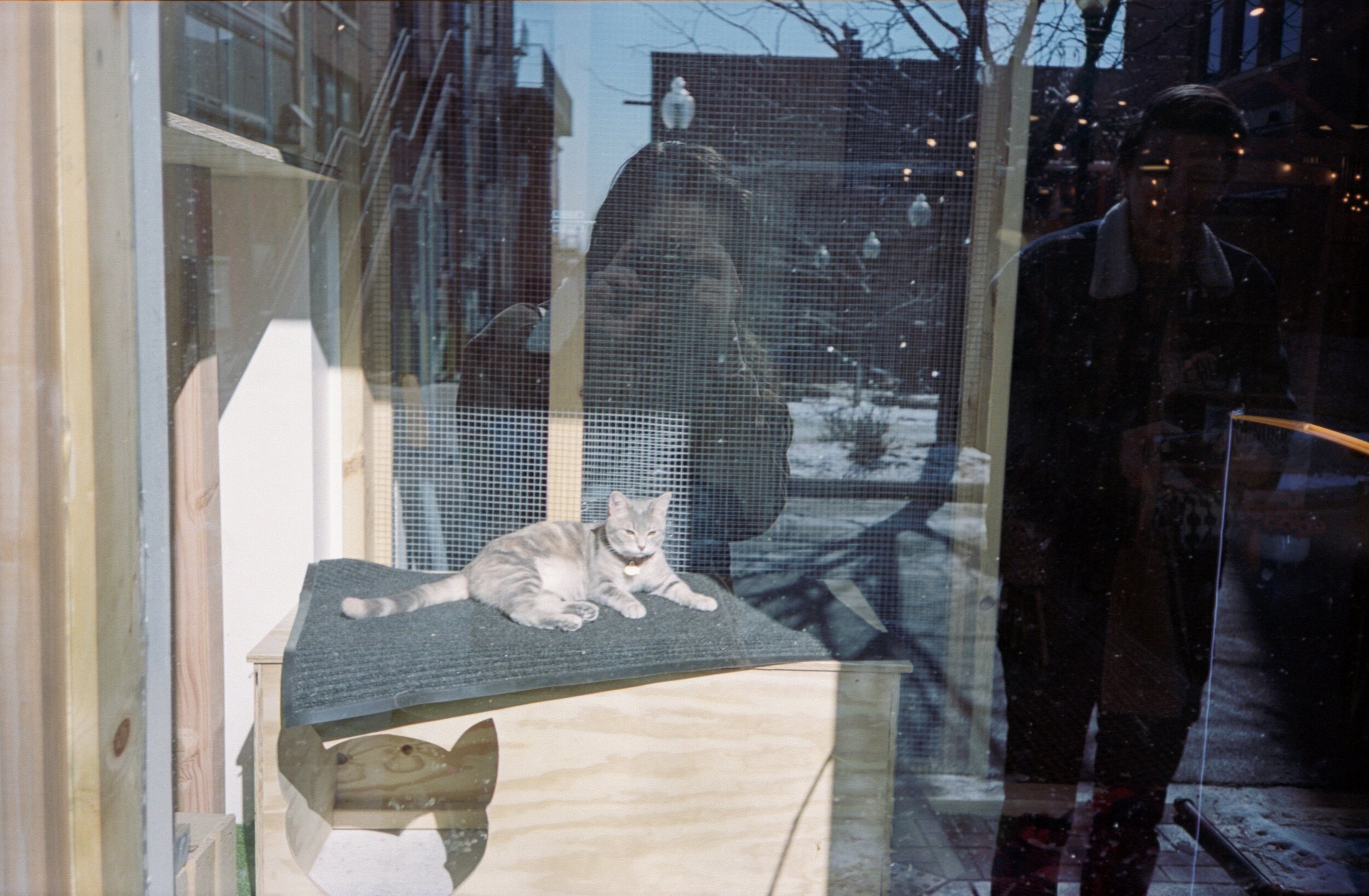
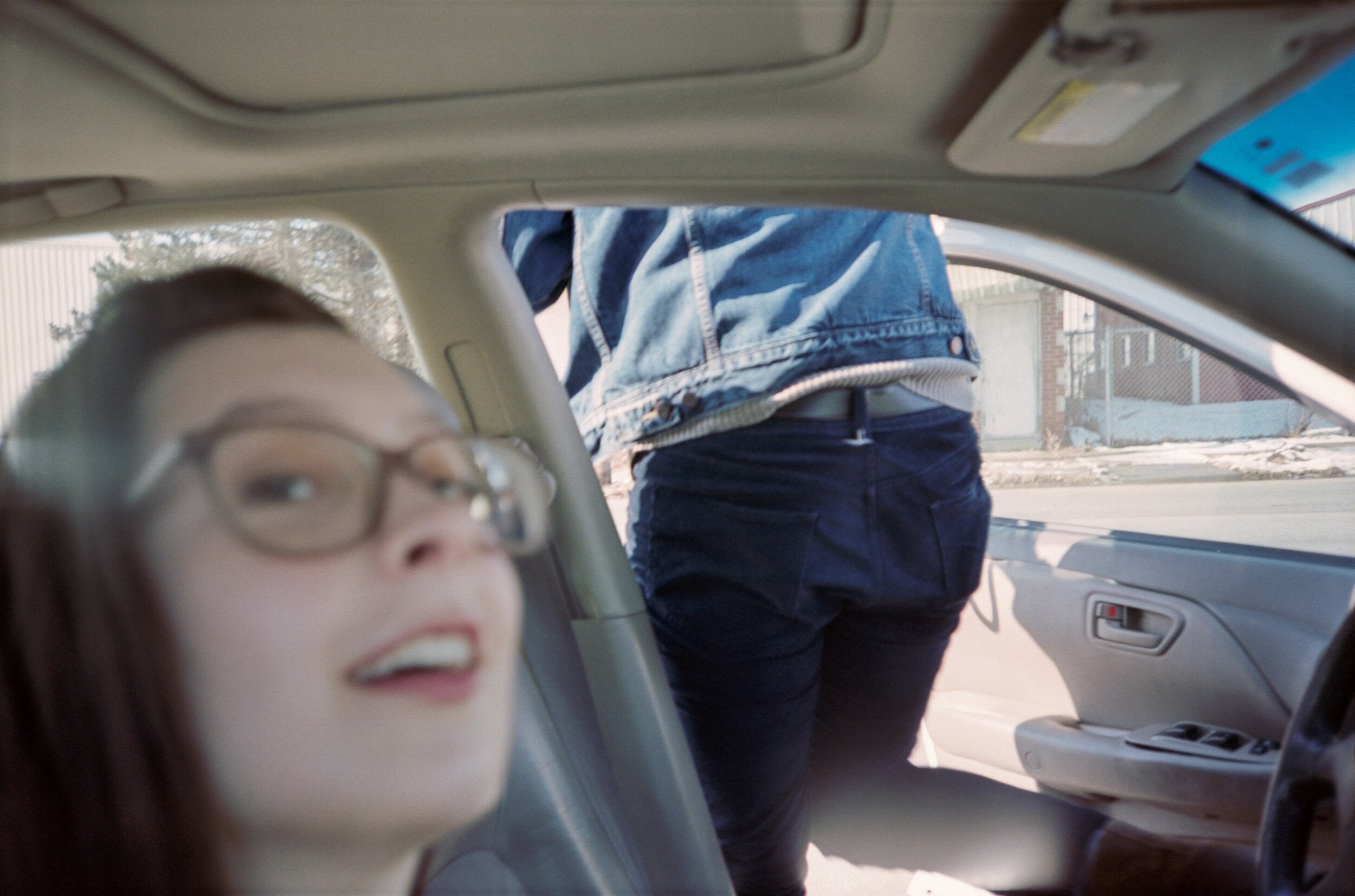

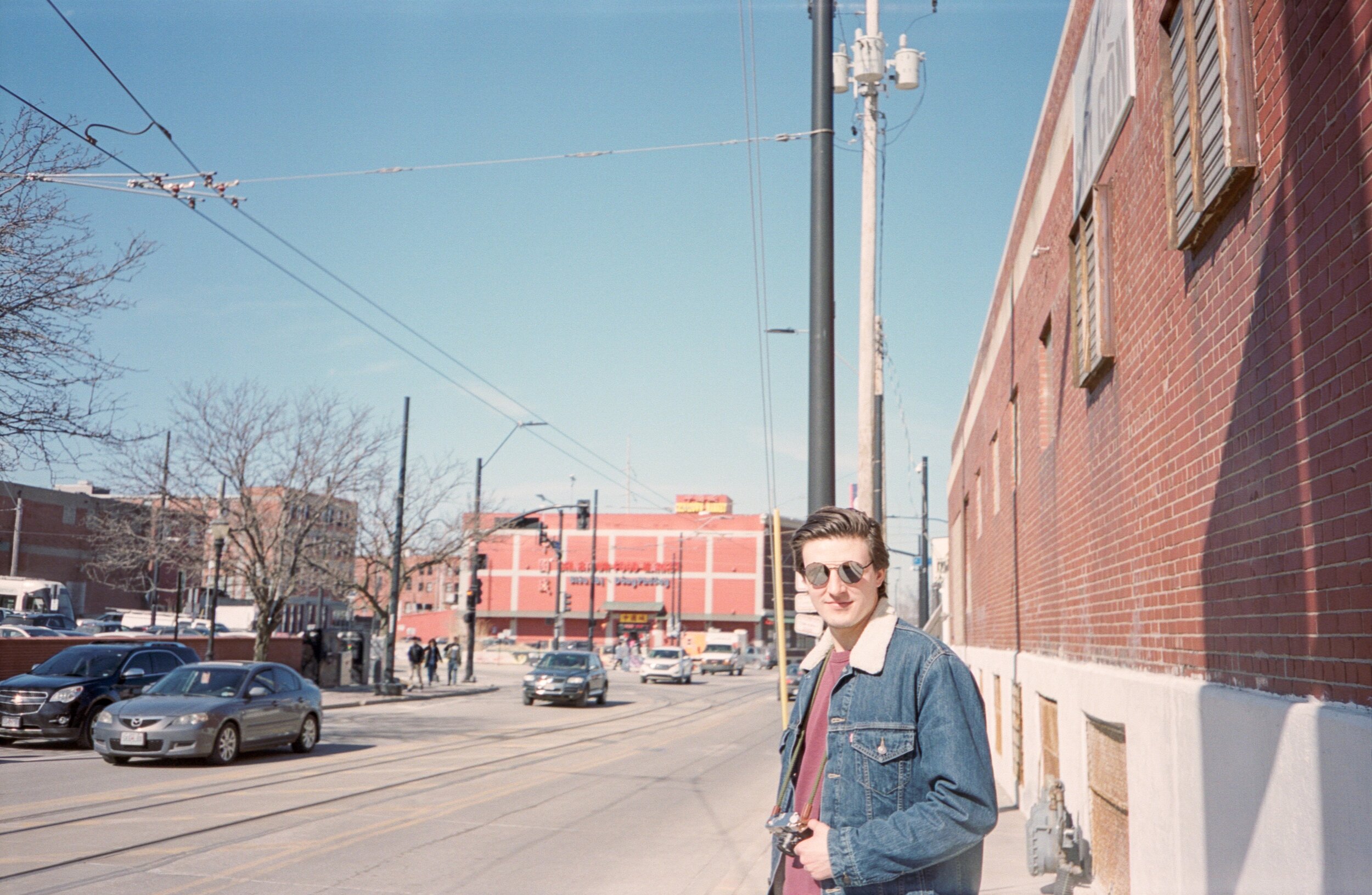
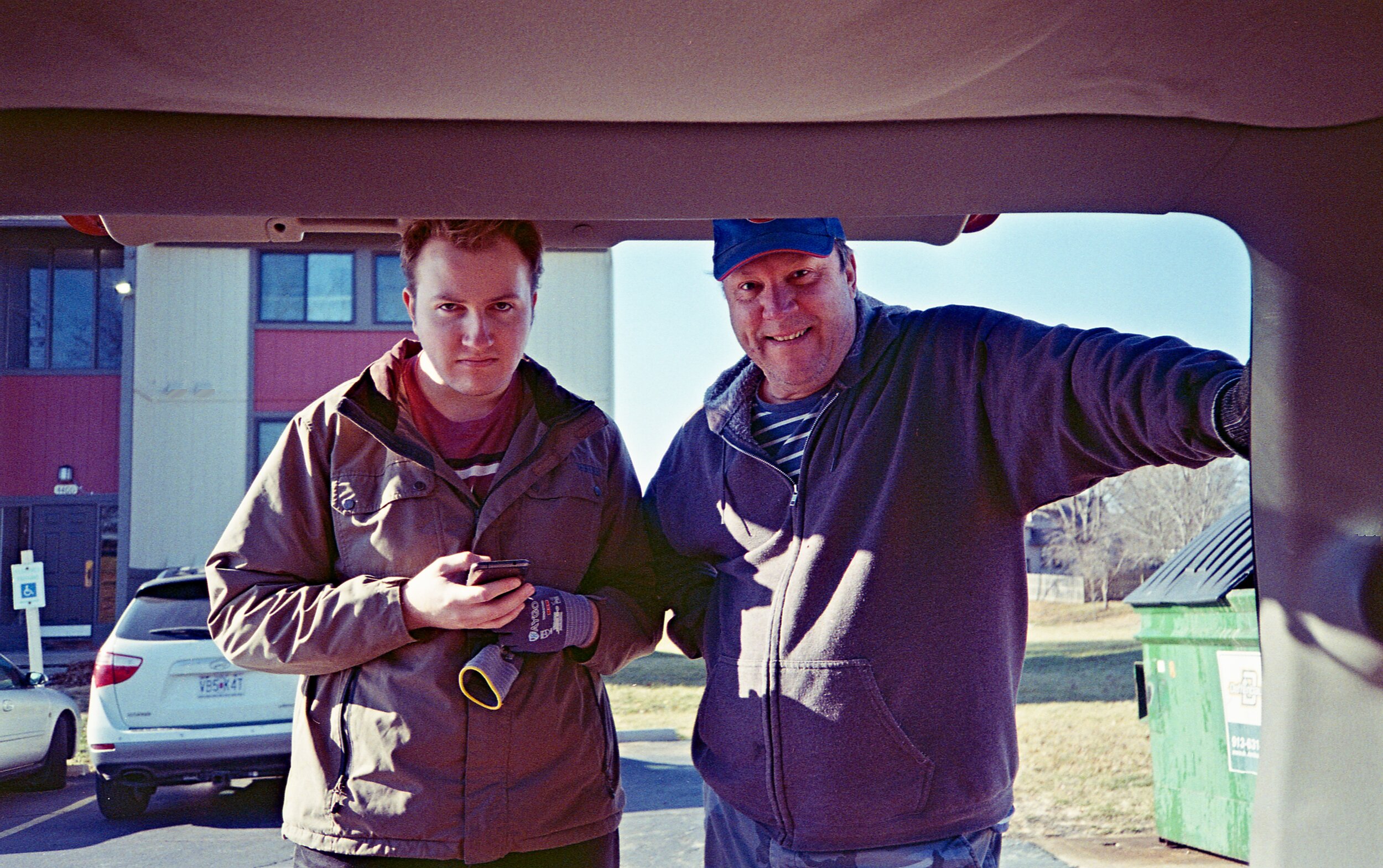

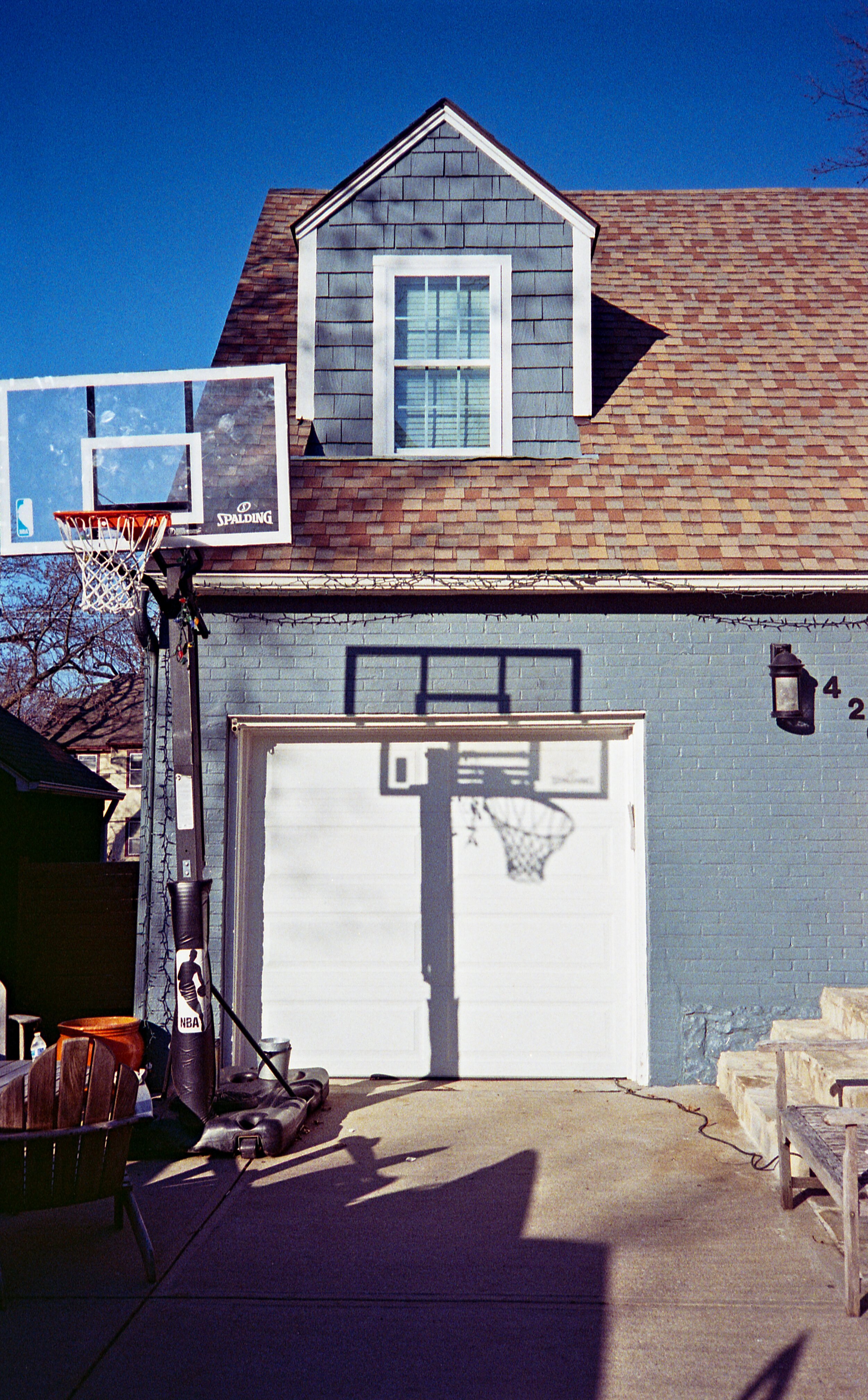

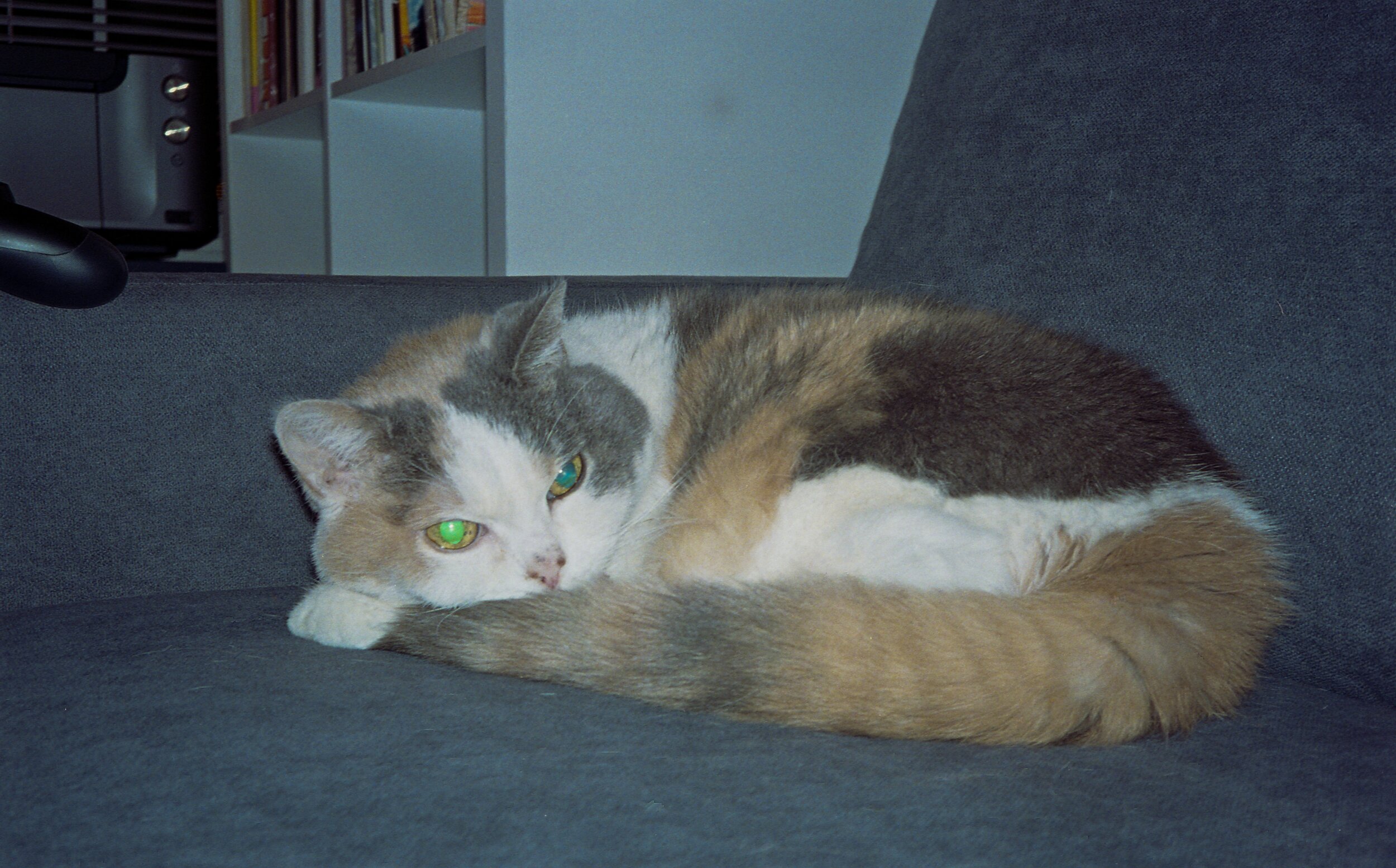
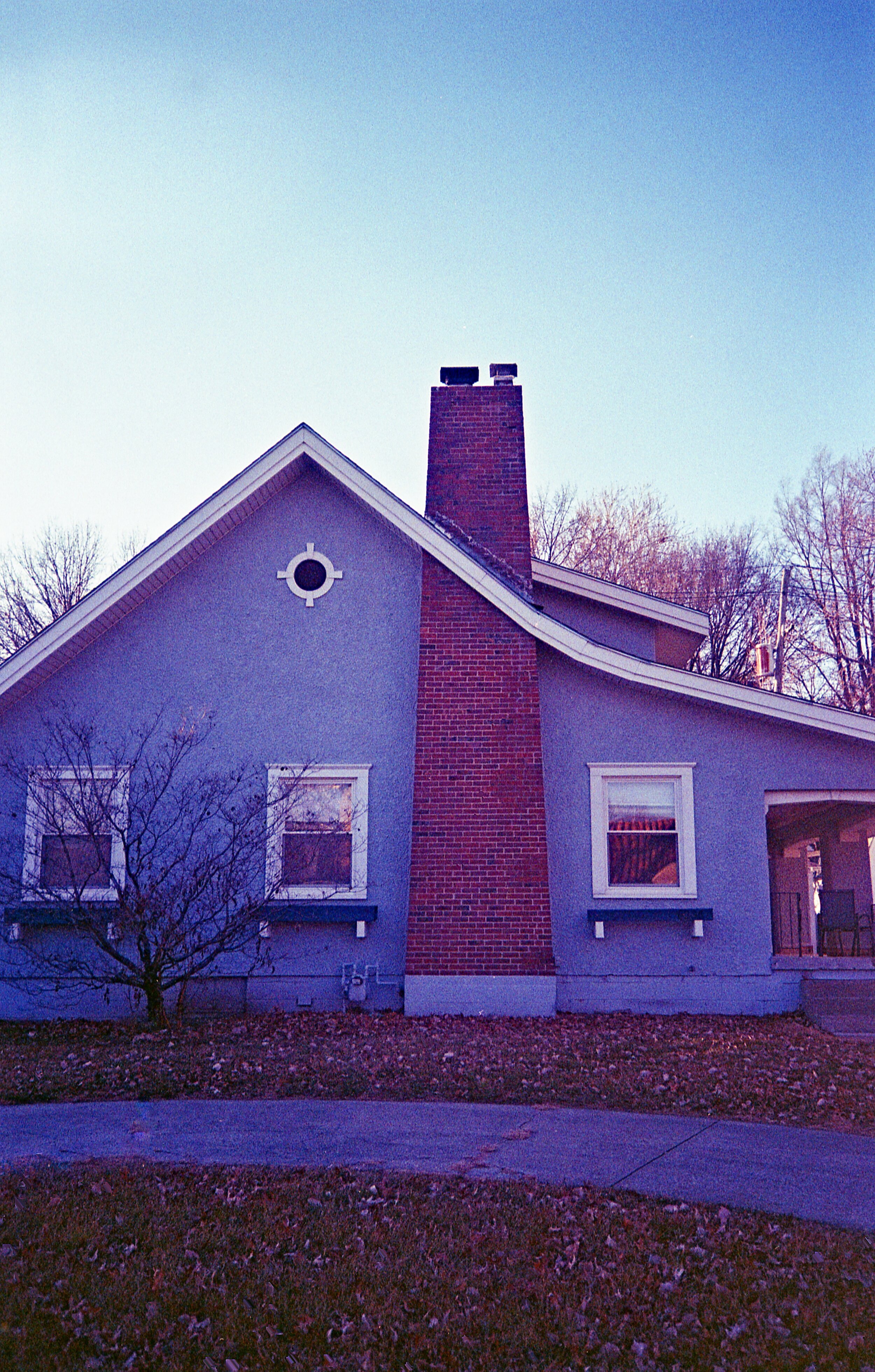
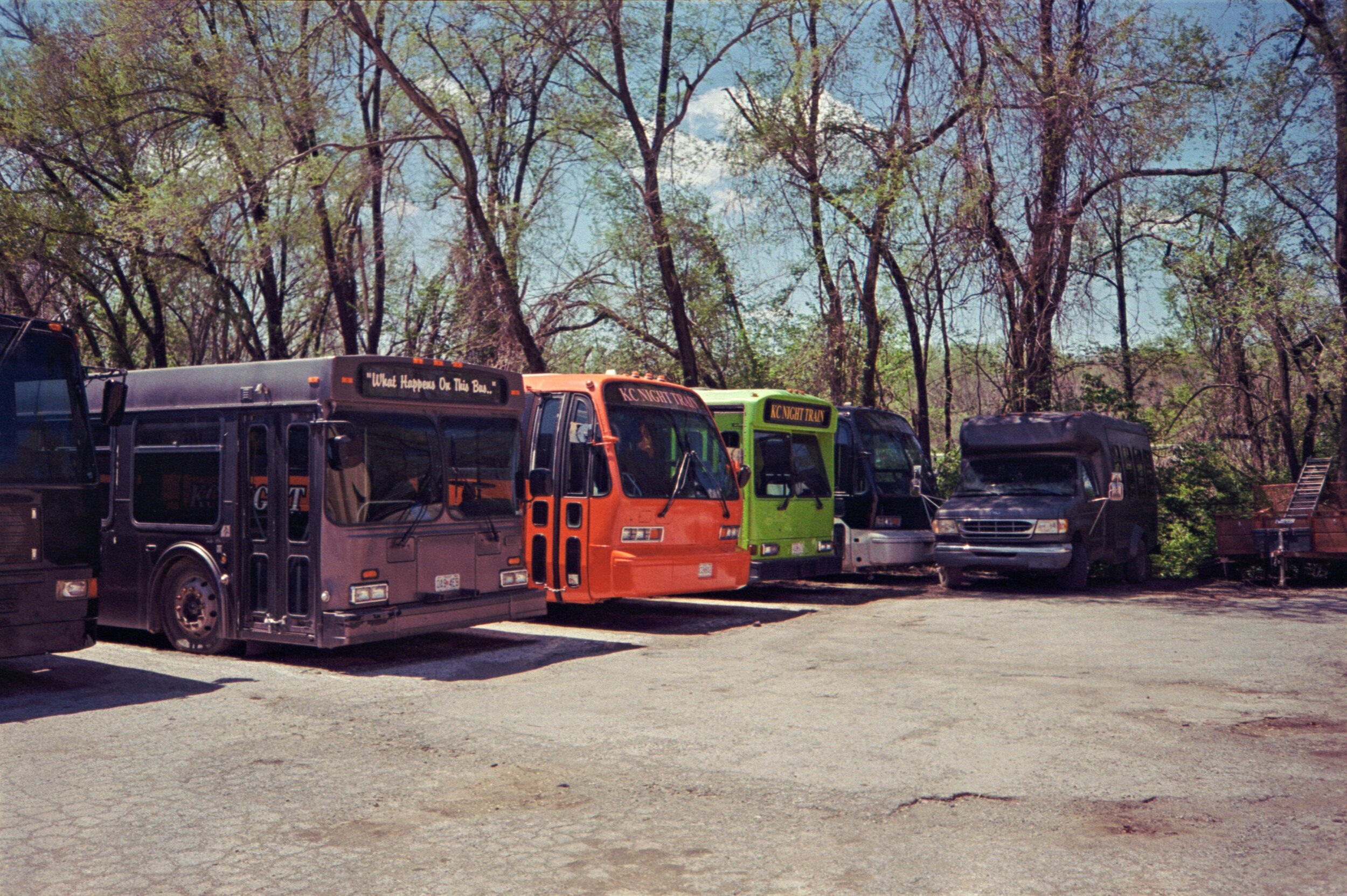
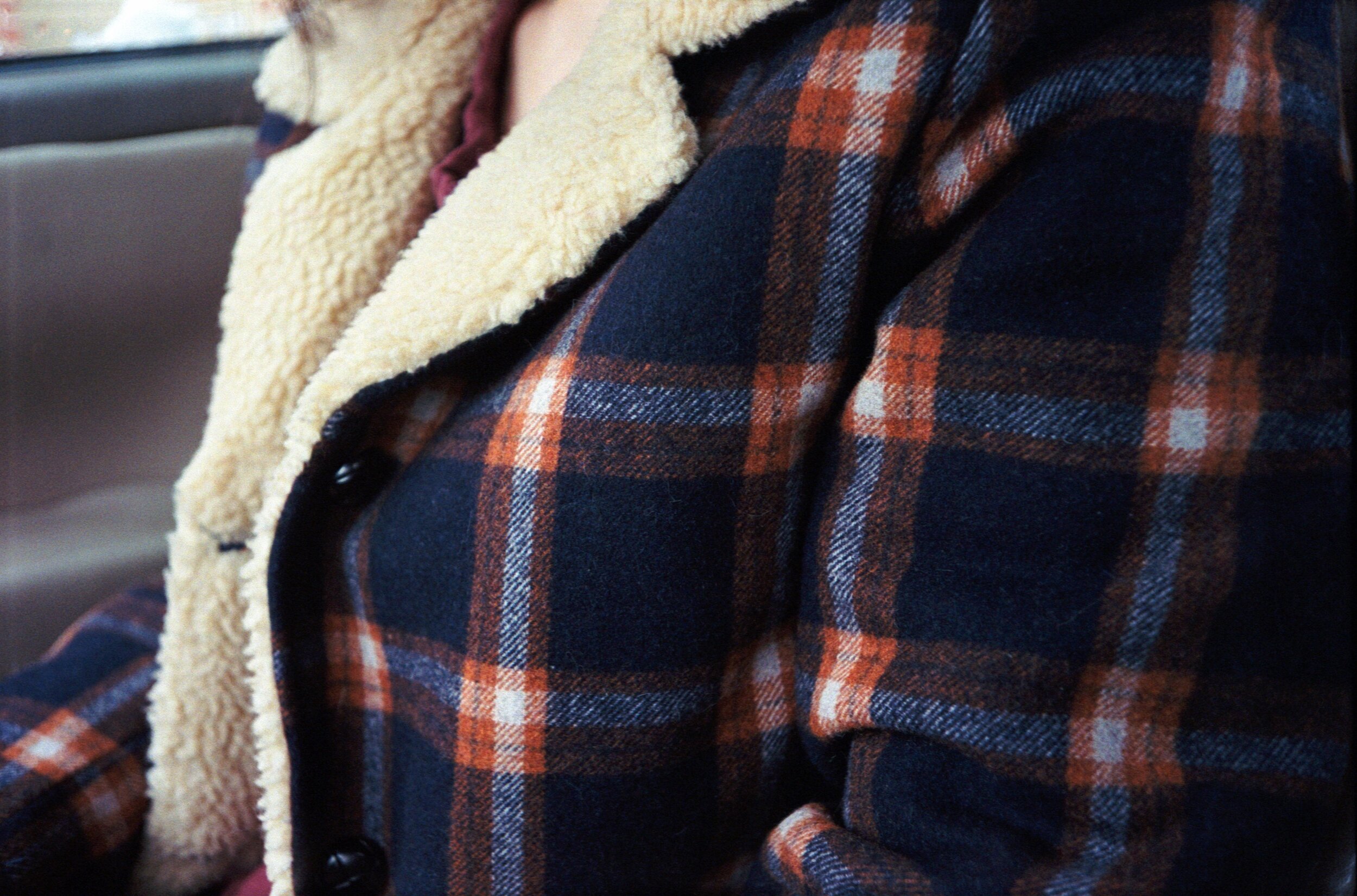

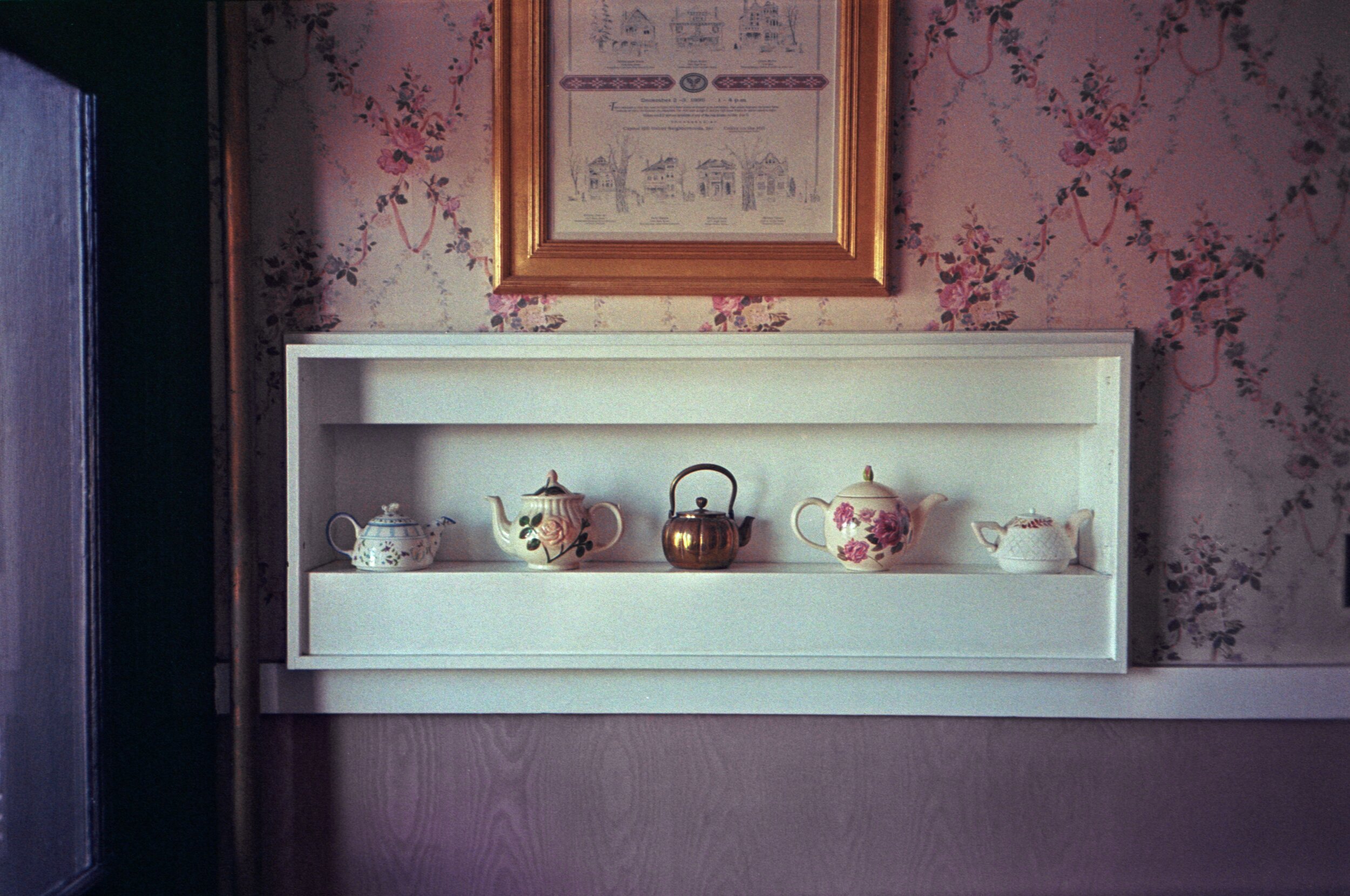
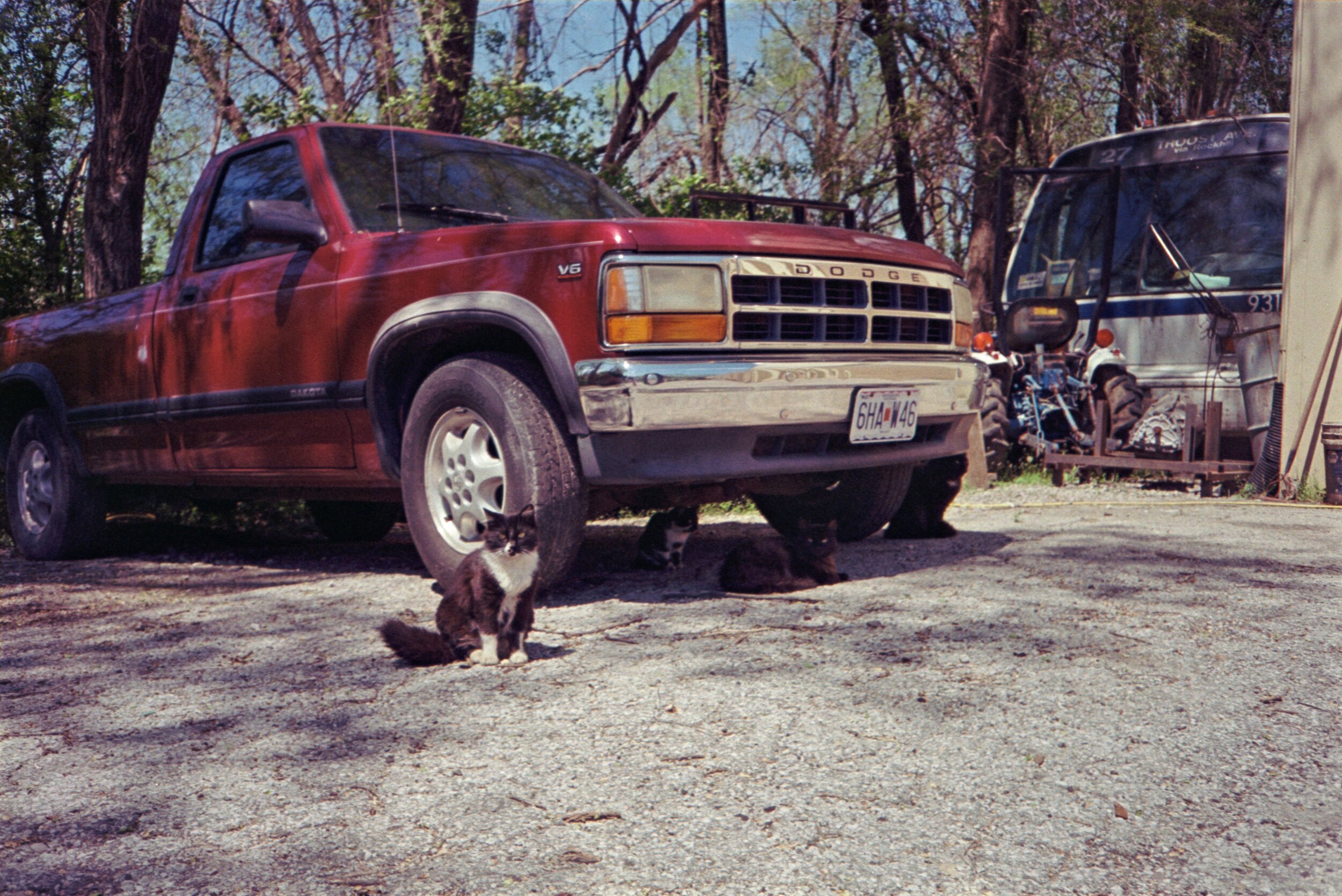

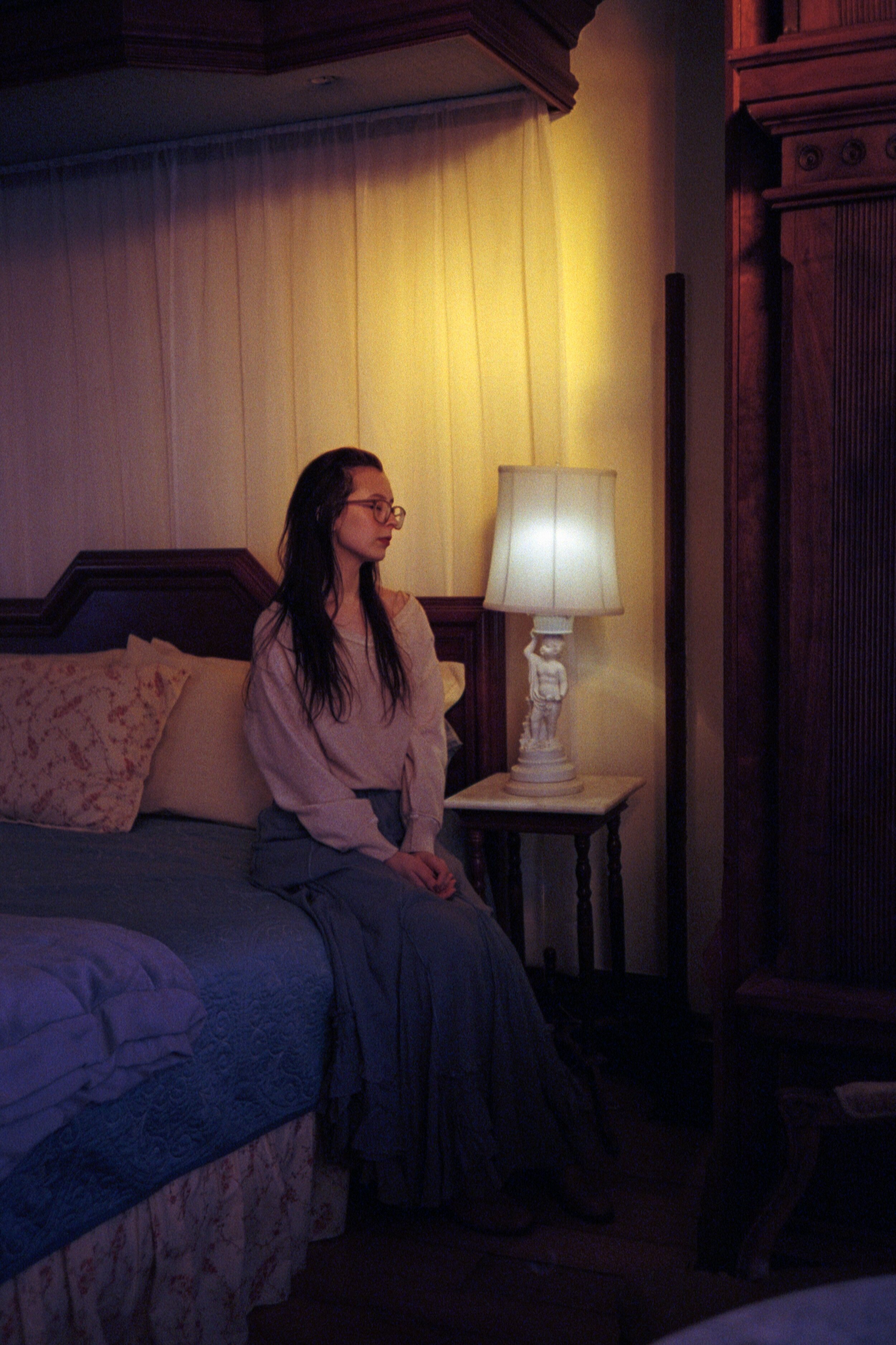
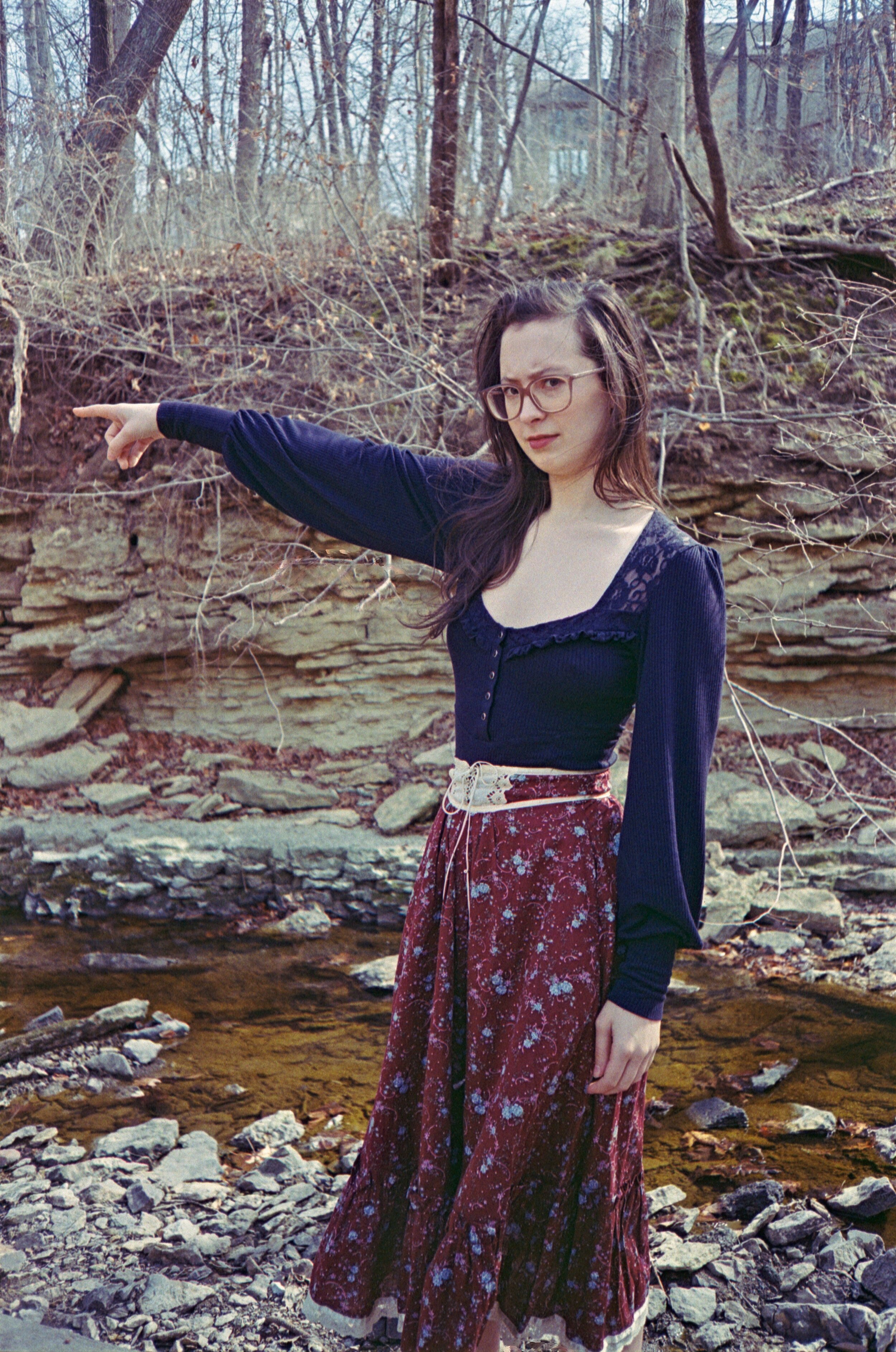
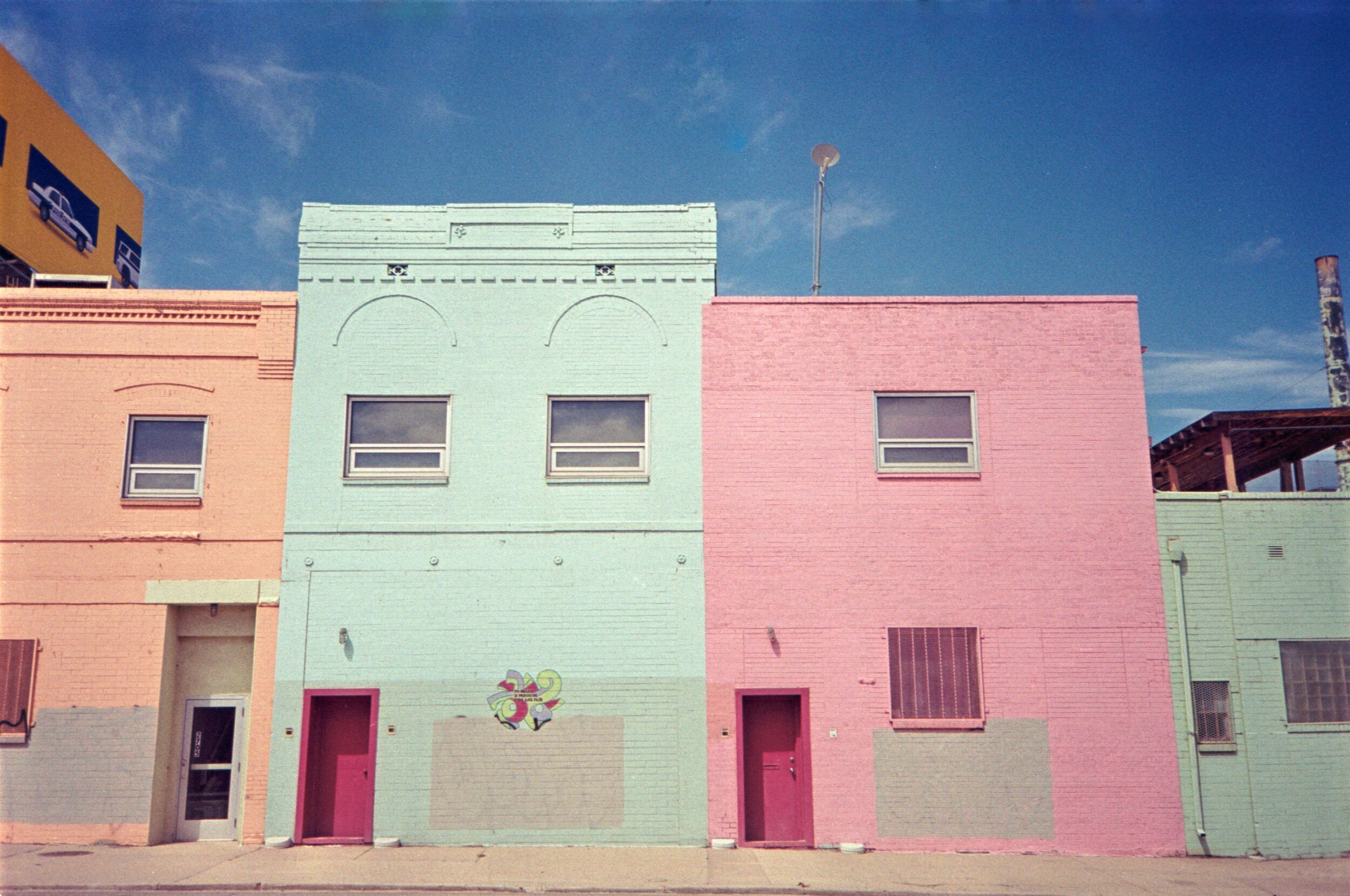
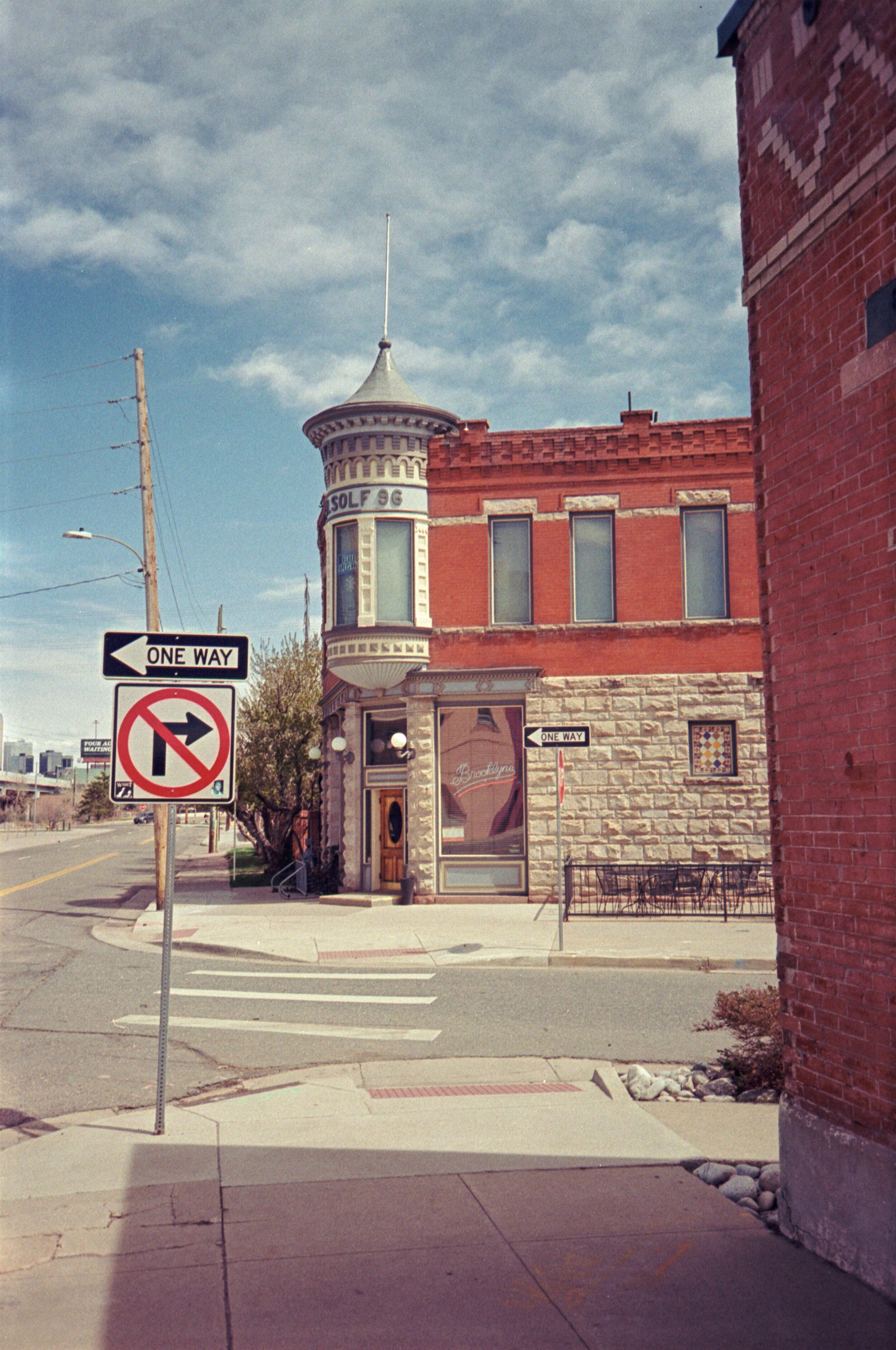

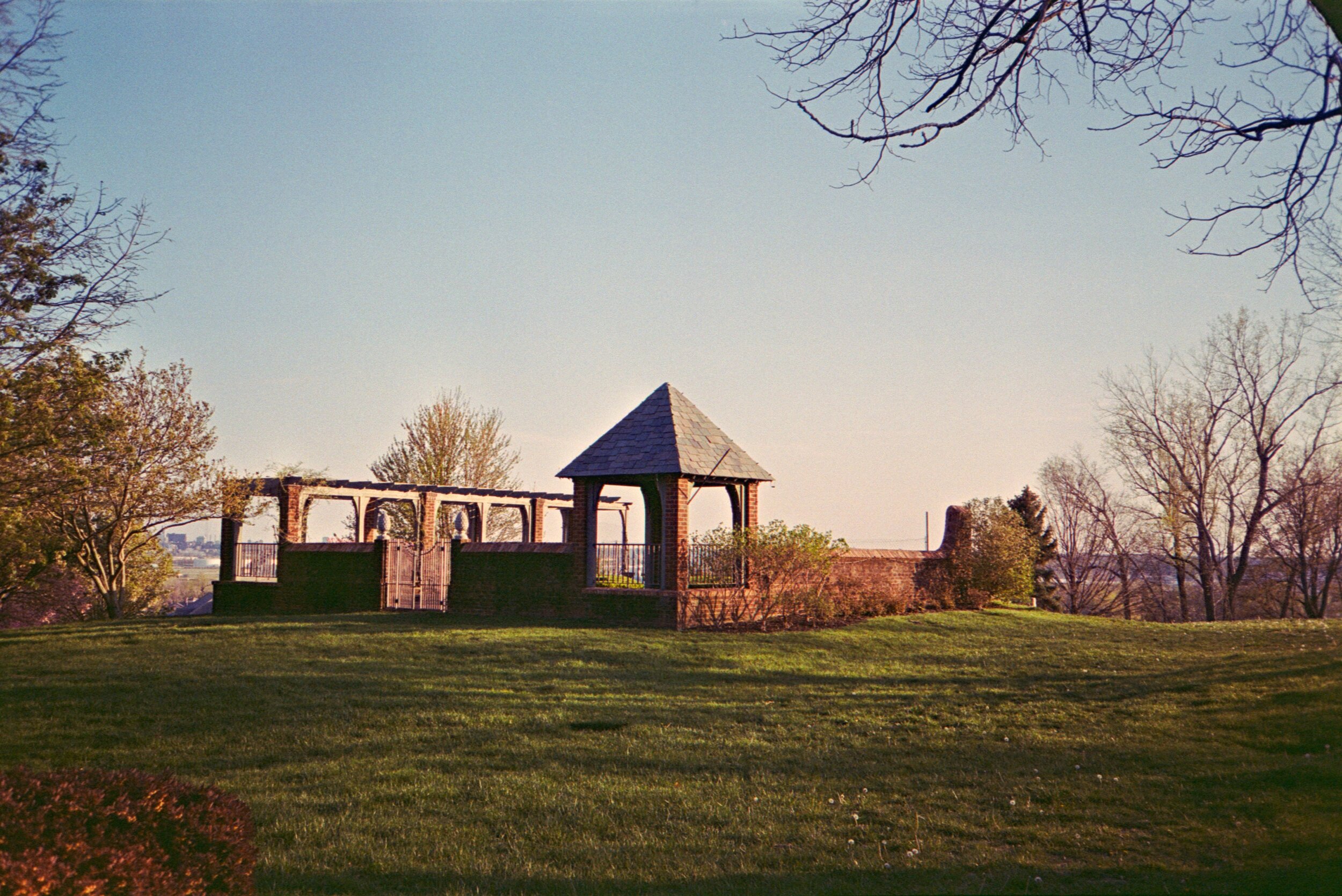
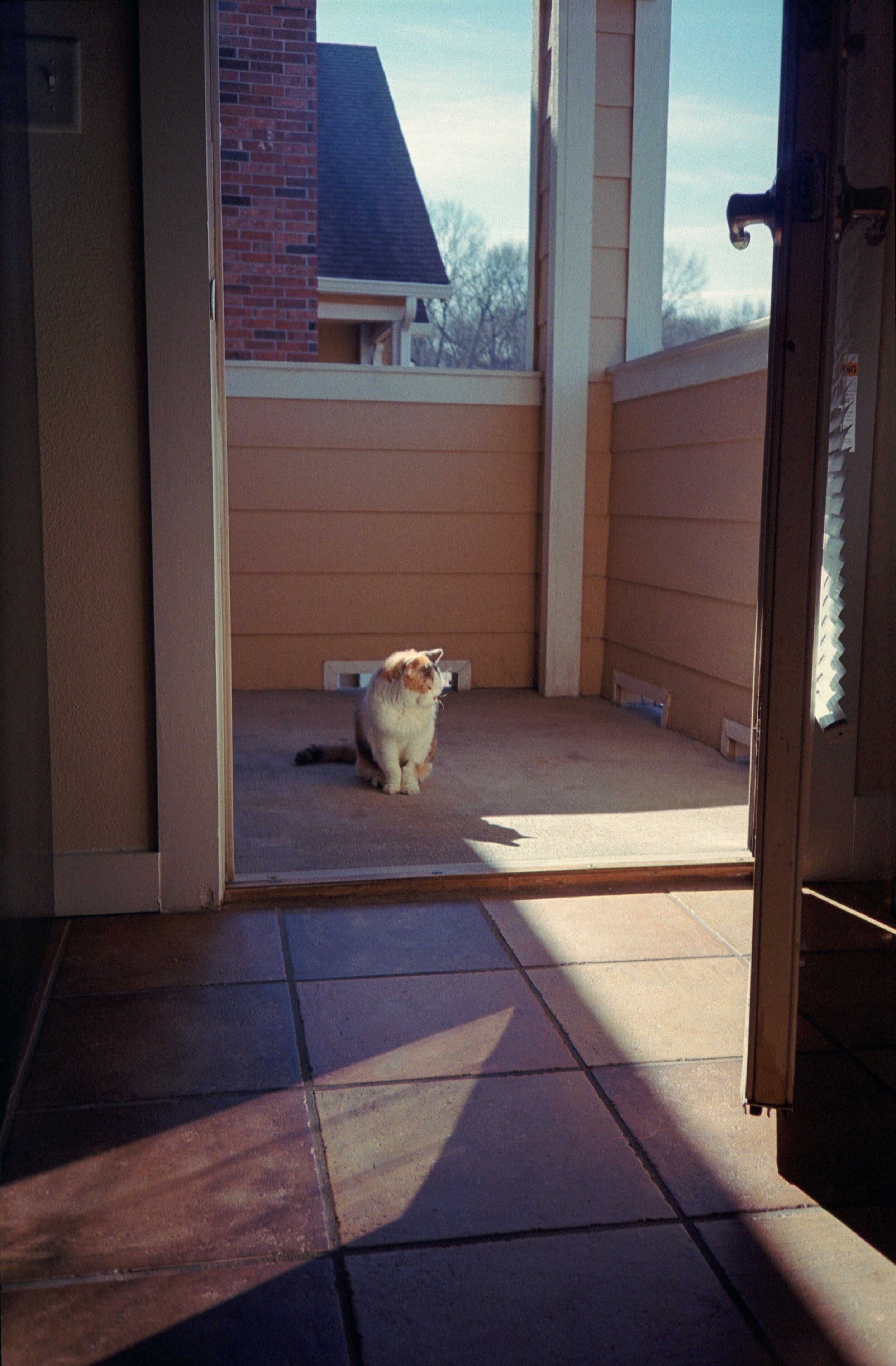
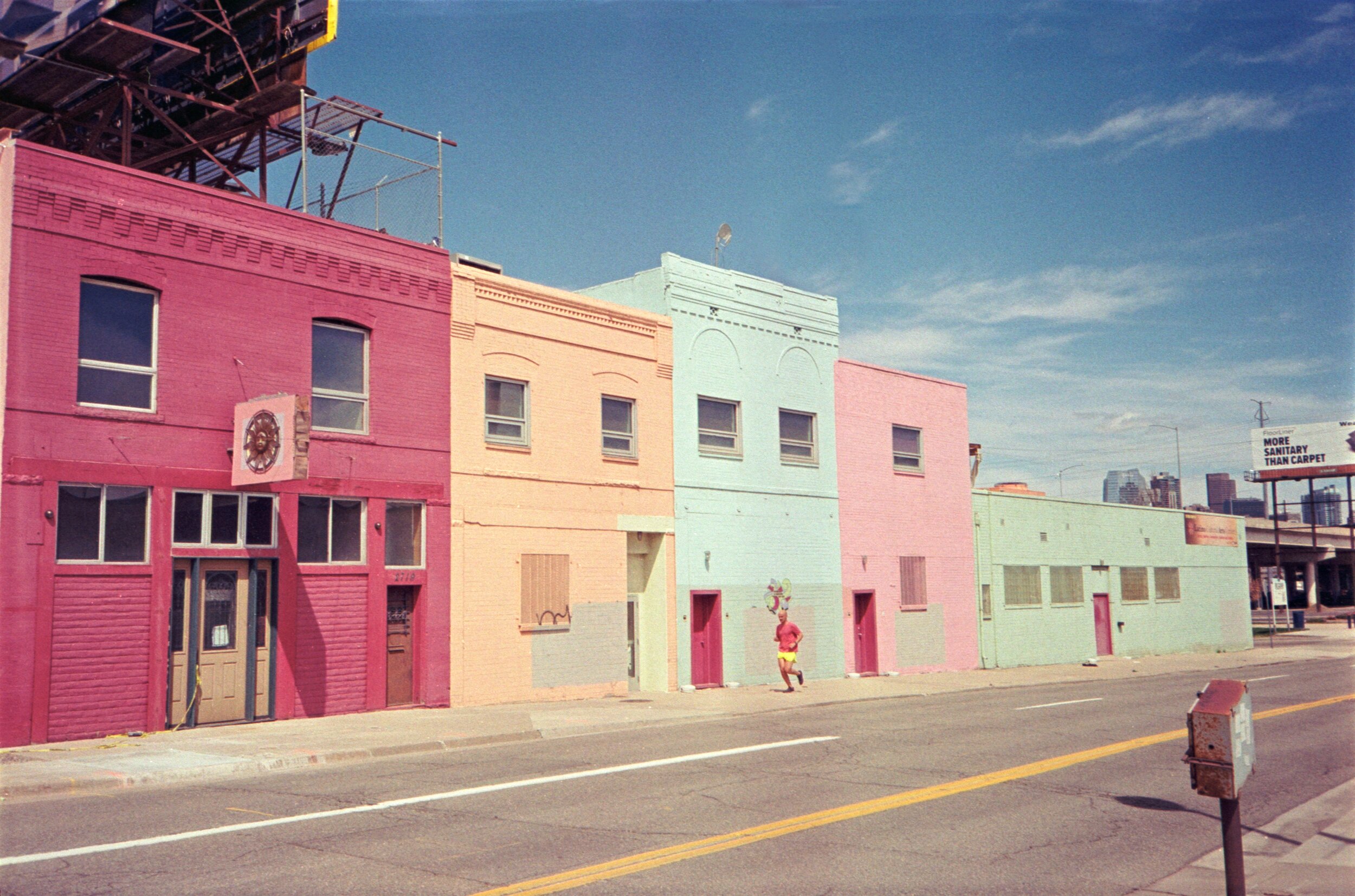
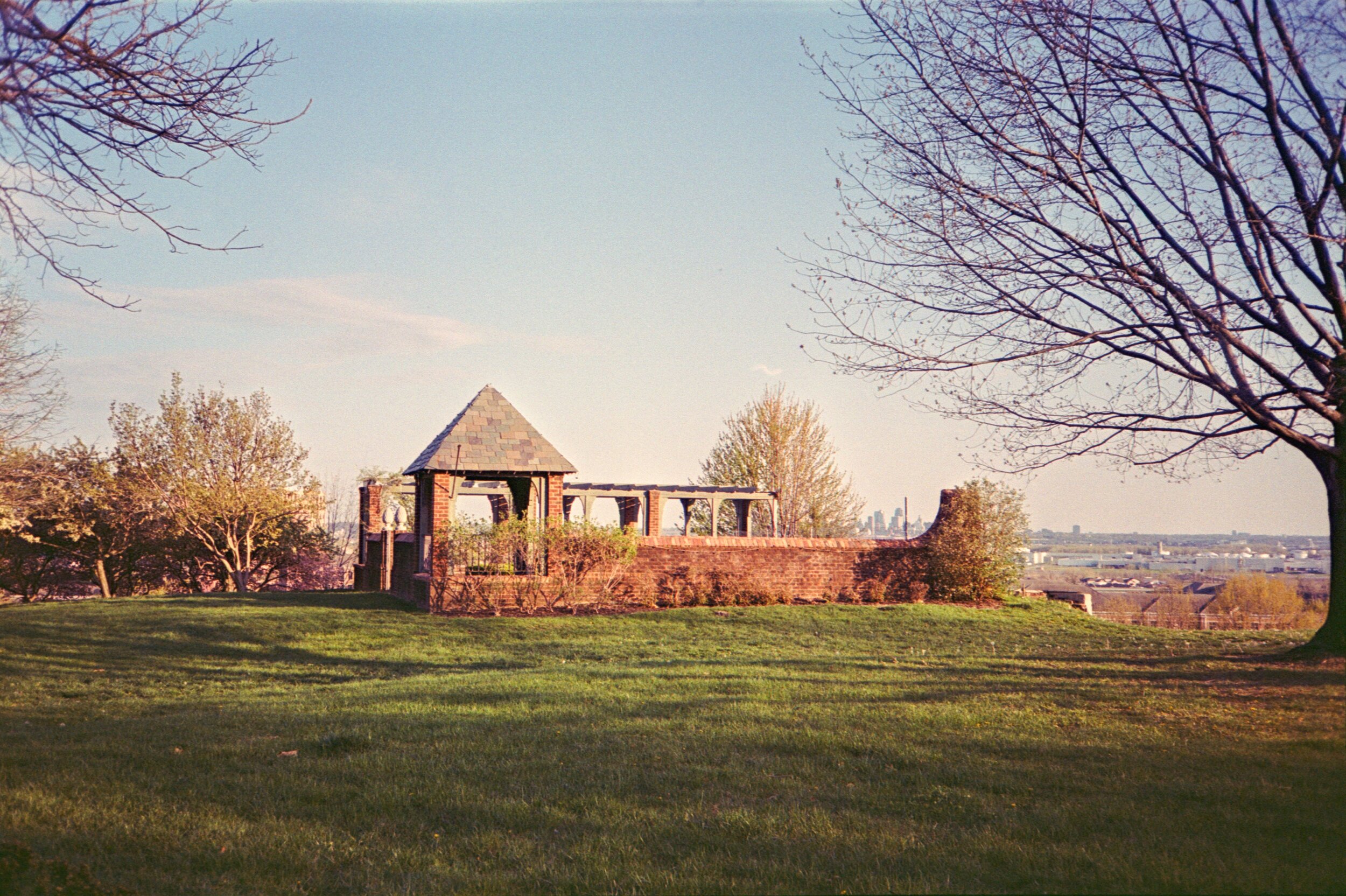
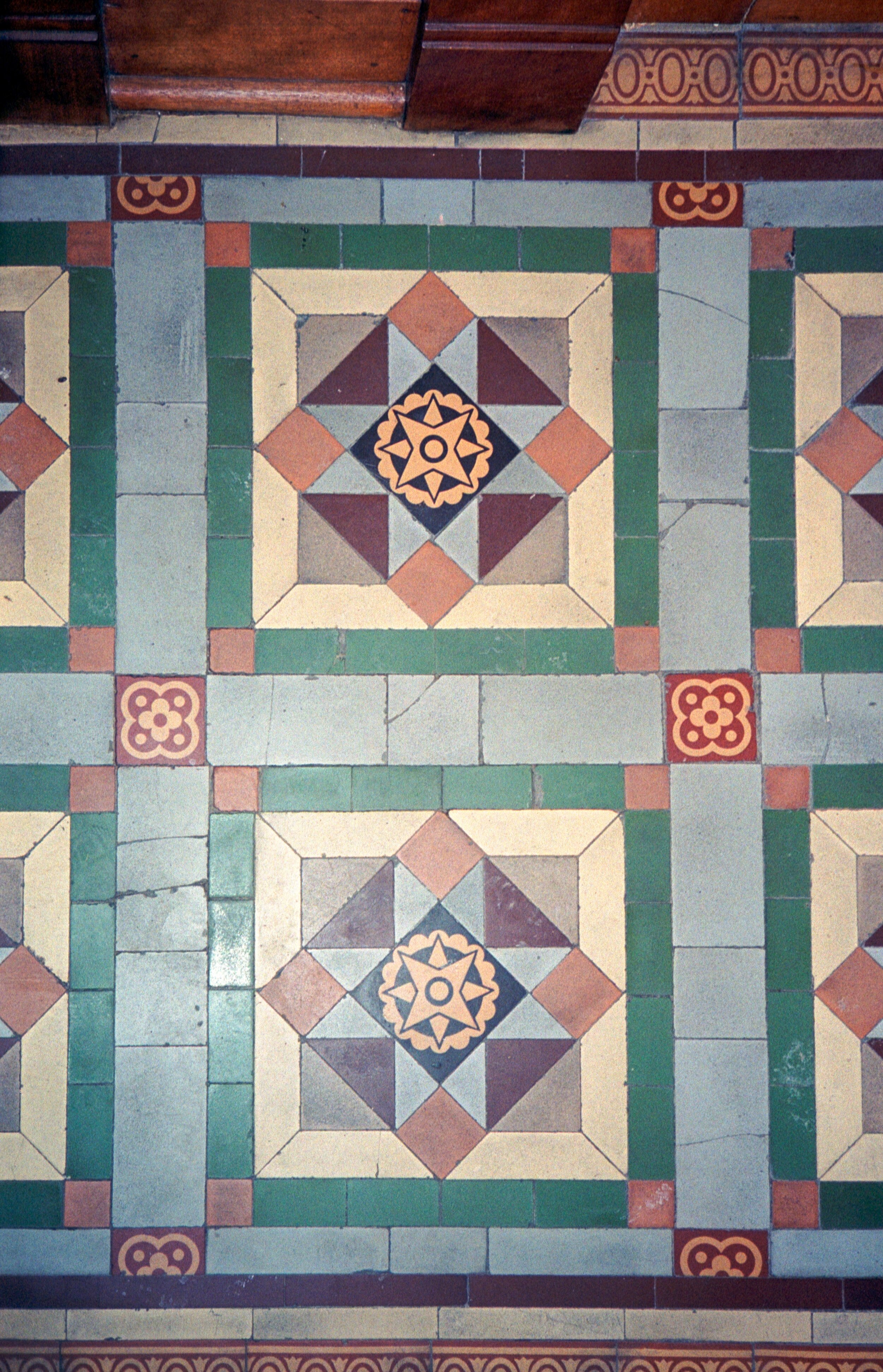

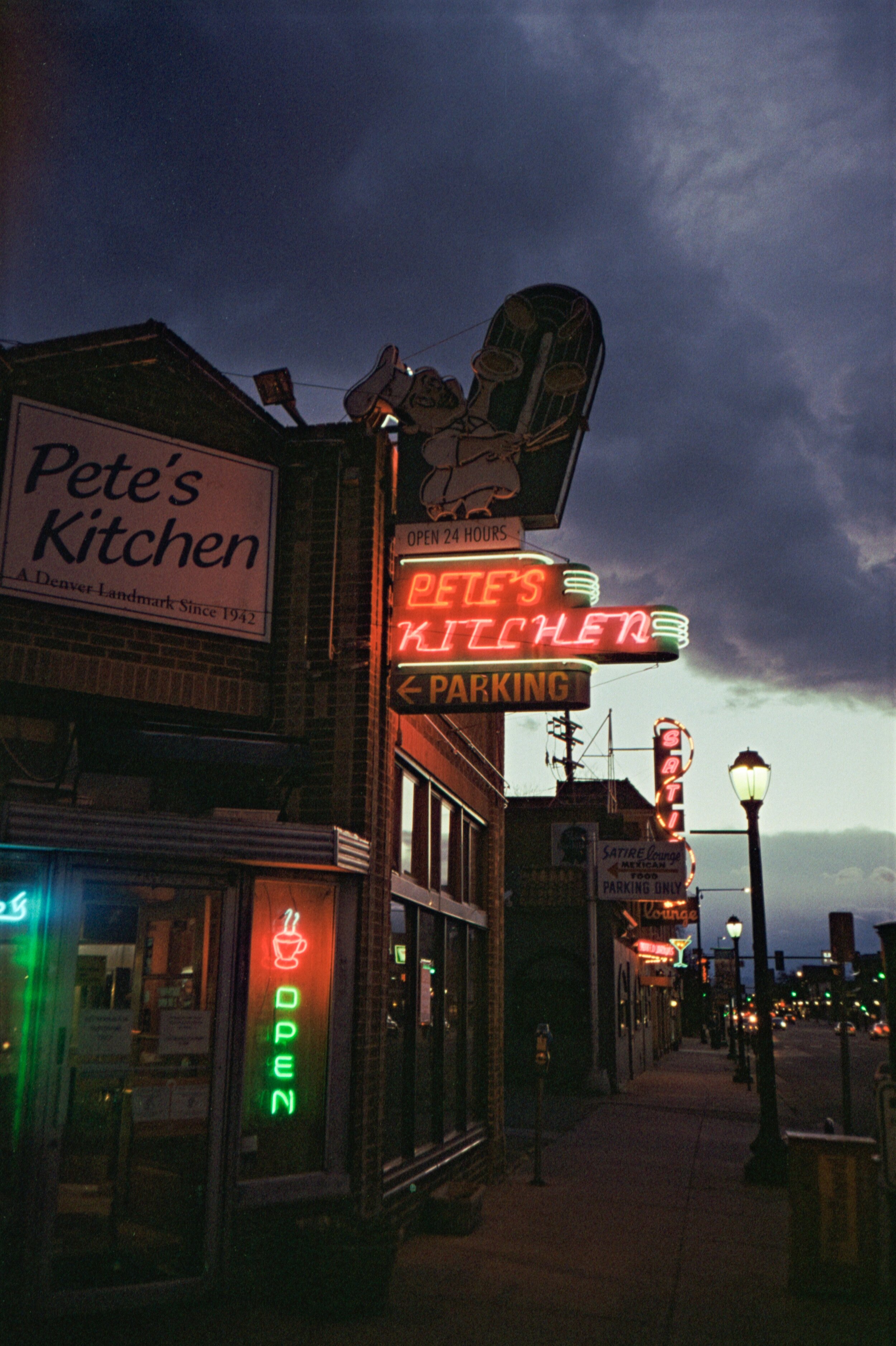

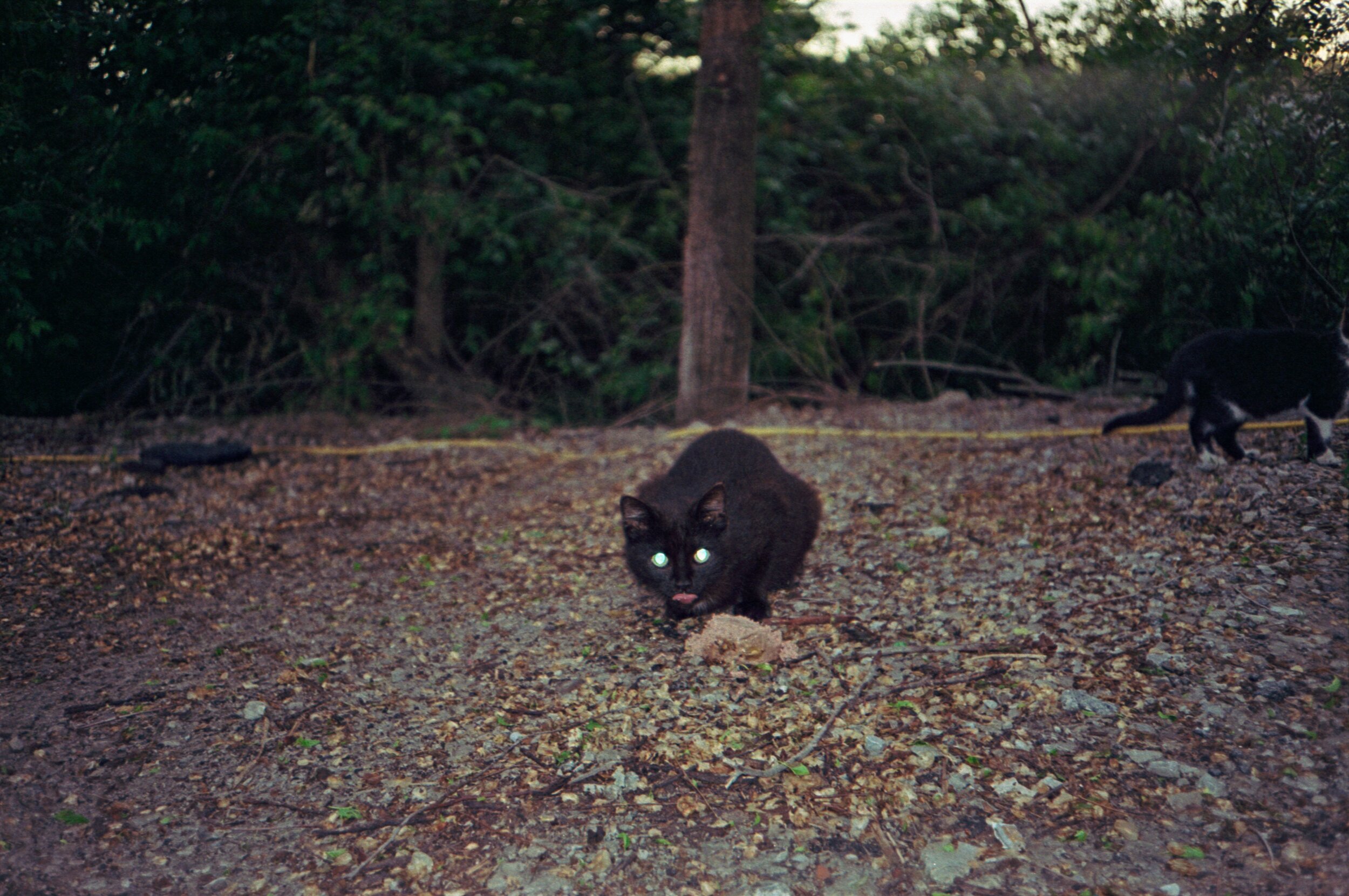

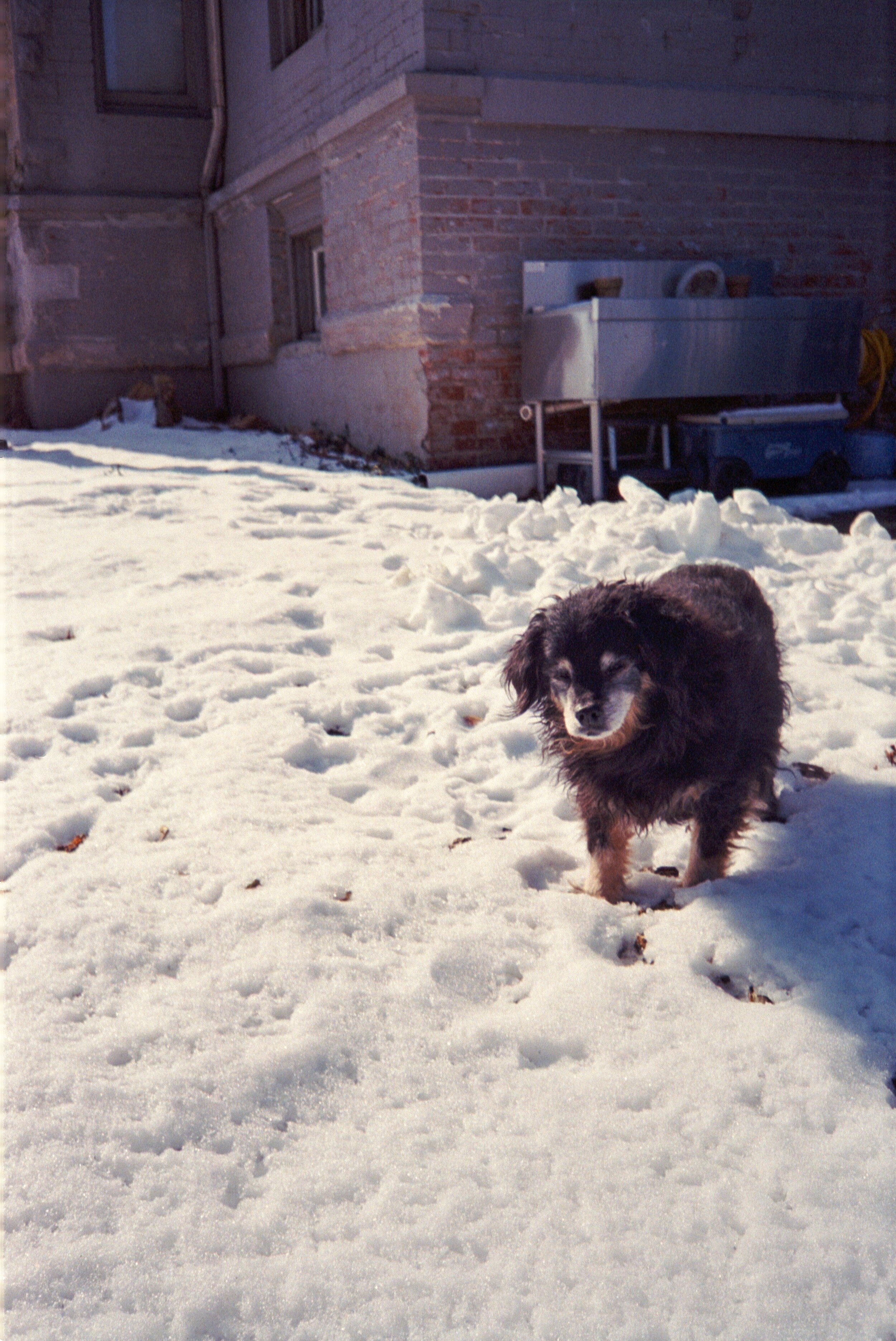

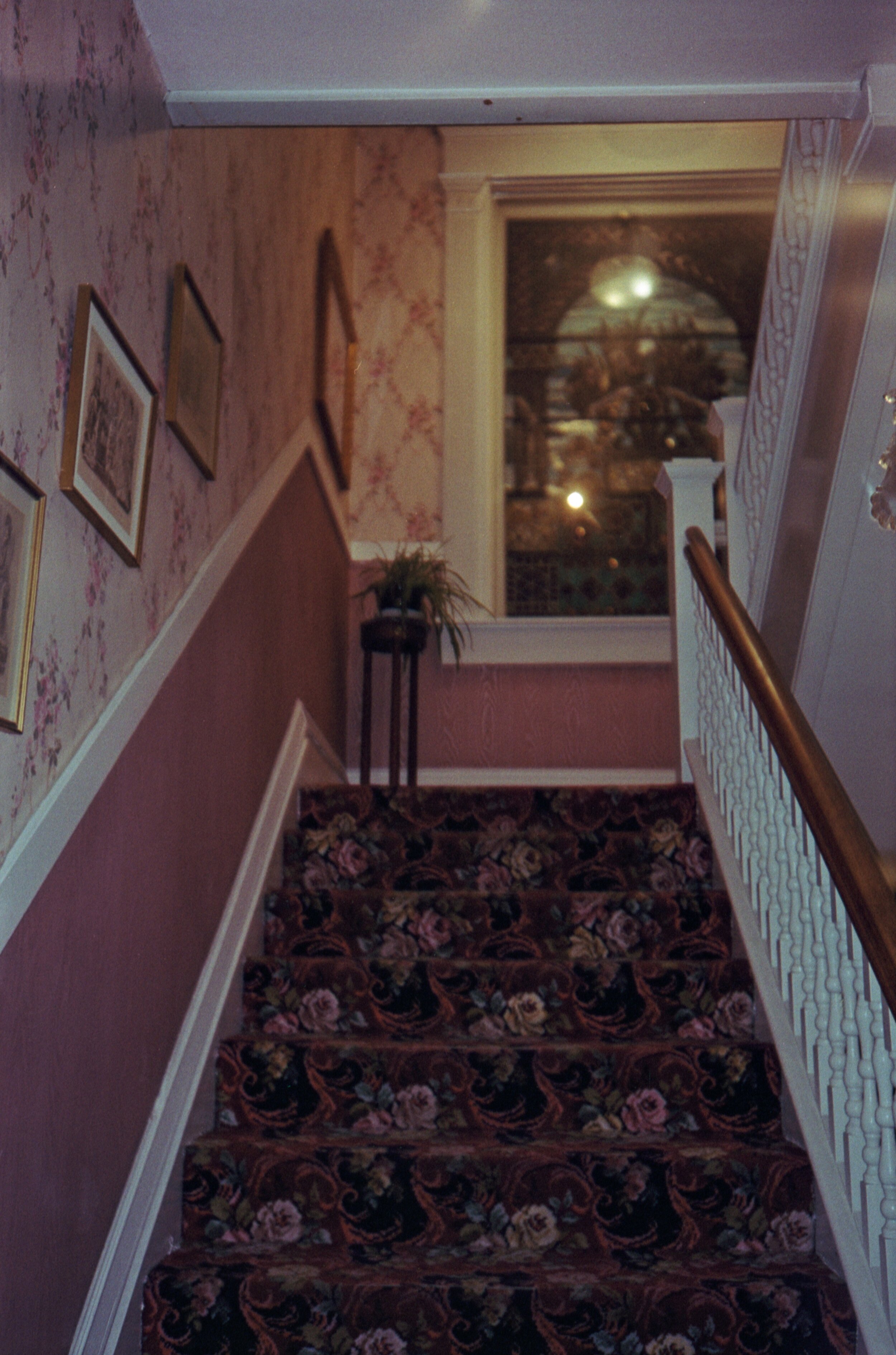
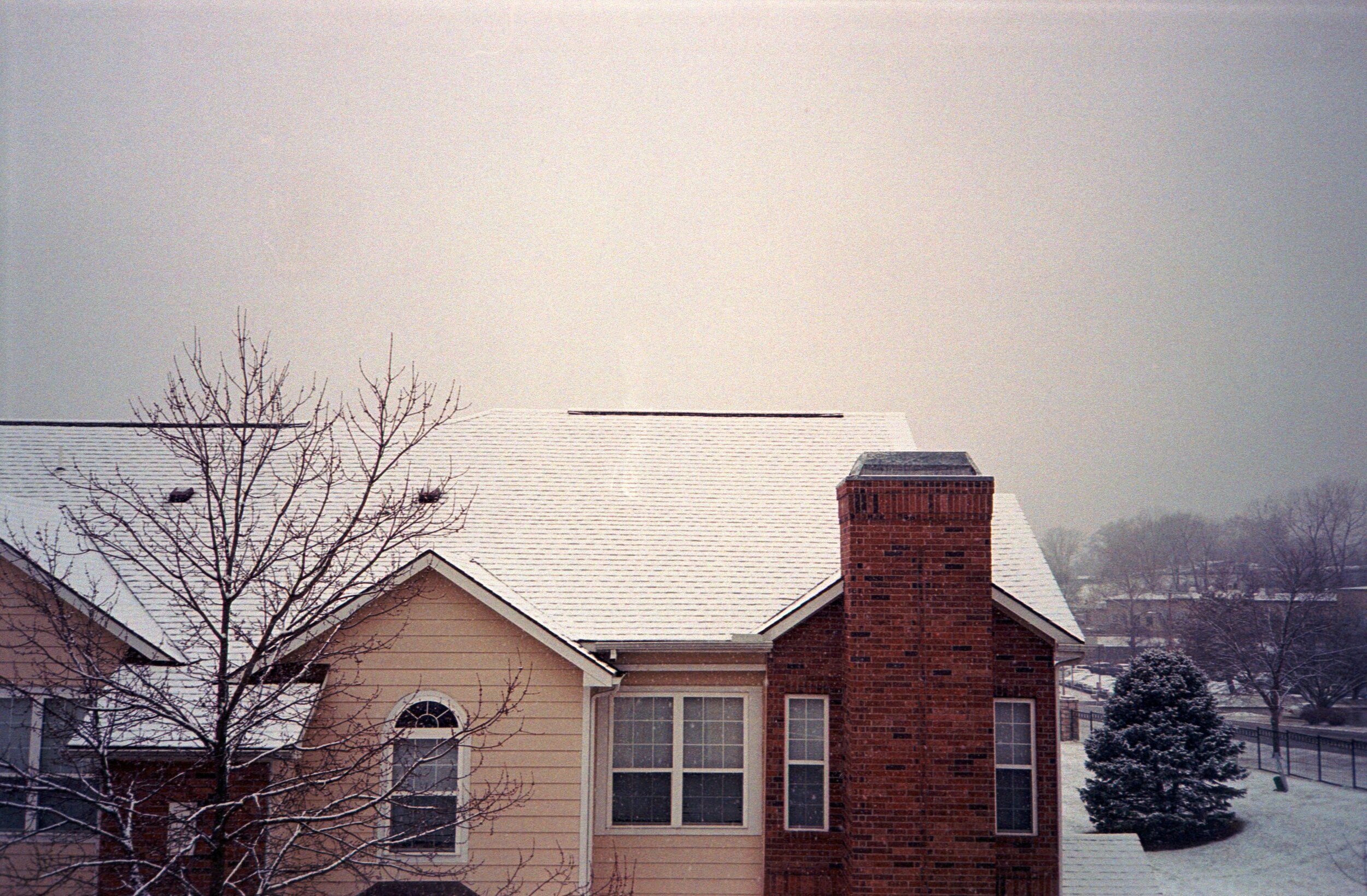
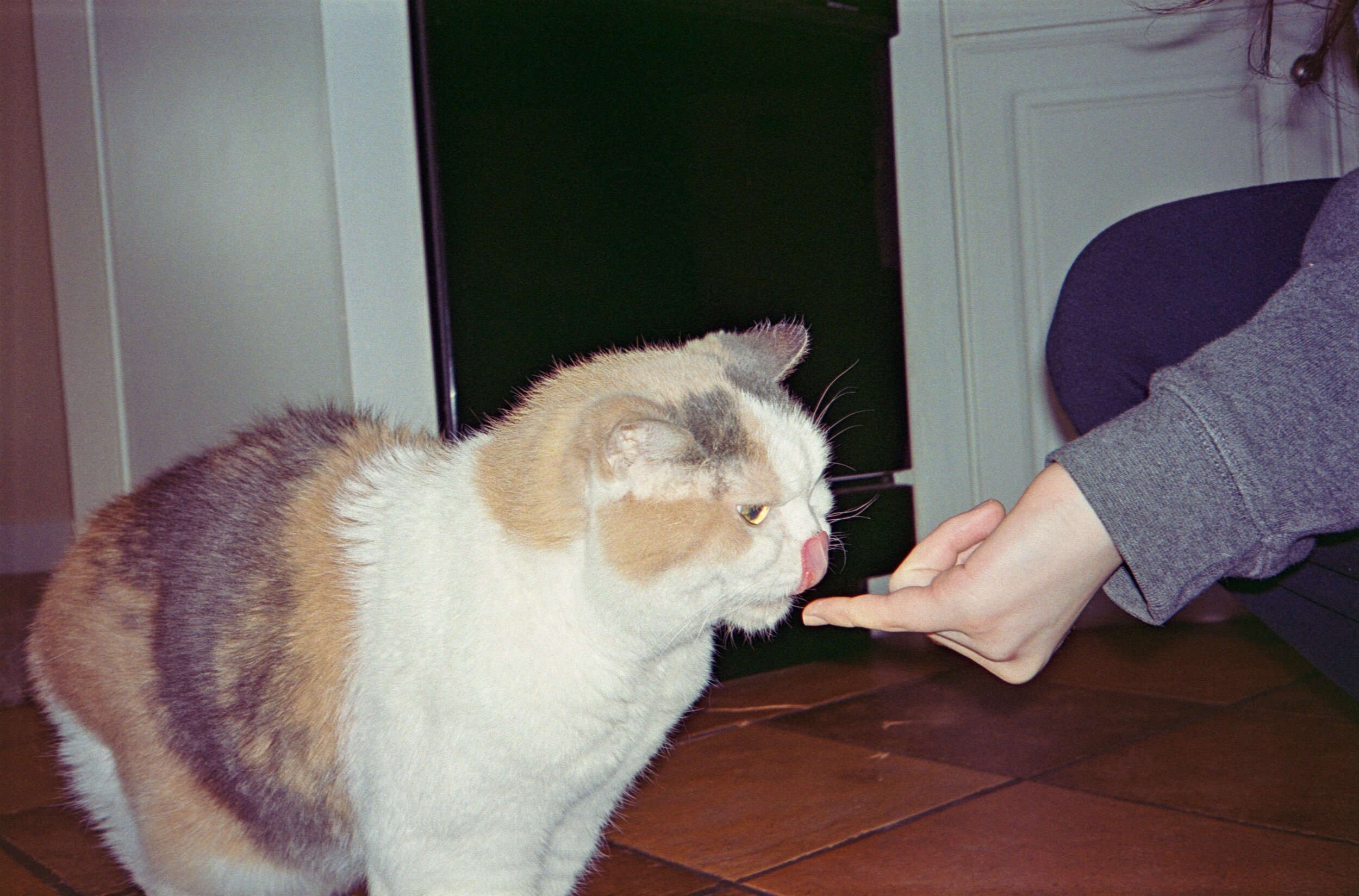


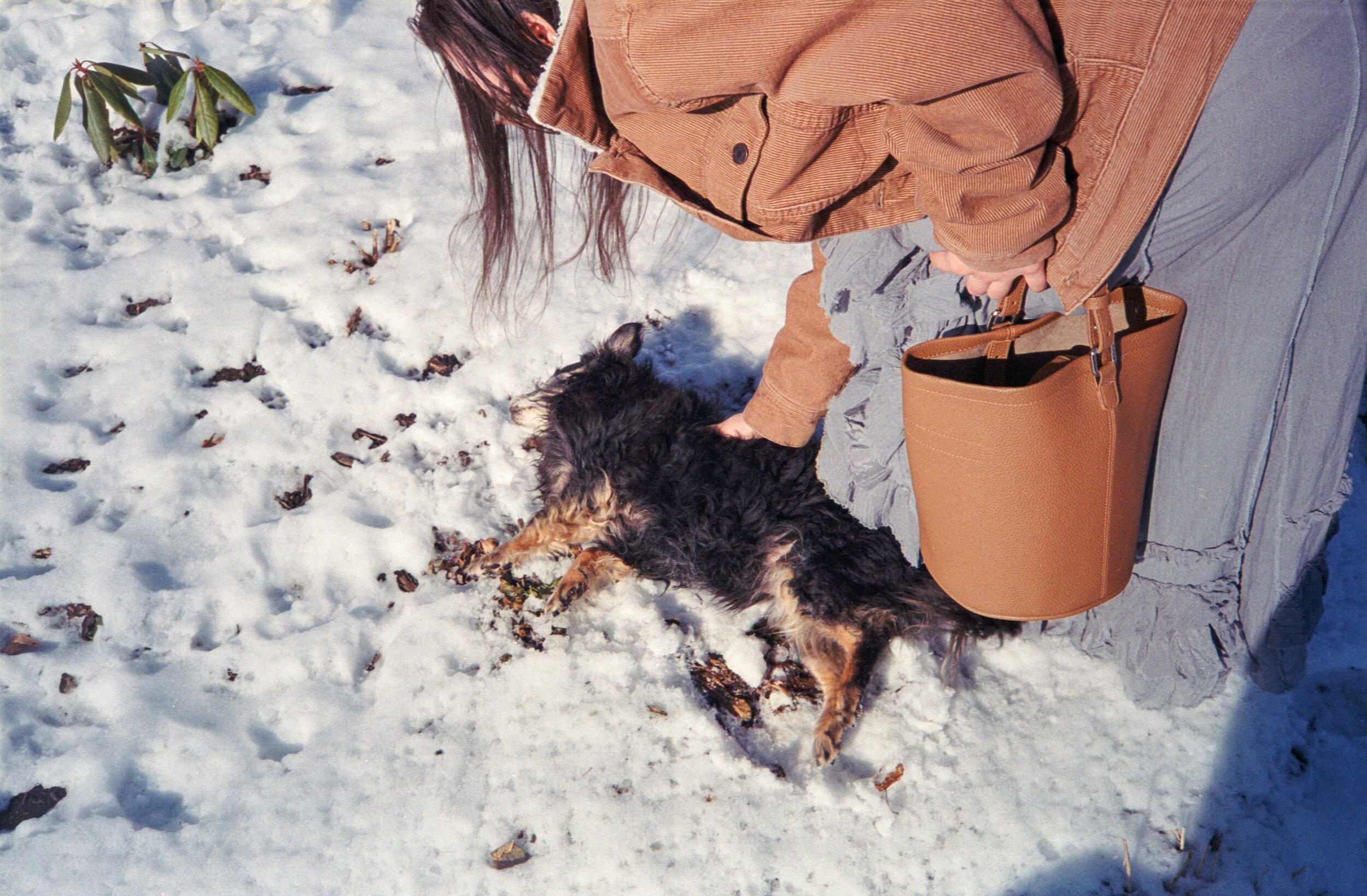

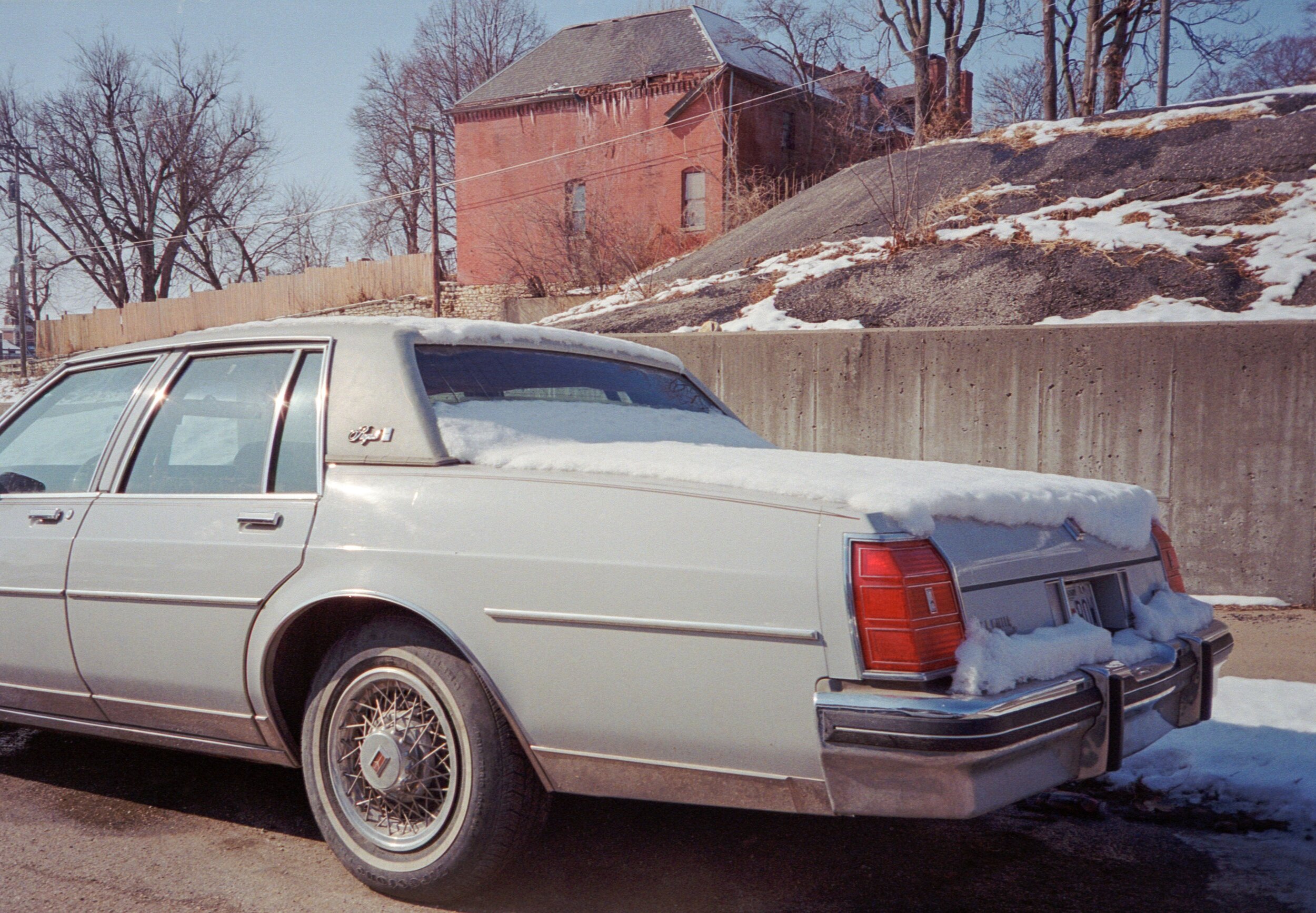
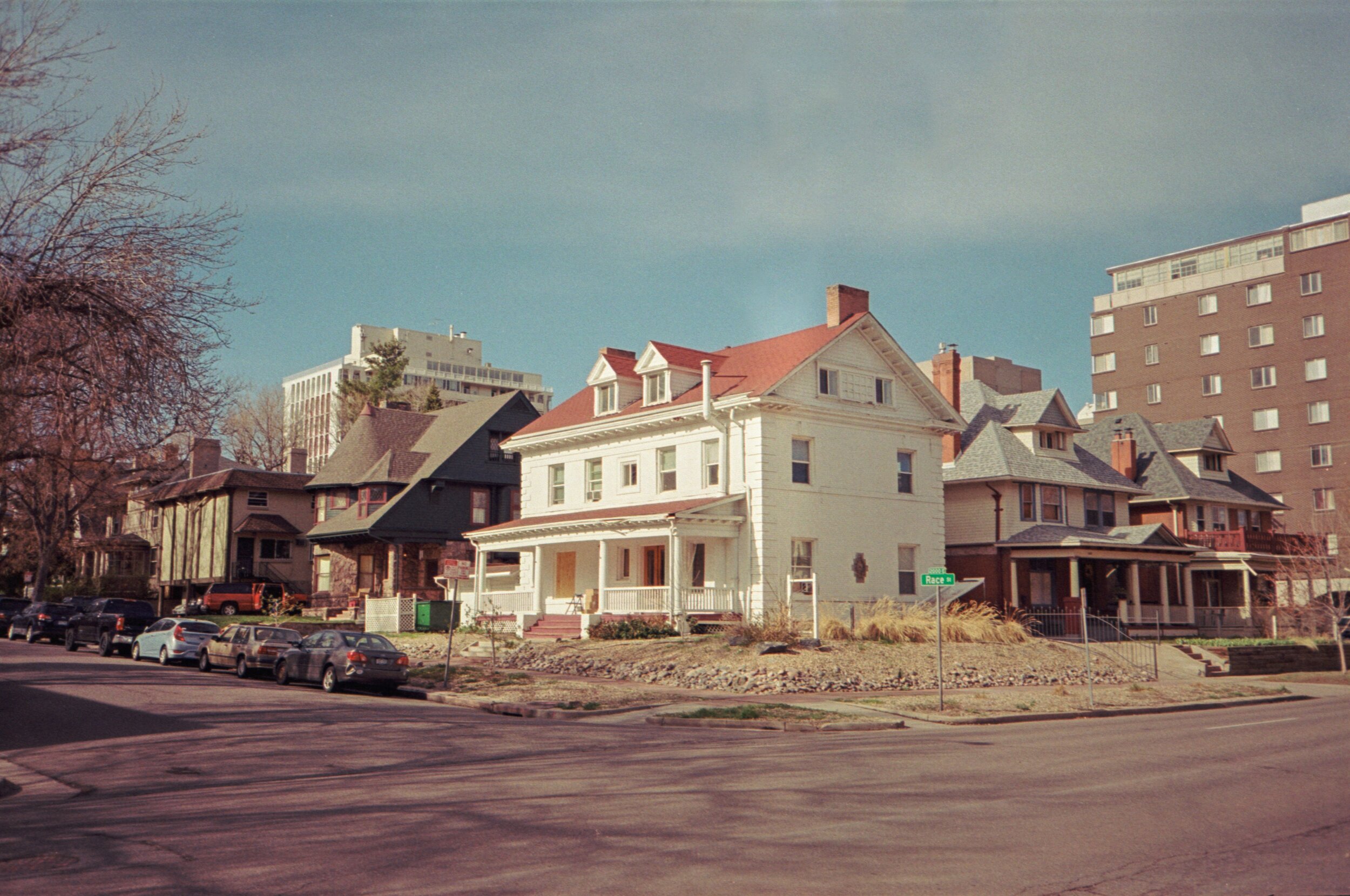

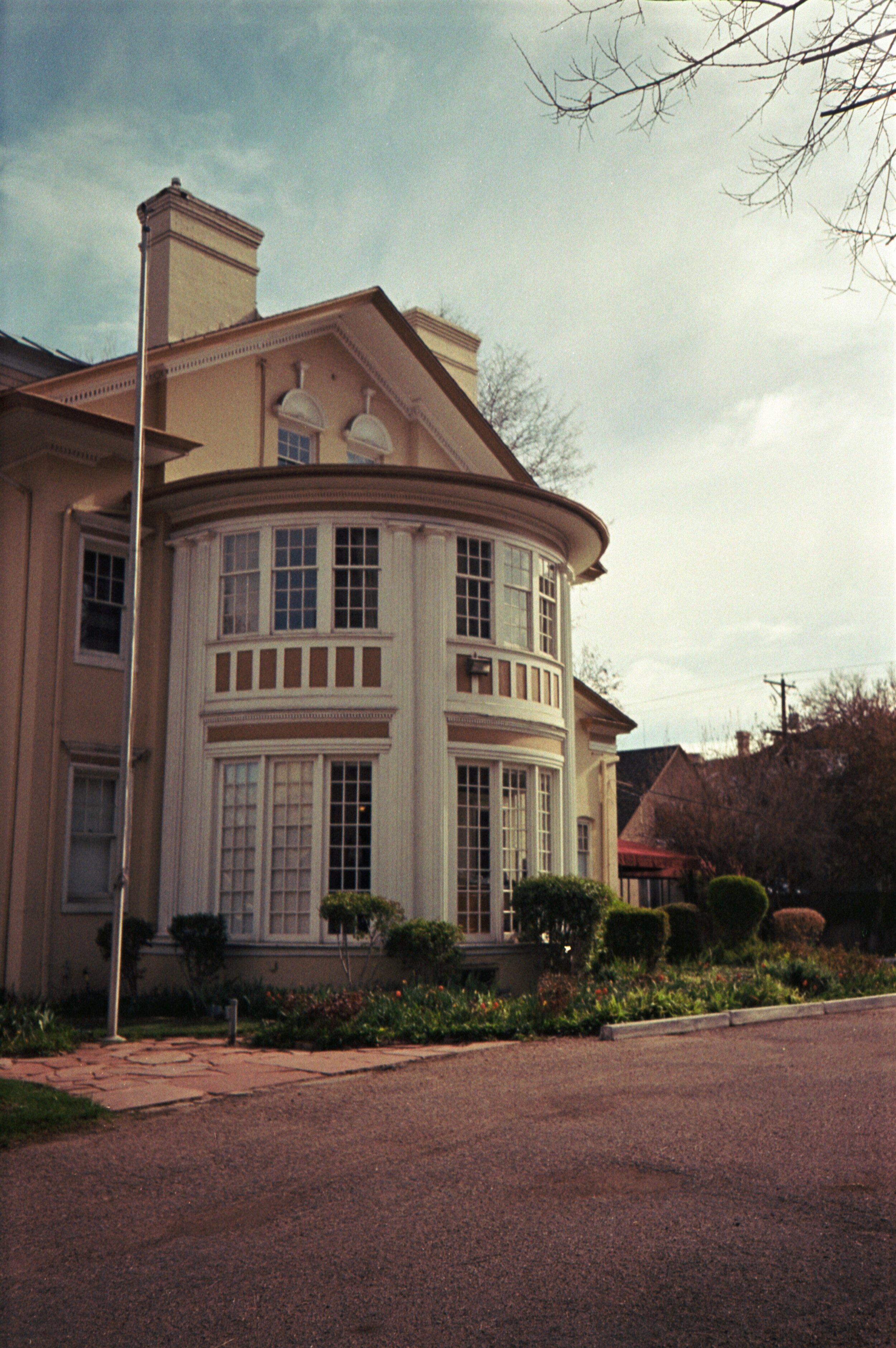
I recommend going with the fixed focal length point and shoots. They produce higher quality and sharper images with less vignetting, and the cameras themselves are durable and pocketable. Of these four, my favorite is the Infinity Stylus. It has replaced the RX100 series camera I used to use. It’s easy to pull out, snap and put away. I like to bring one of these Olympus Stylus cameras when we go on trips. It’s easy to use in the moment, no need to worry about exposure or focusing.
I have a hunch these cameras are going to continue to go up in price over the next couple of years, though I doubt they will hit Contax point and shoot prices. It might be a good idea to pick up one or two of these now, before they become expensive.
